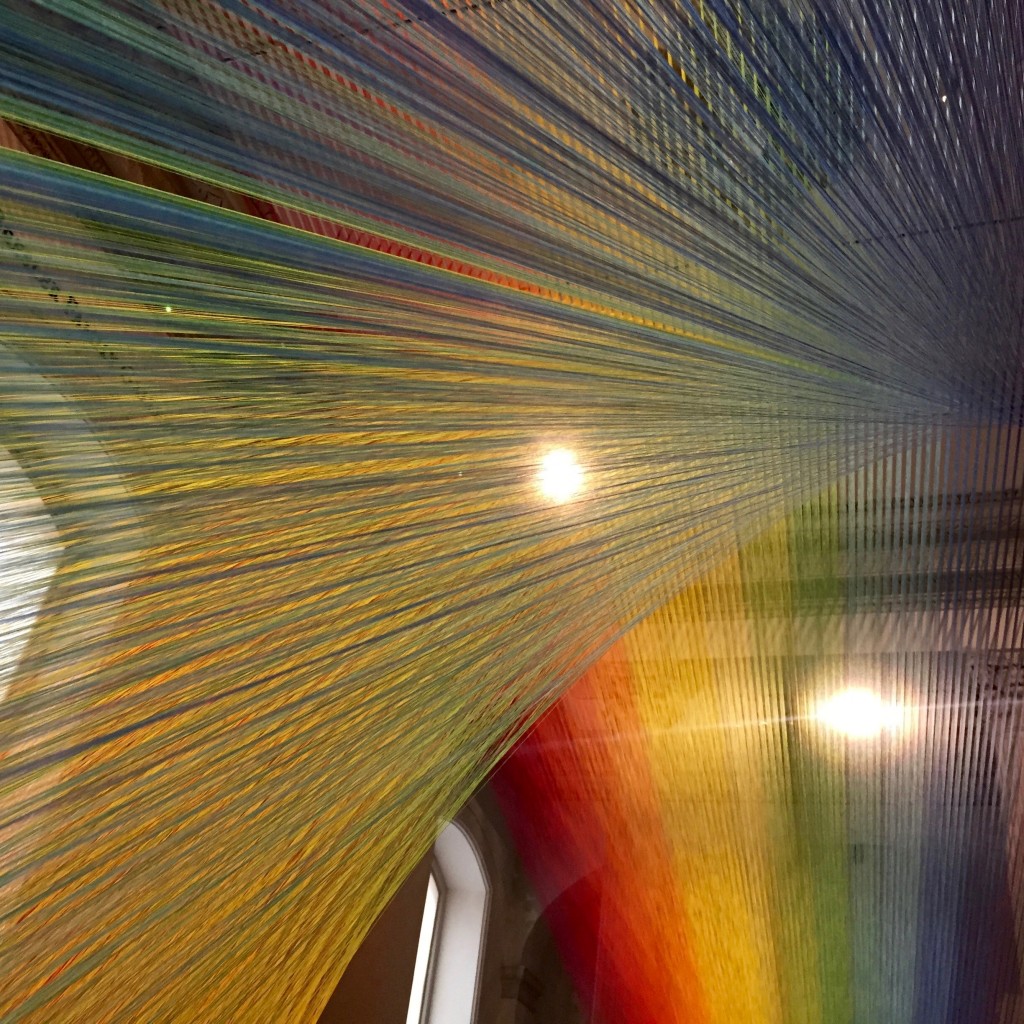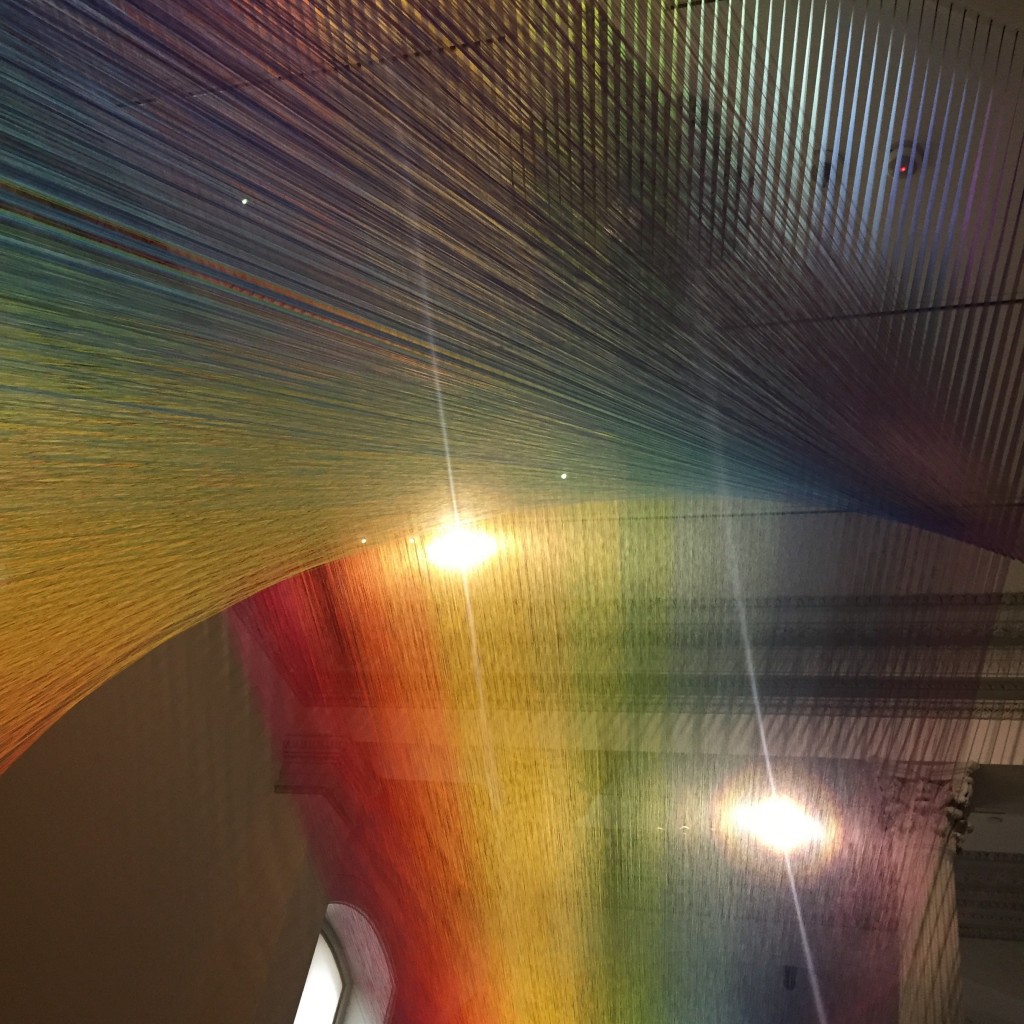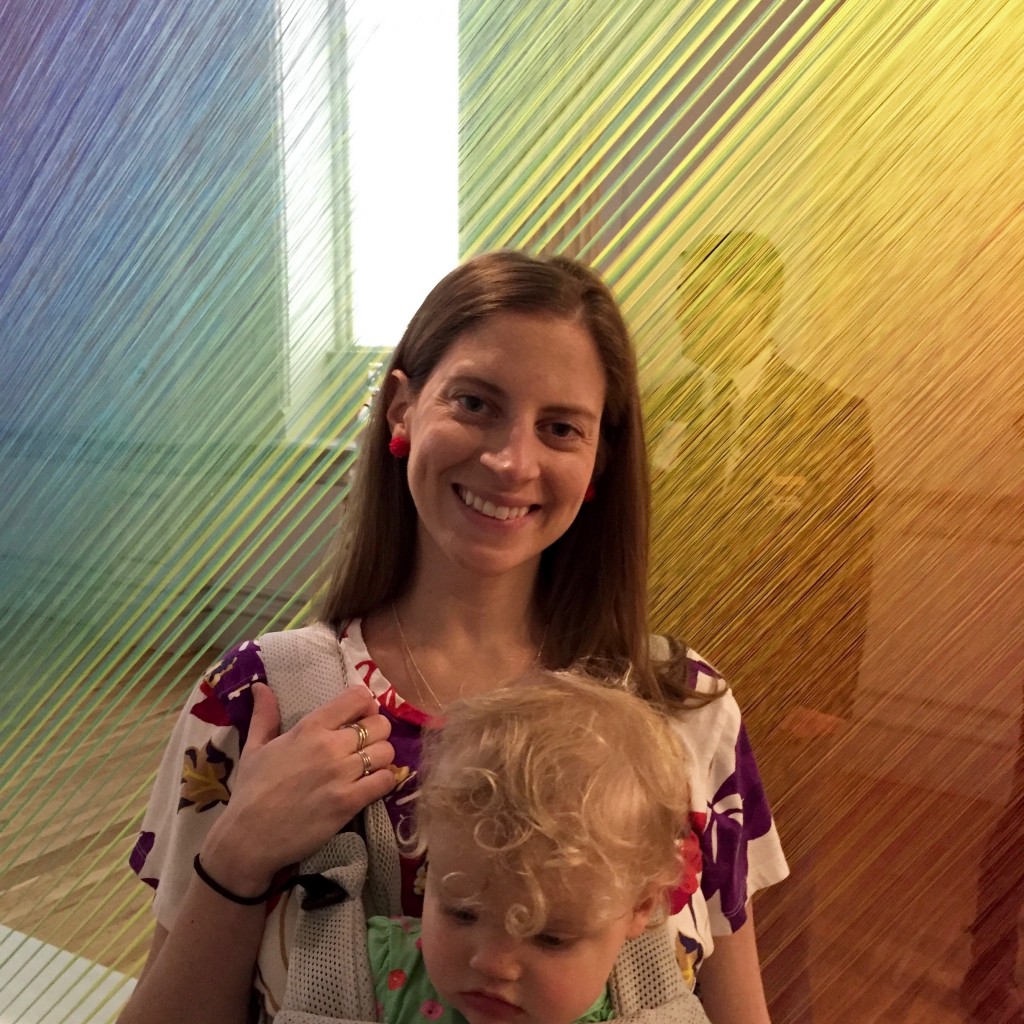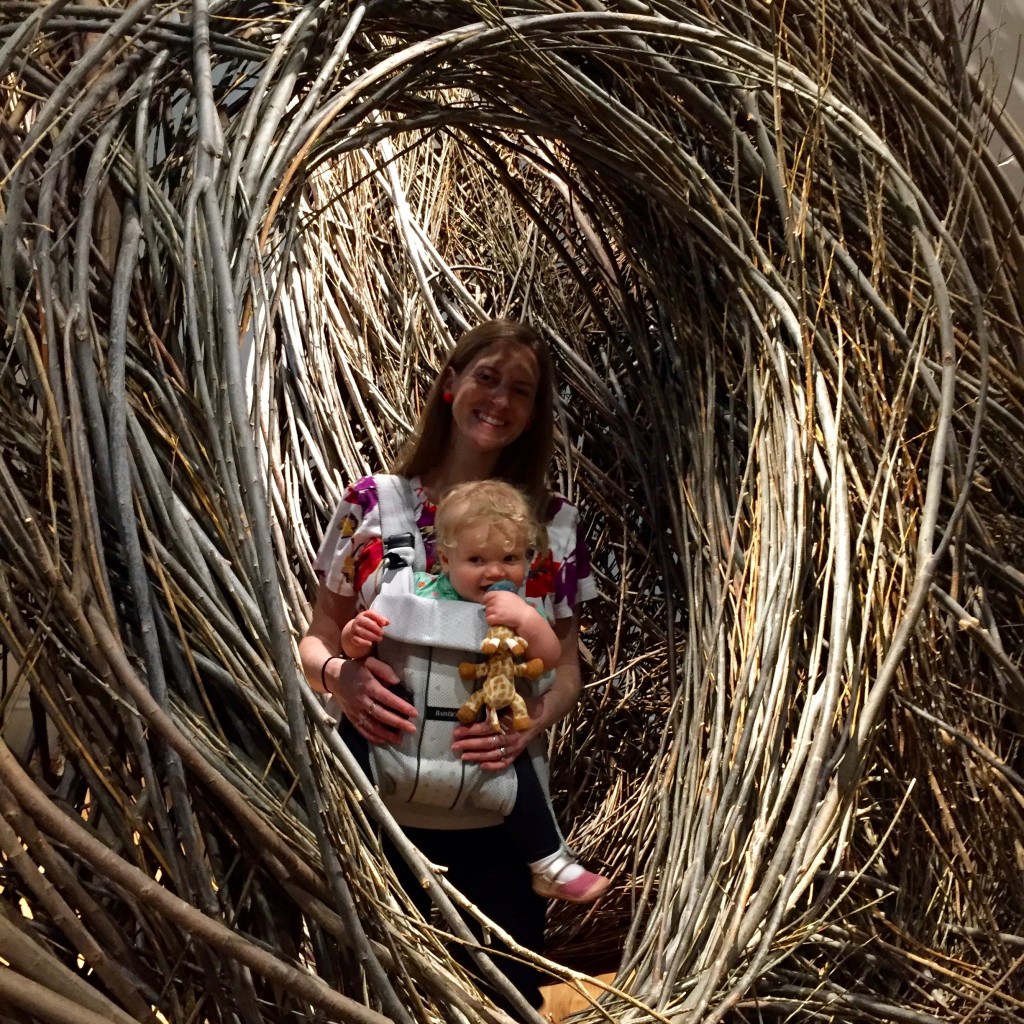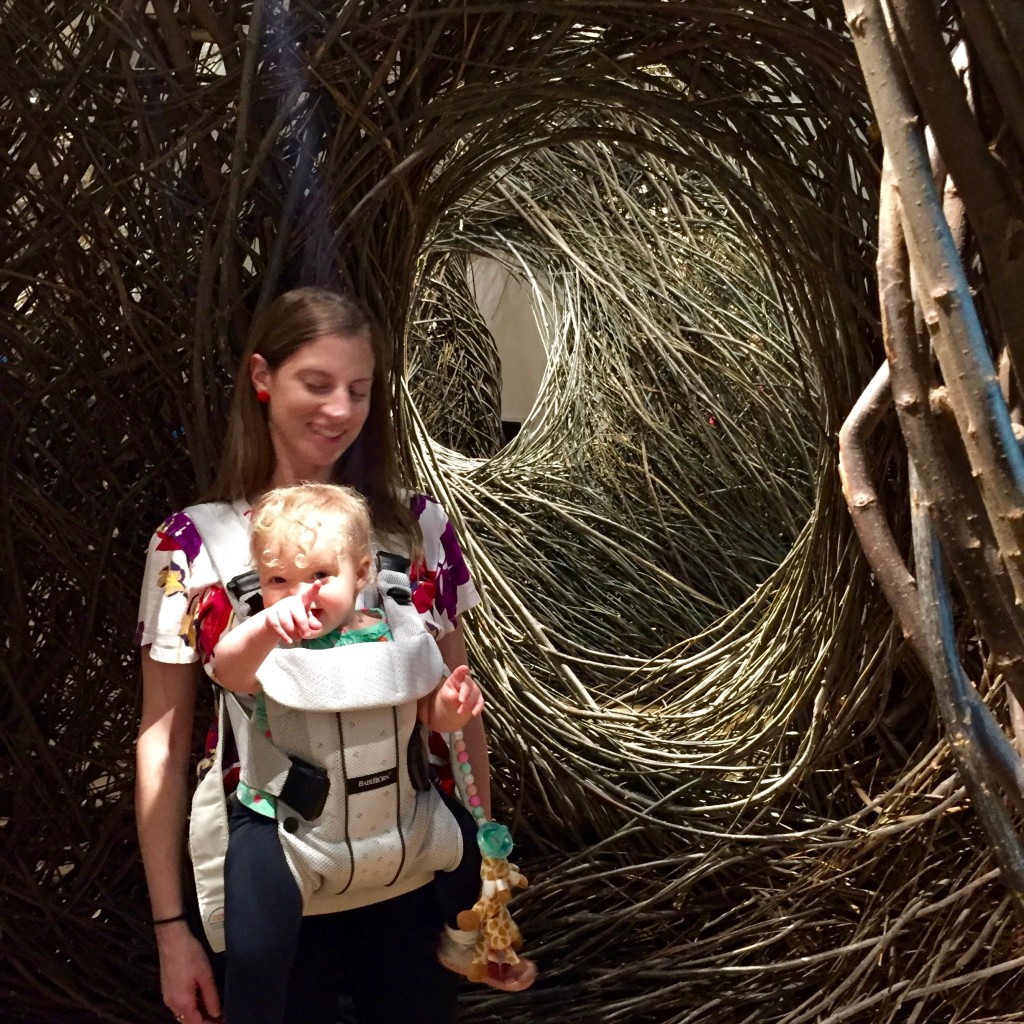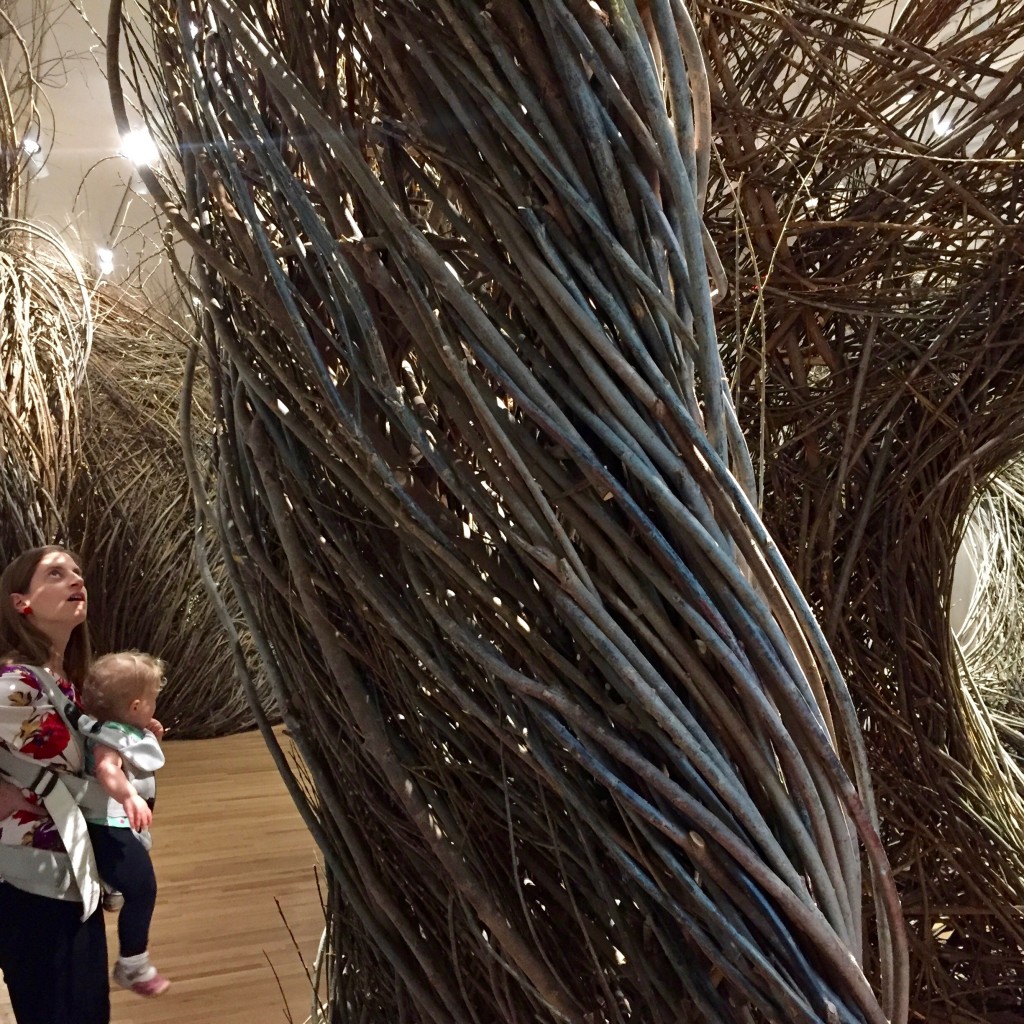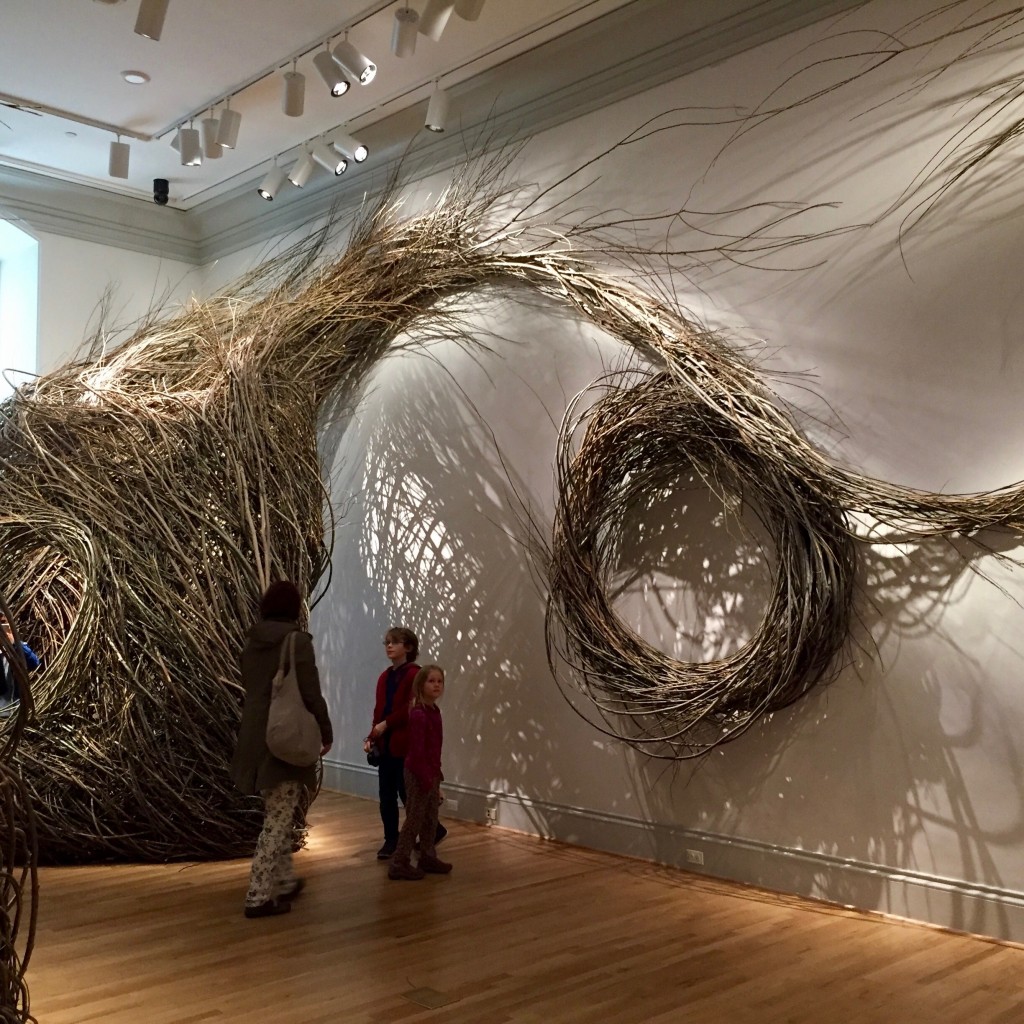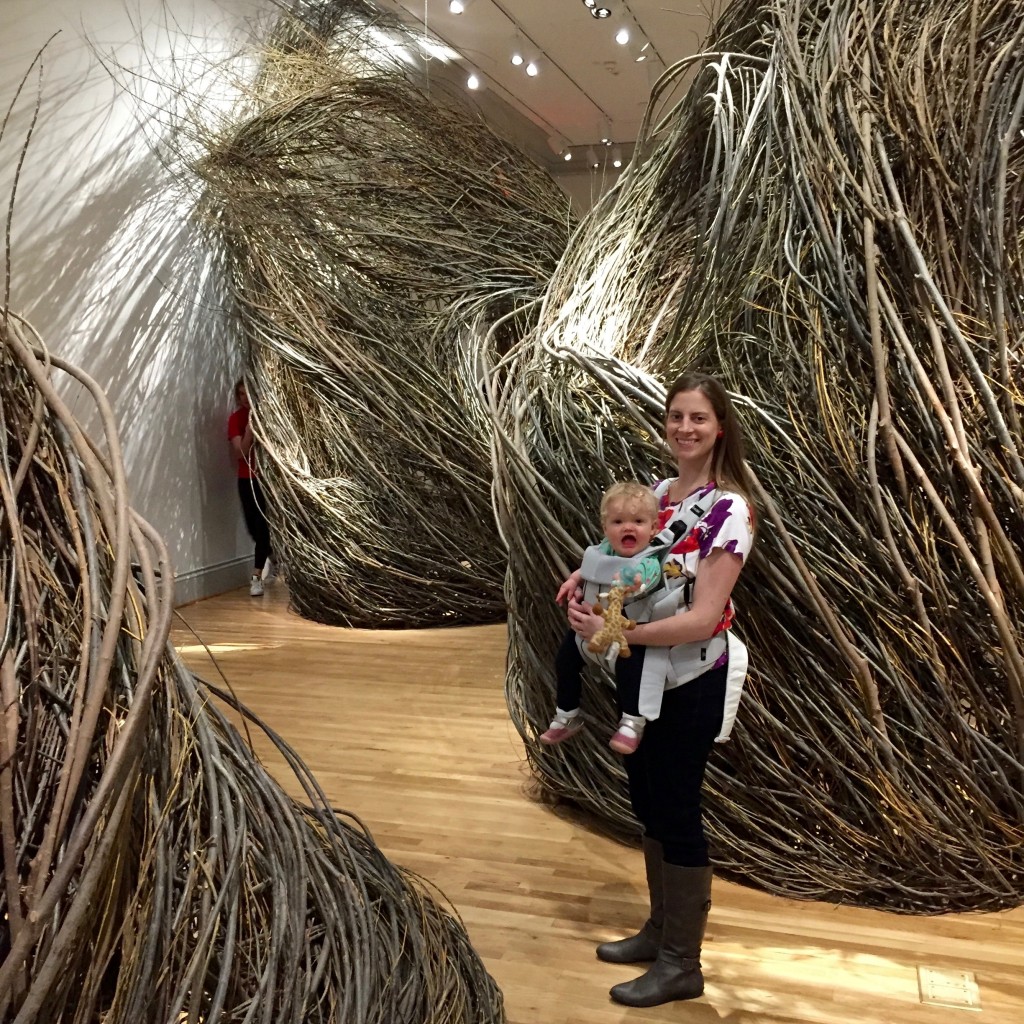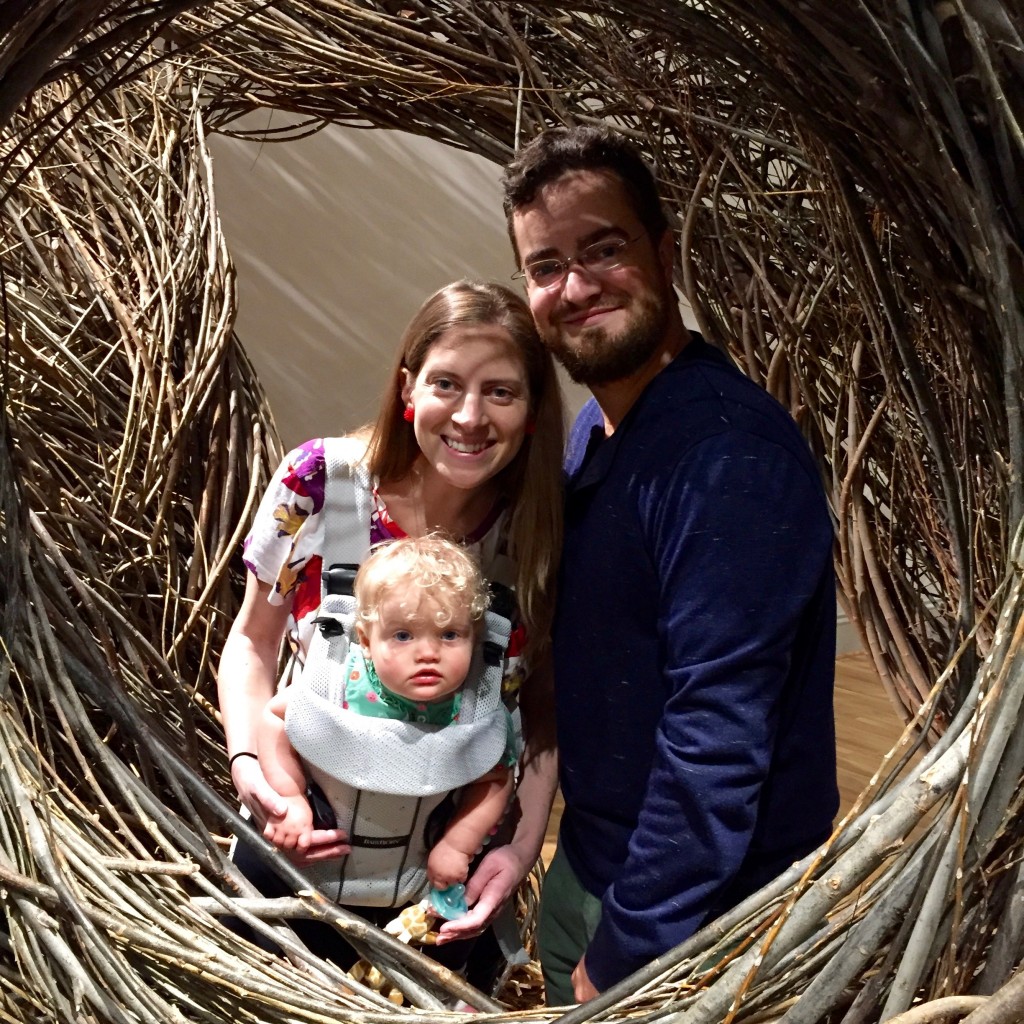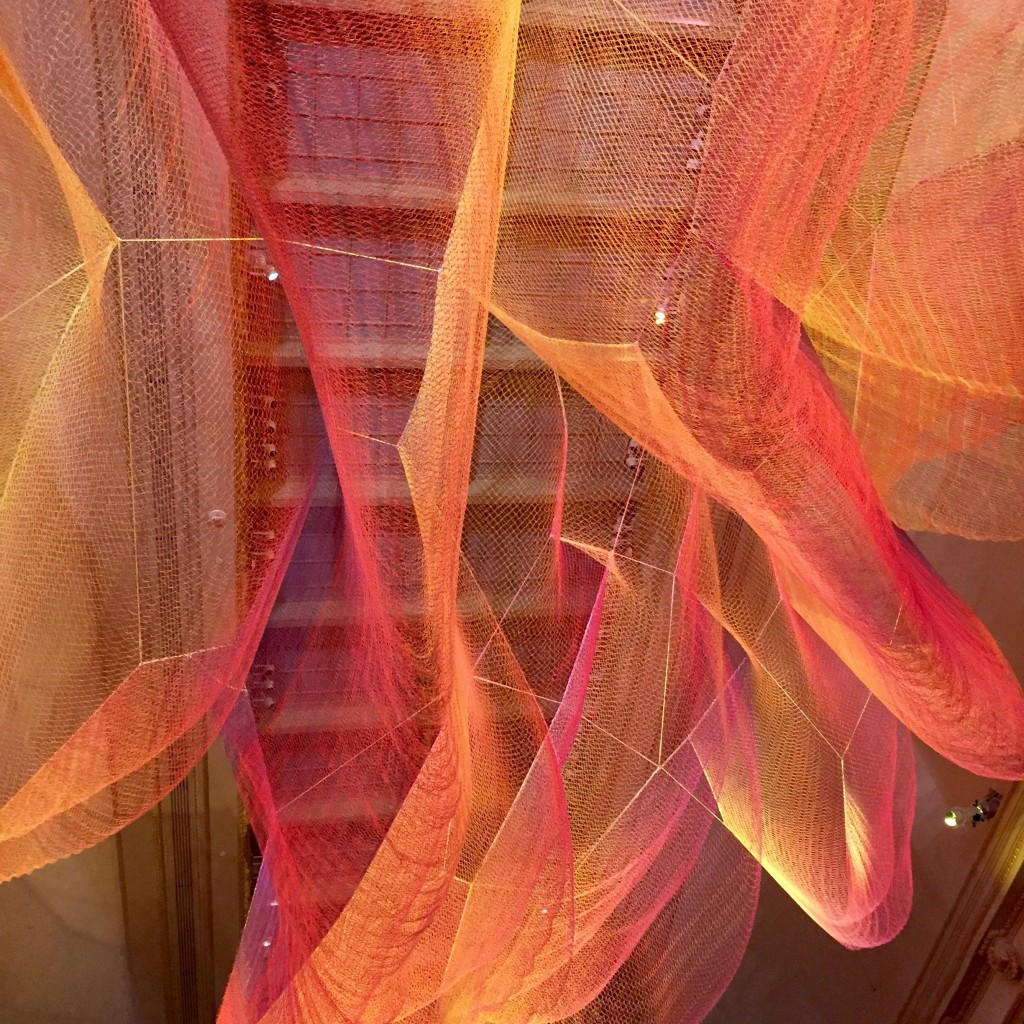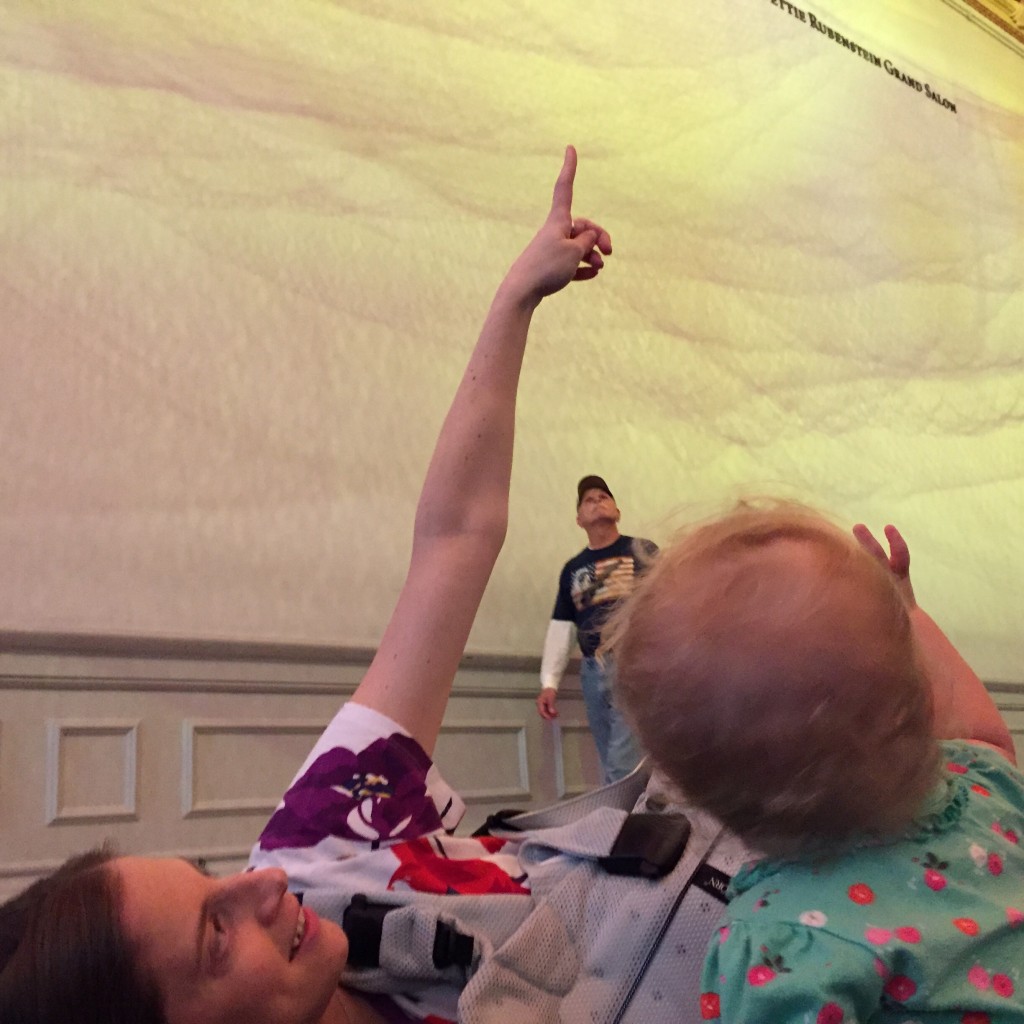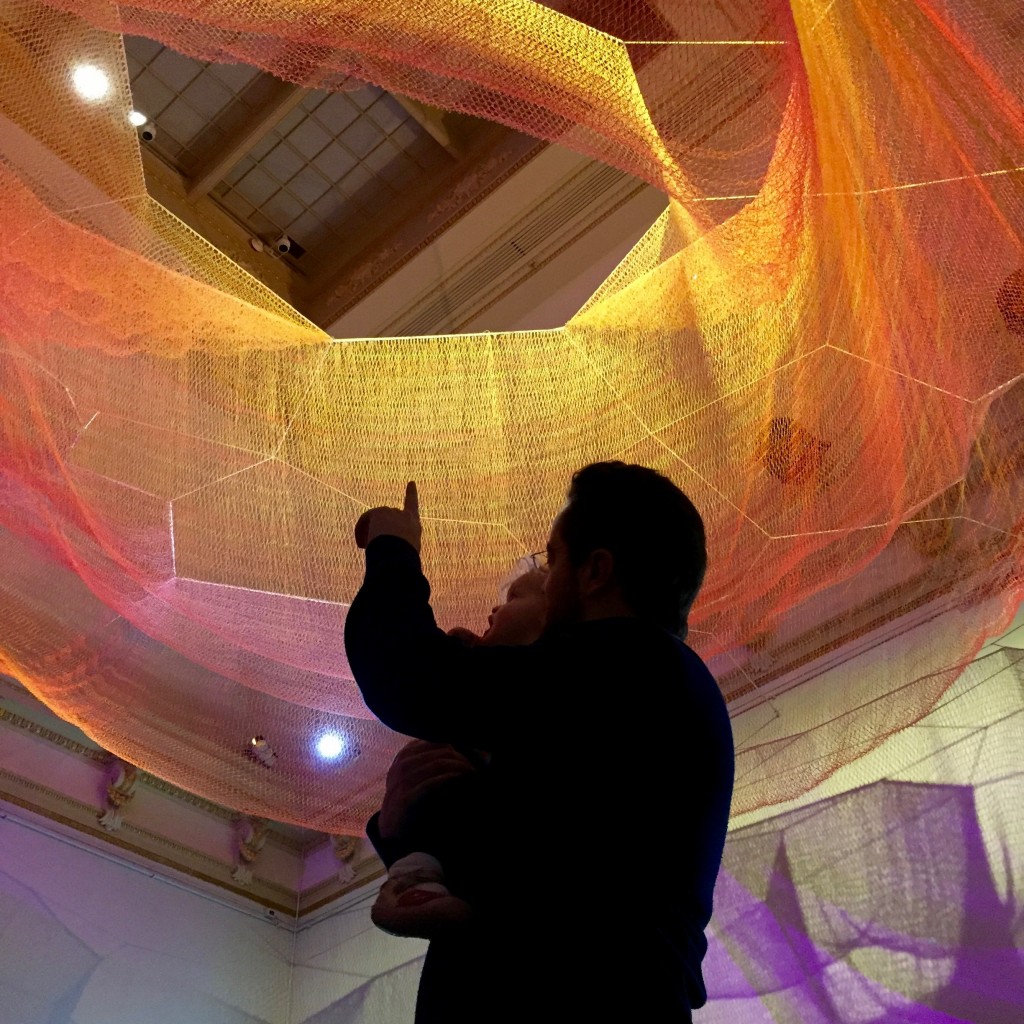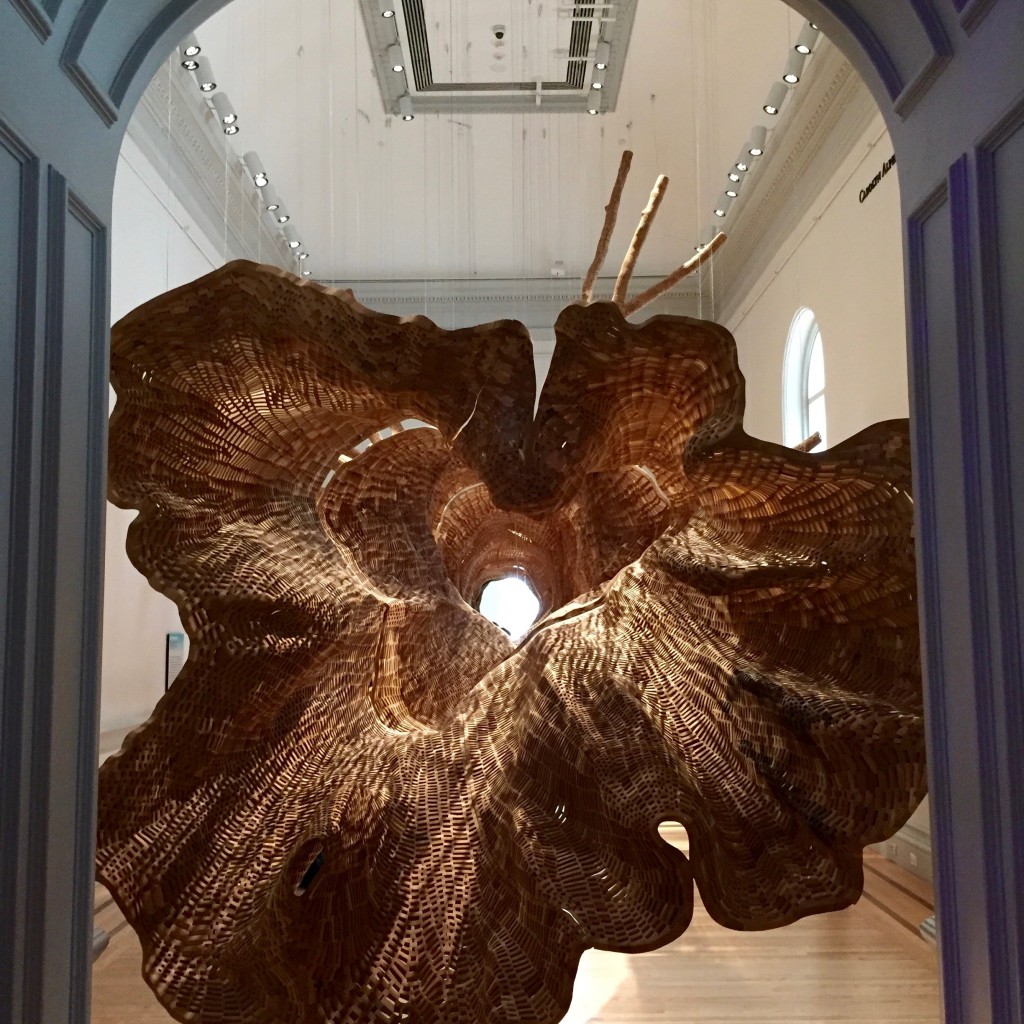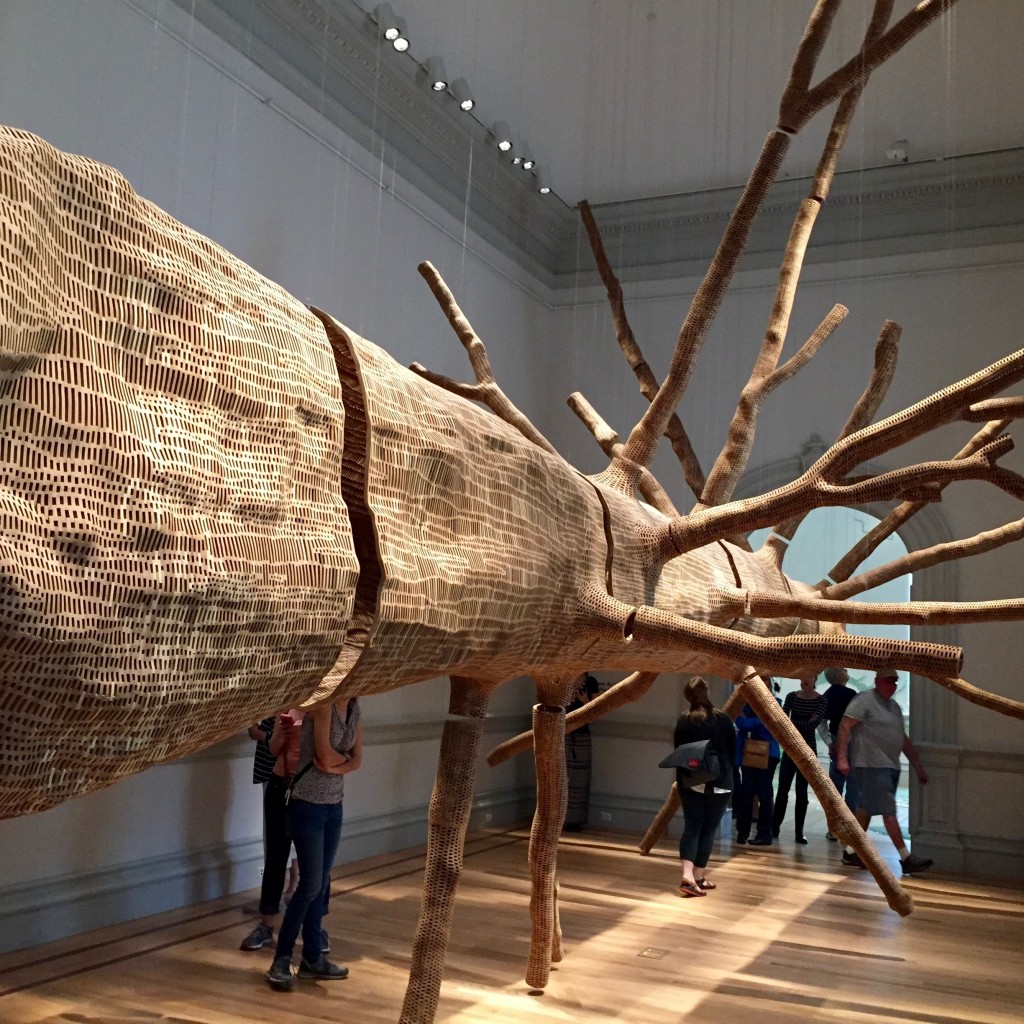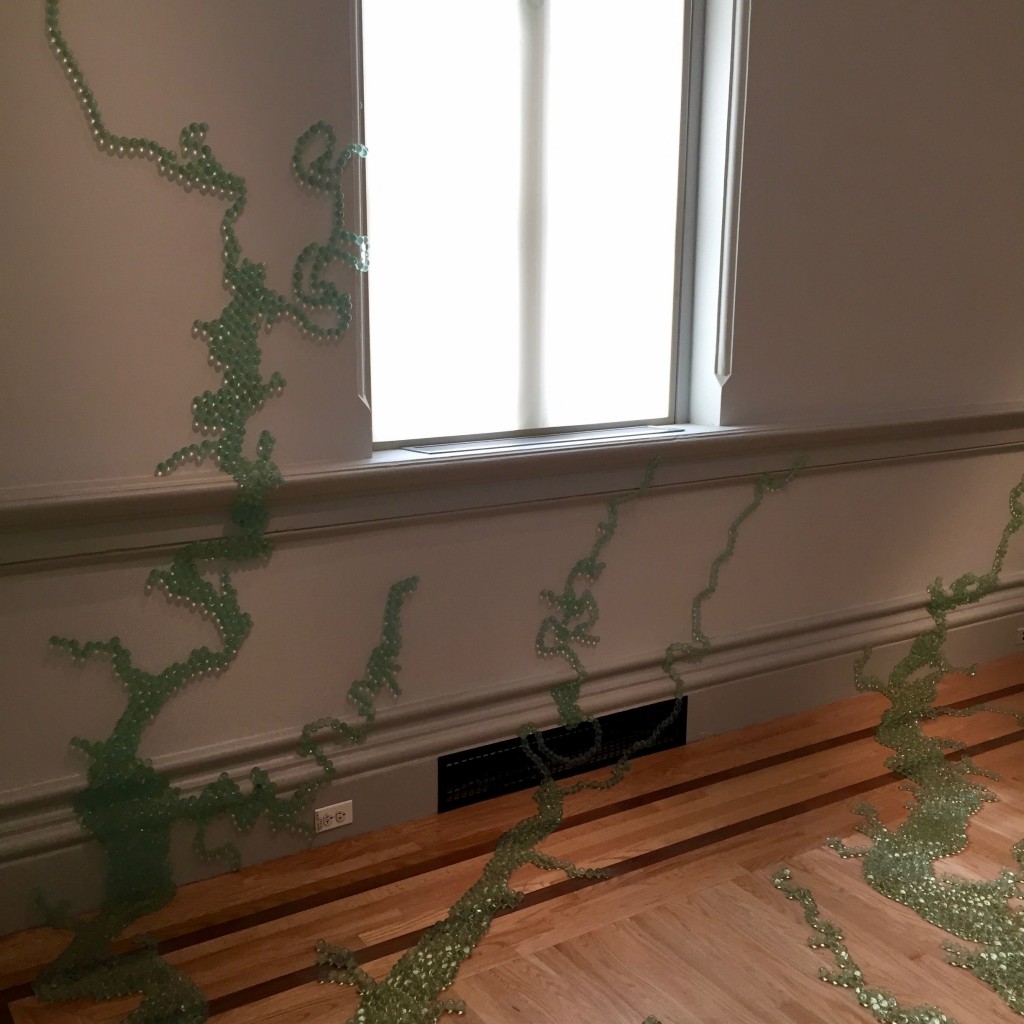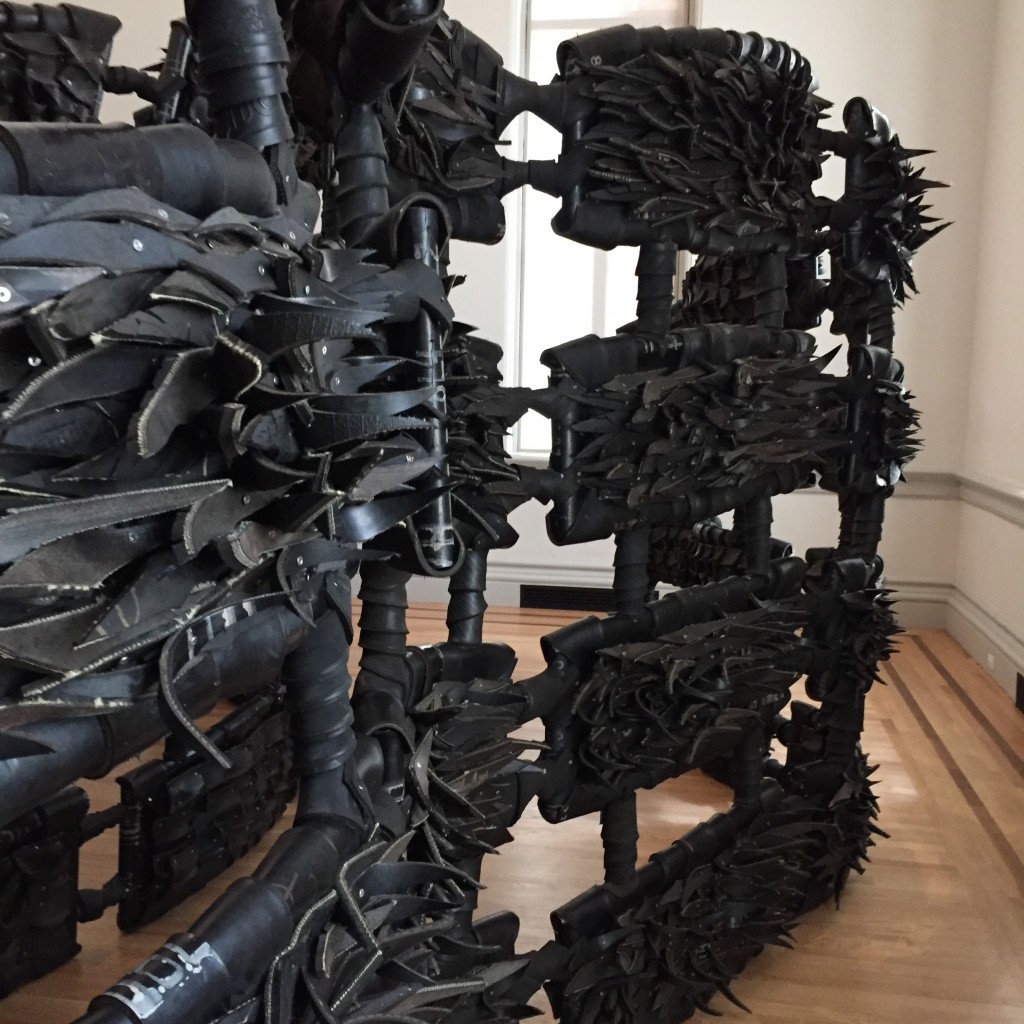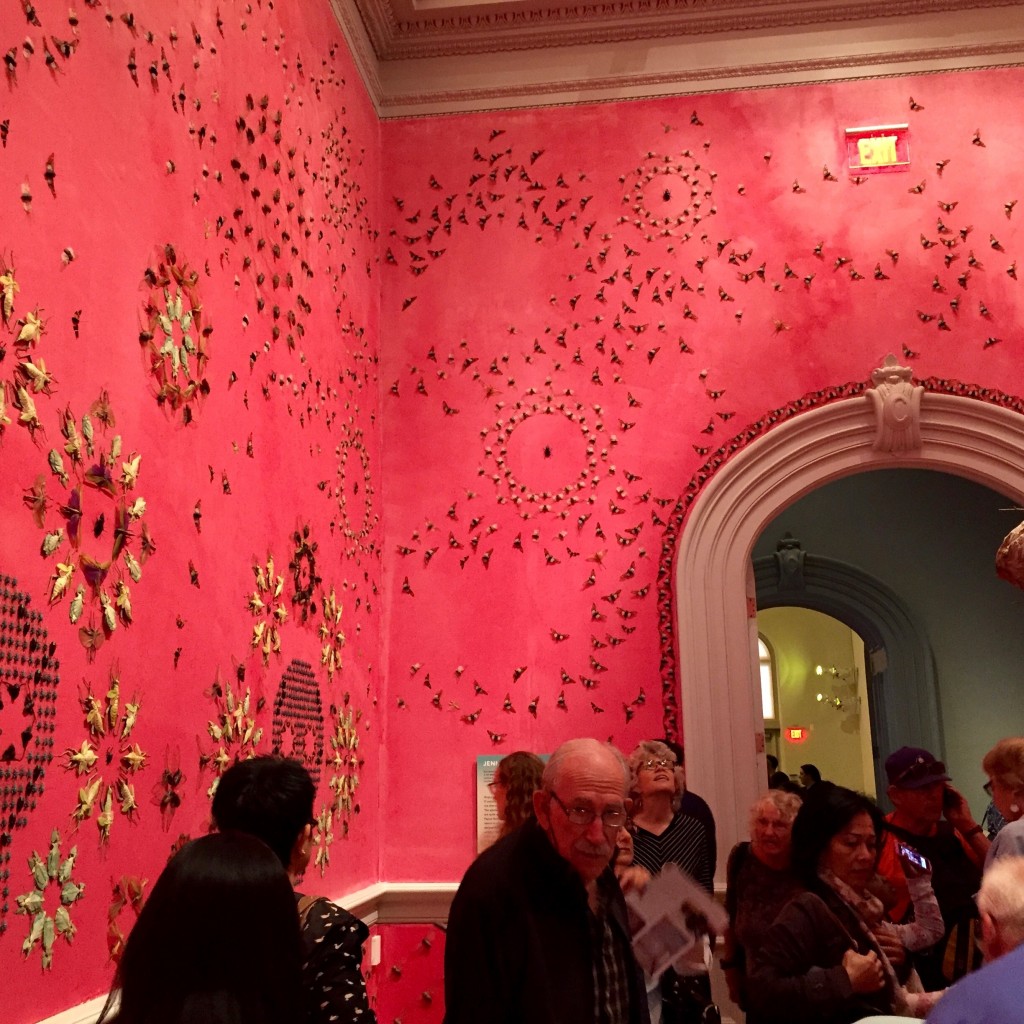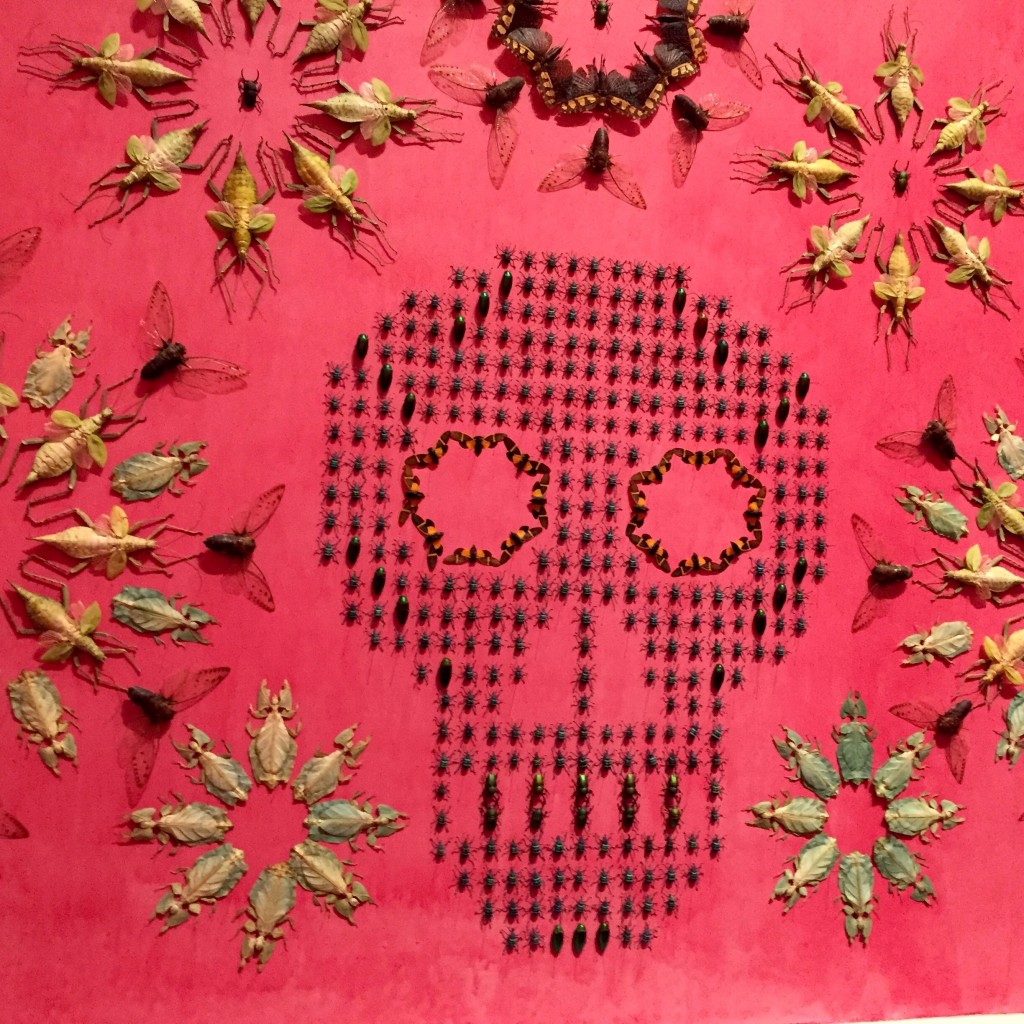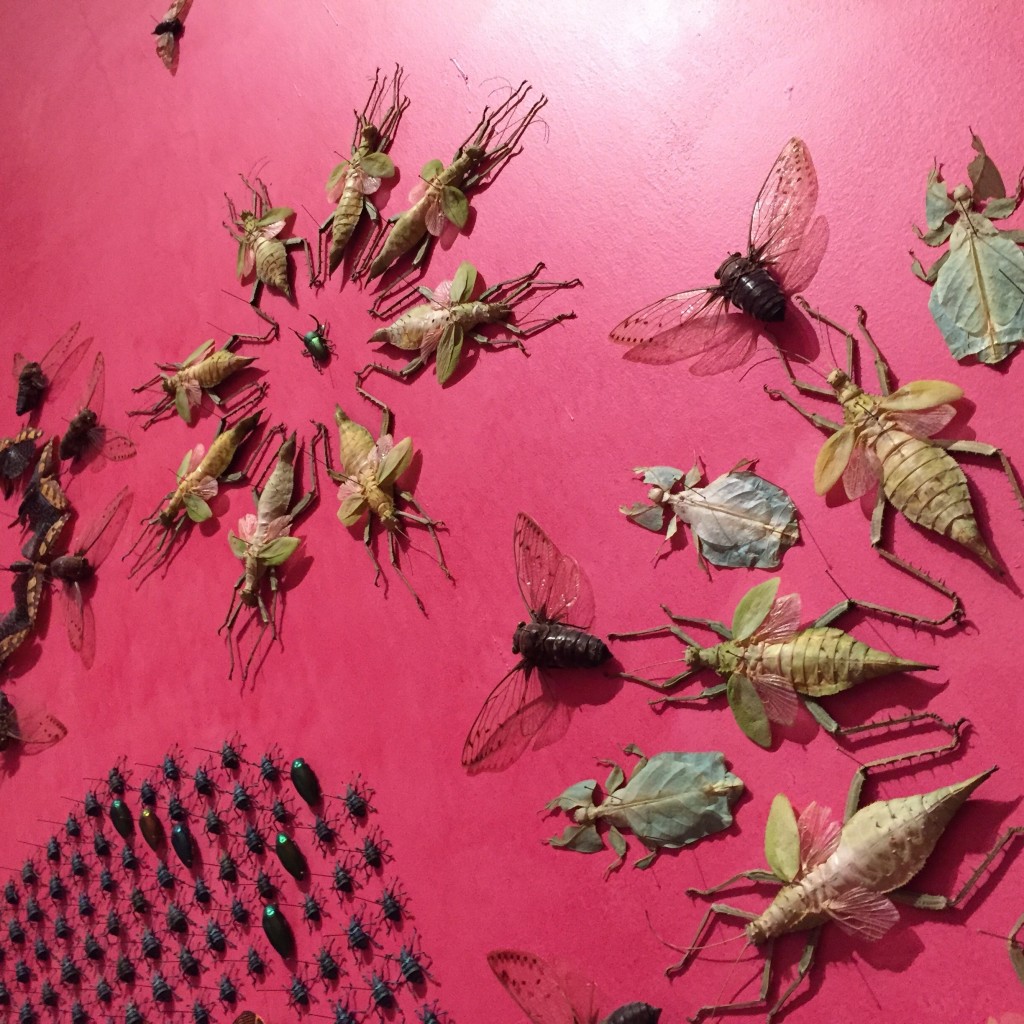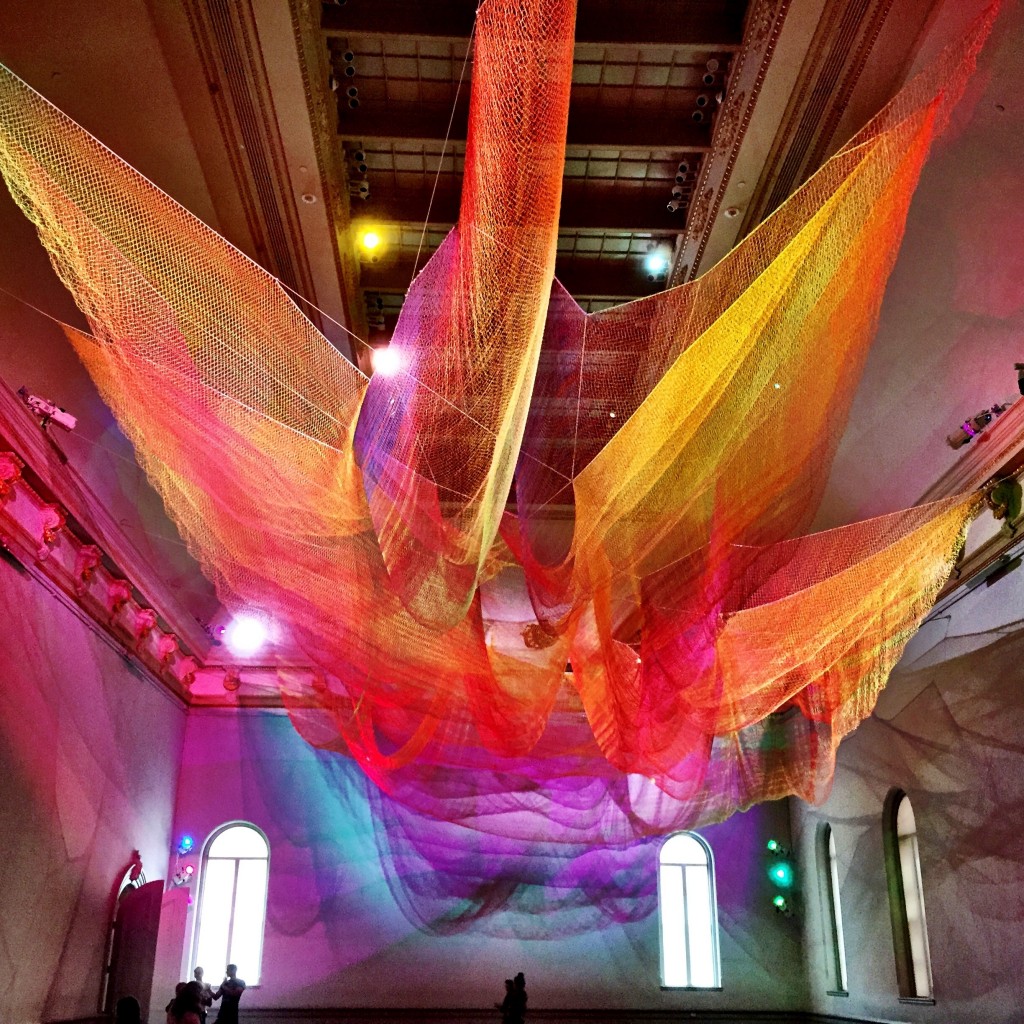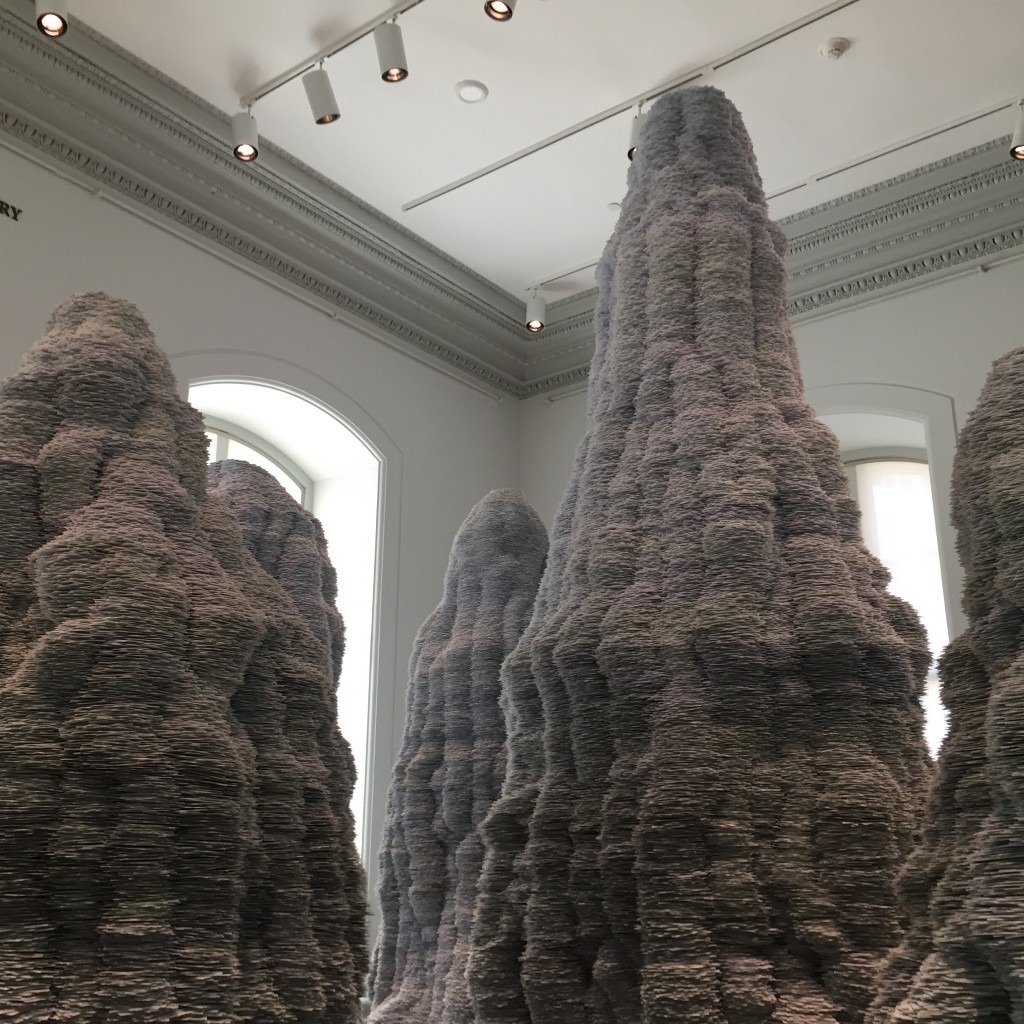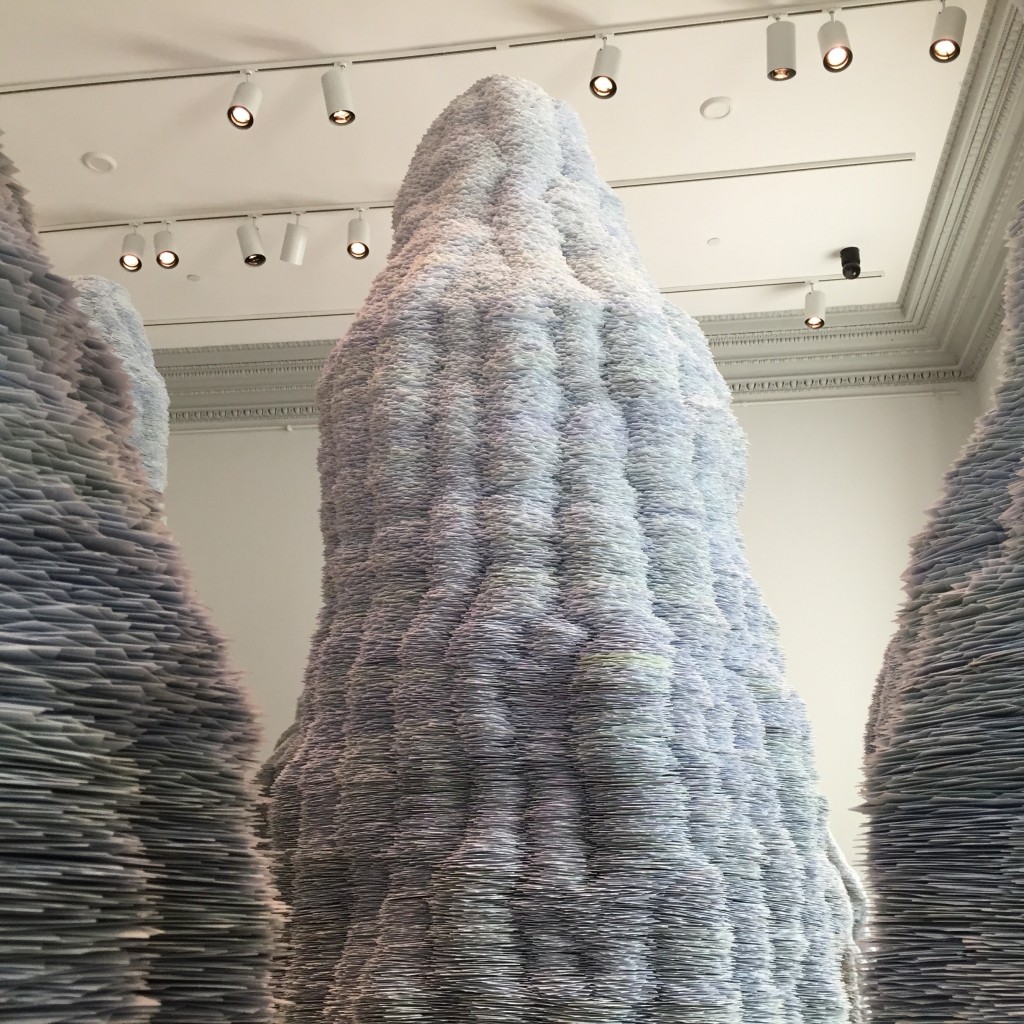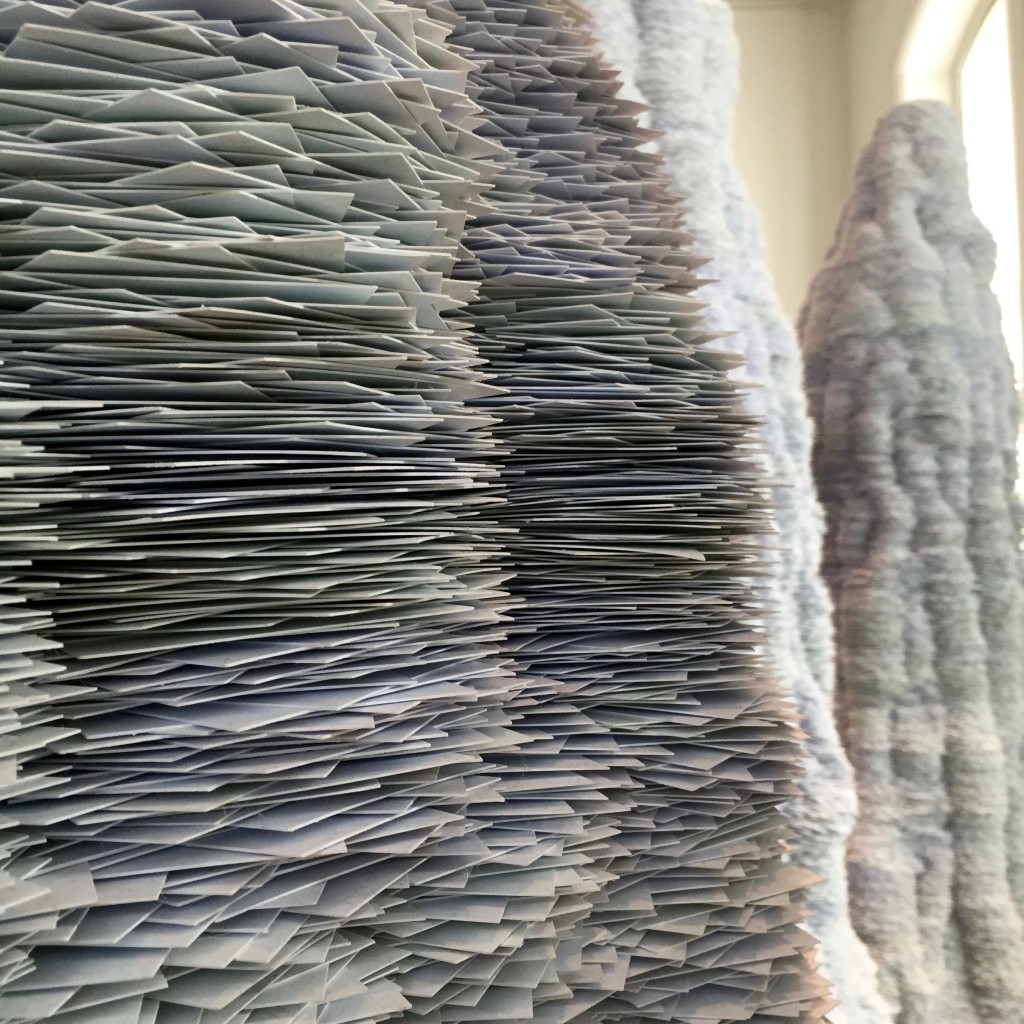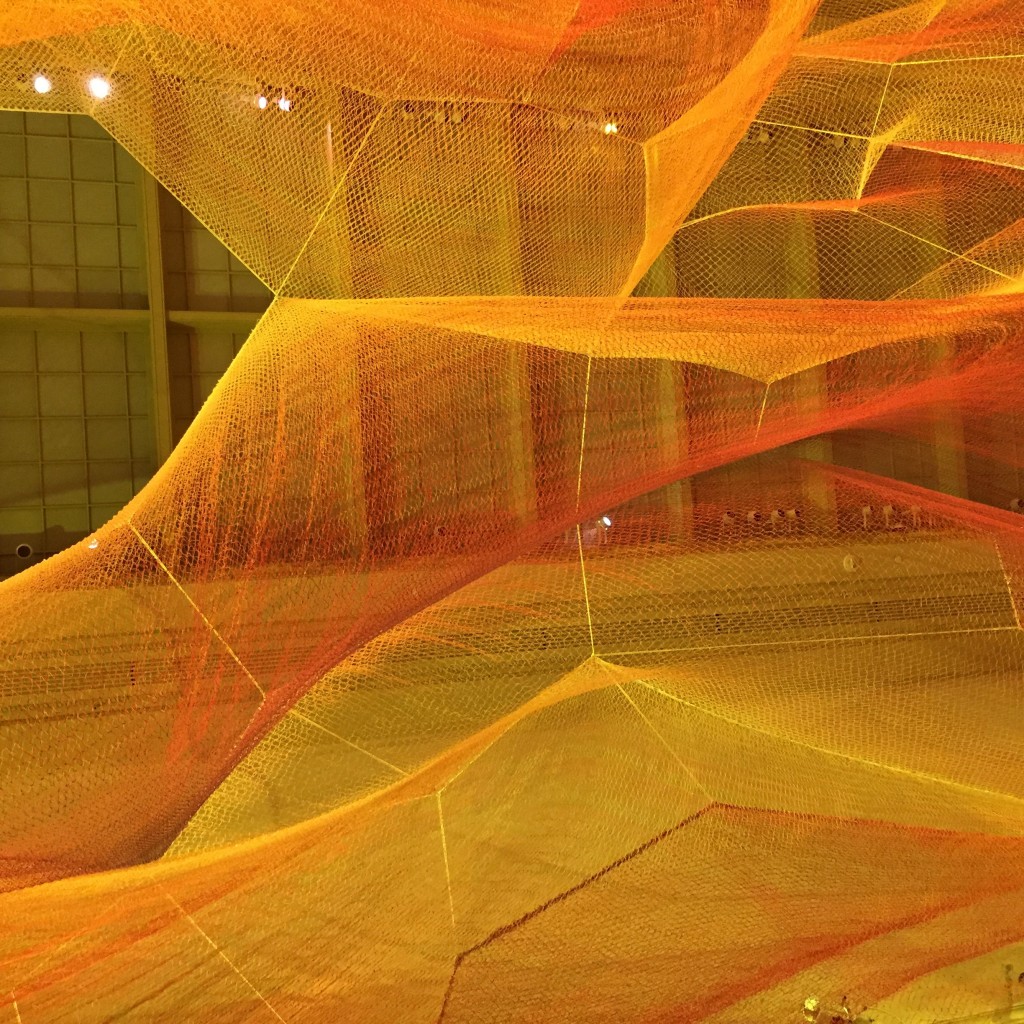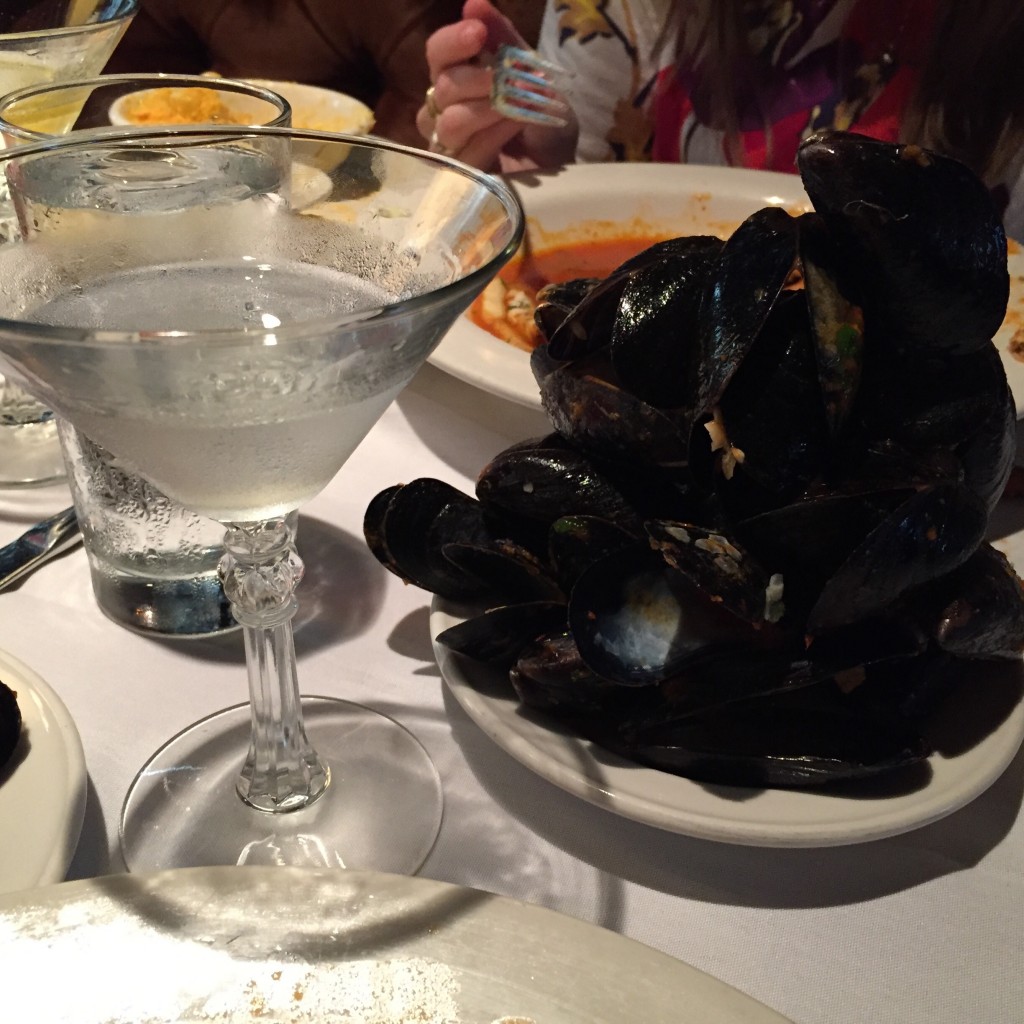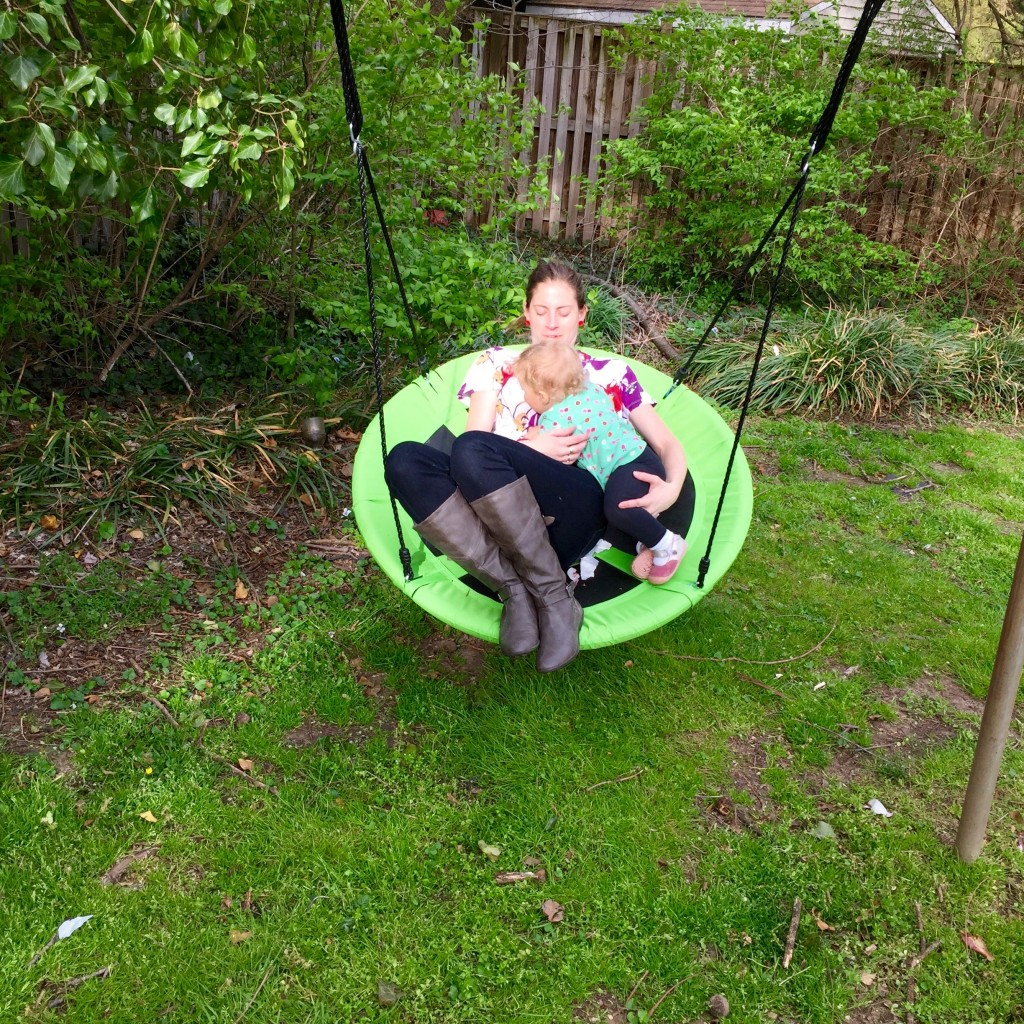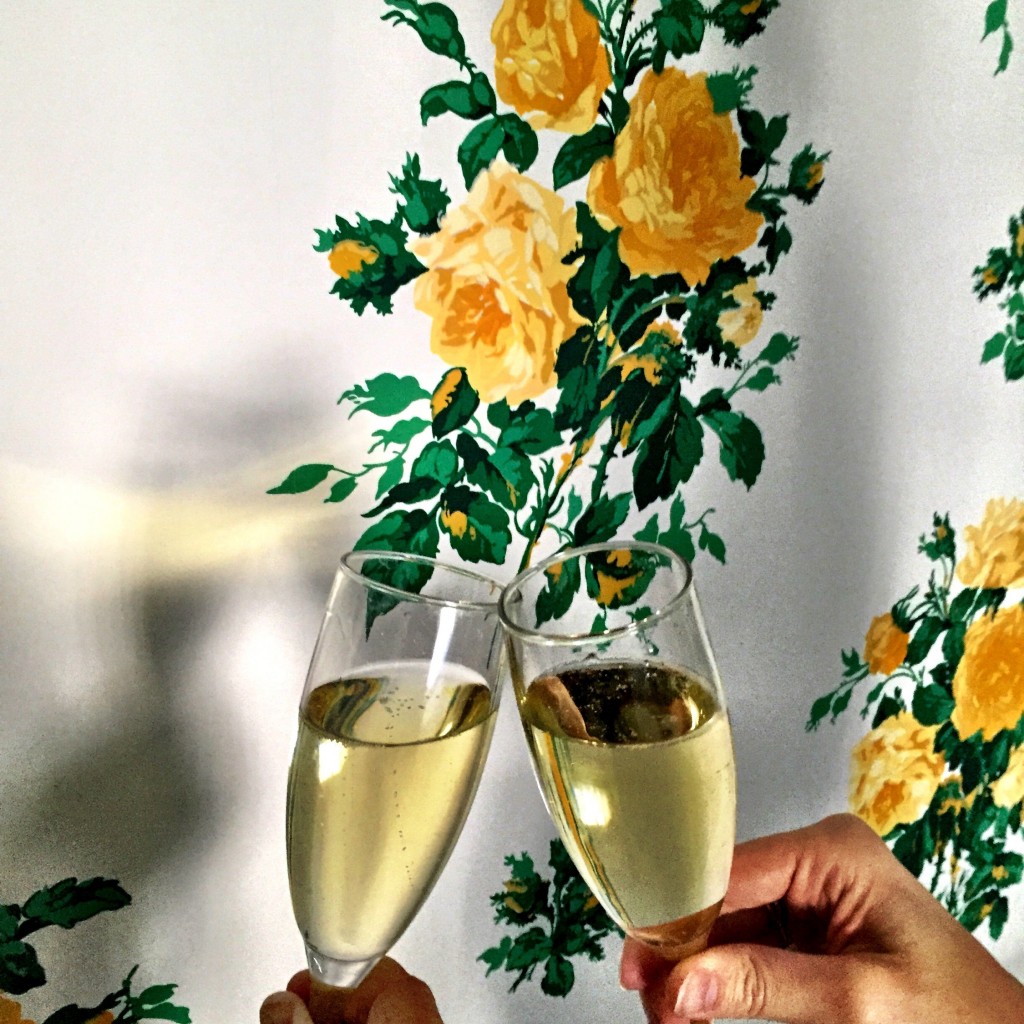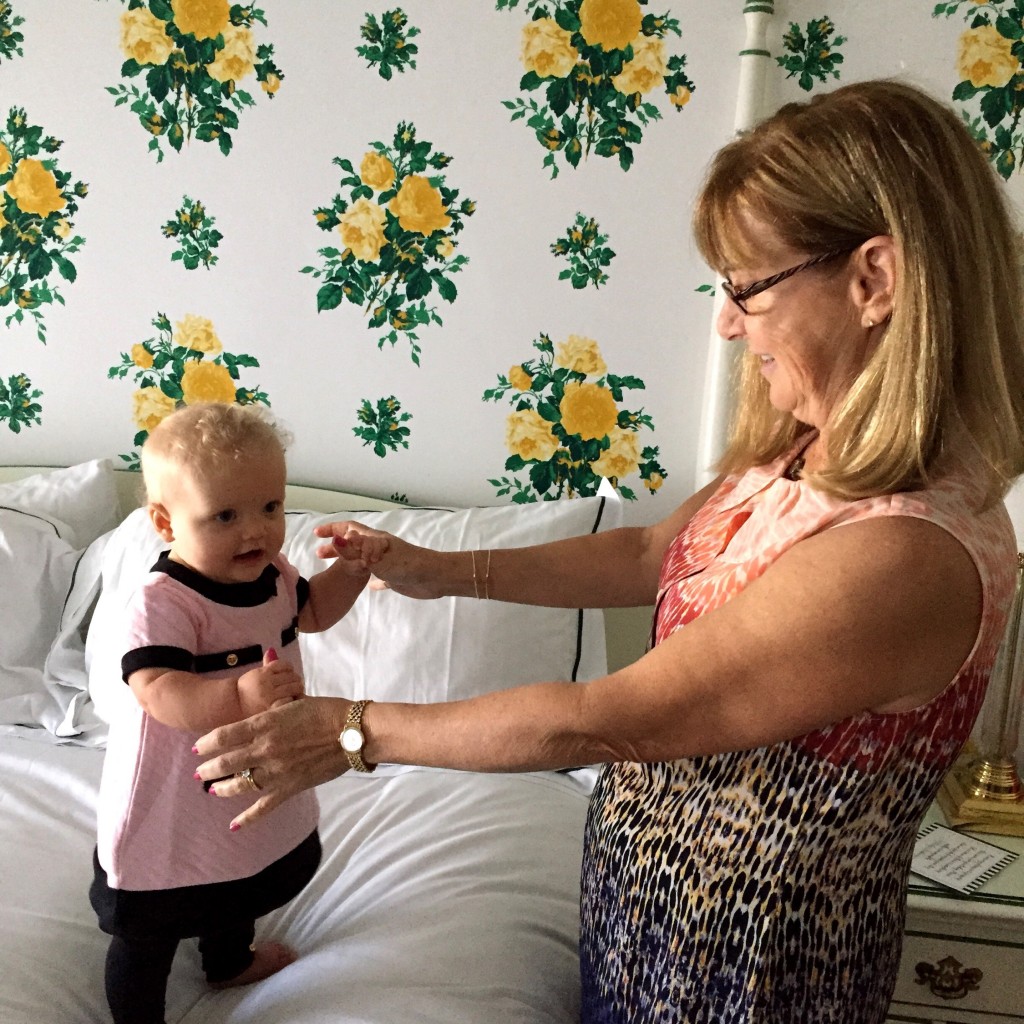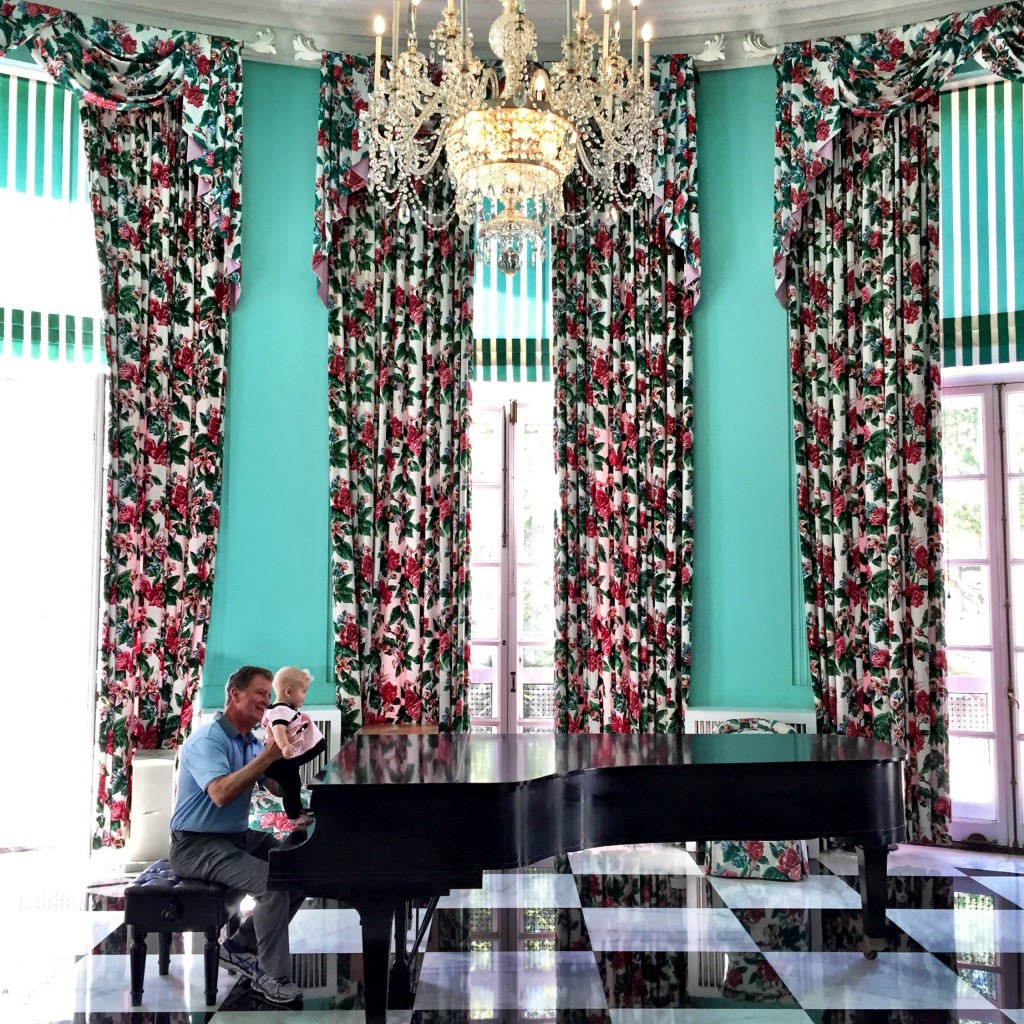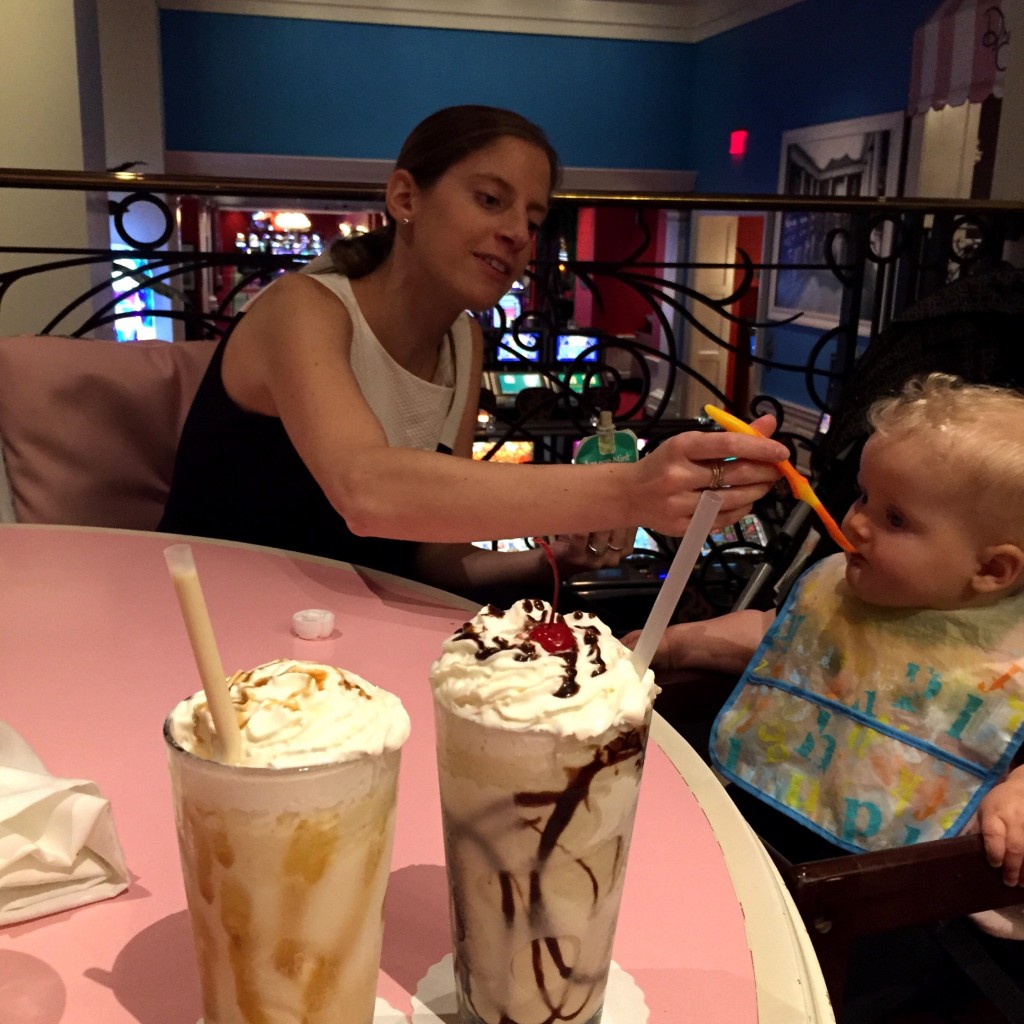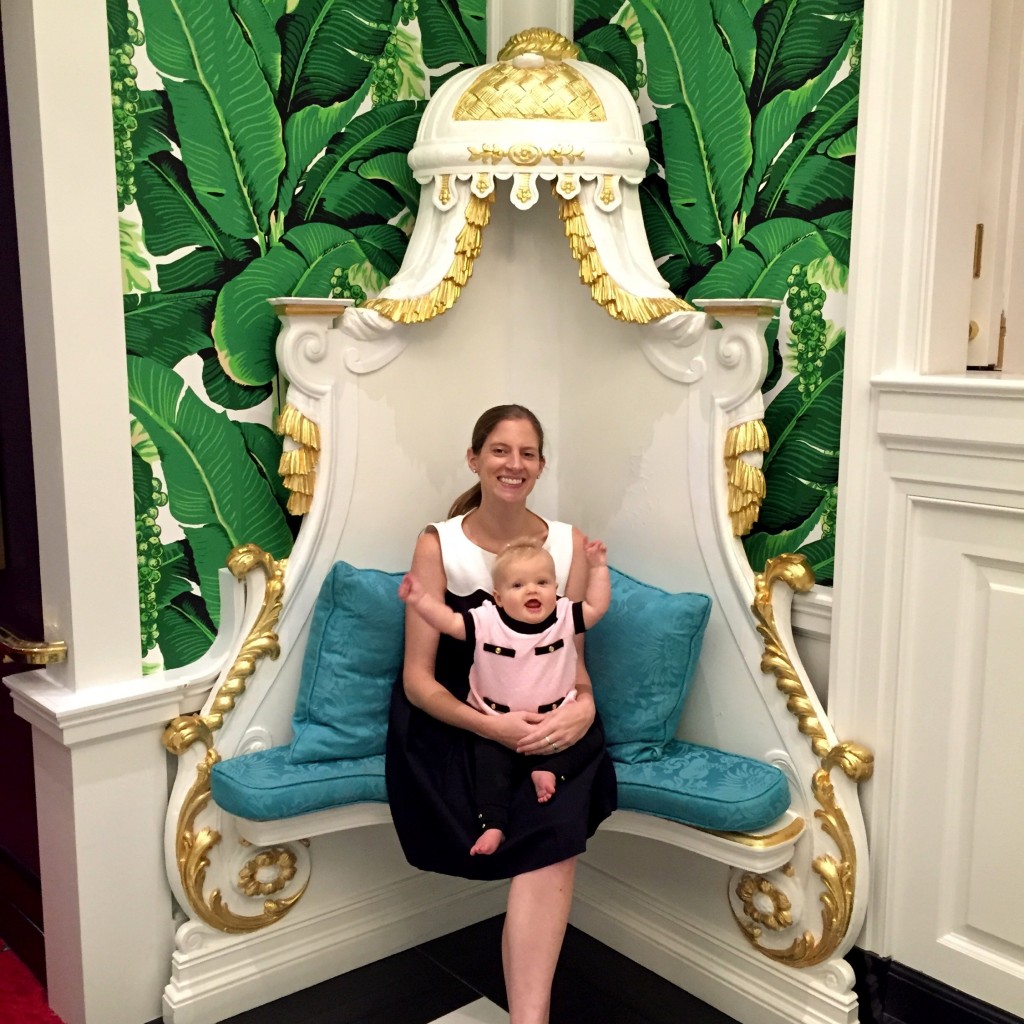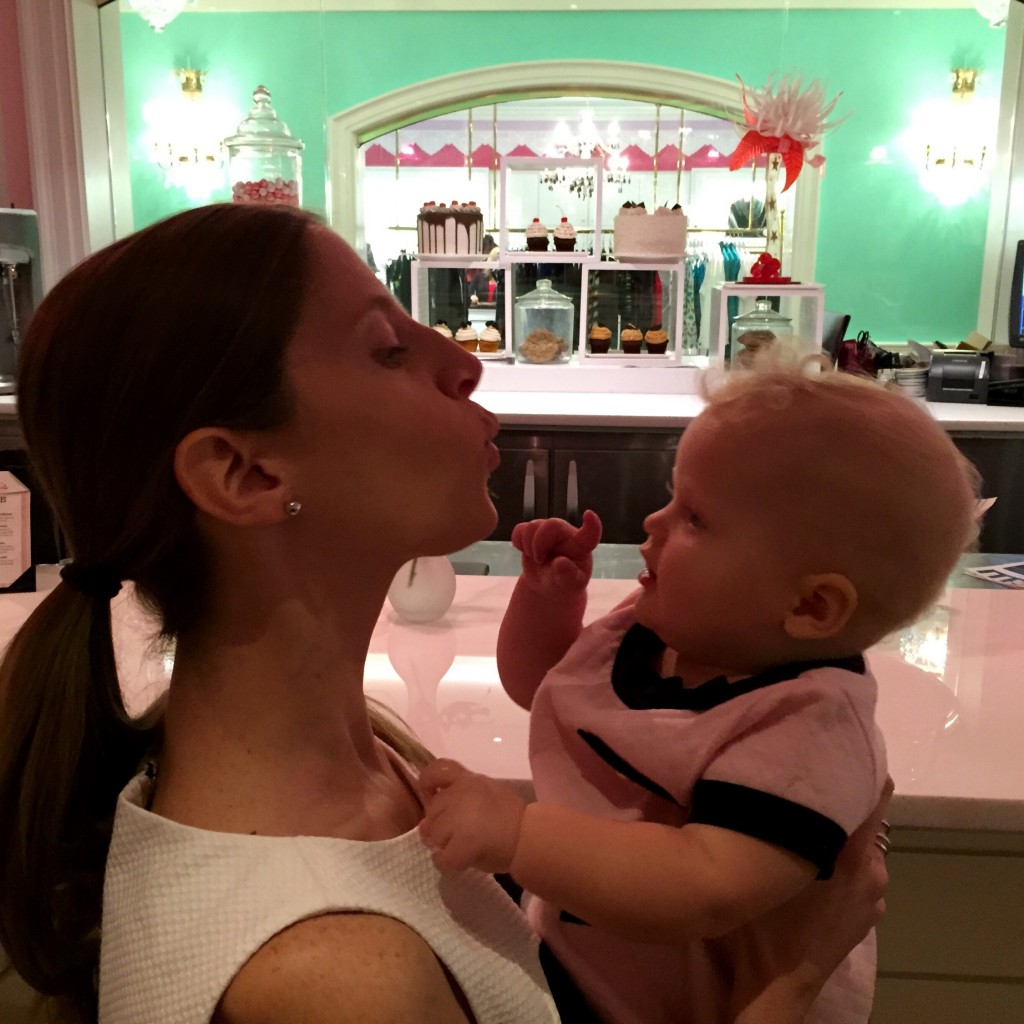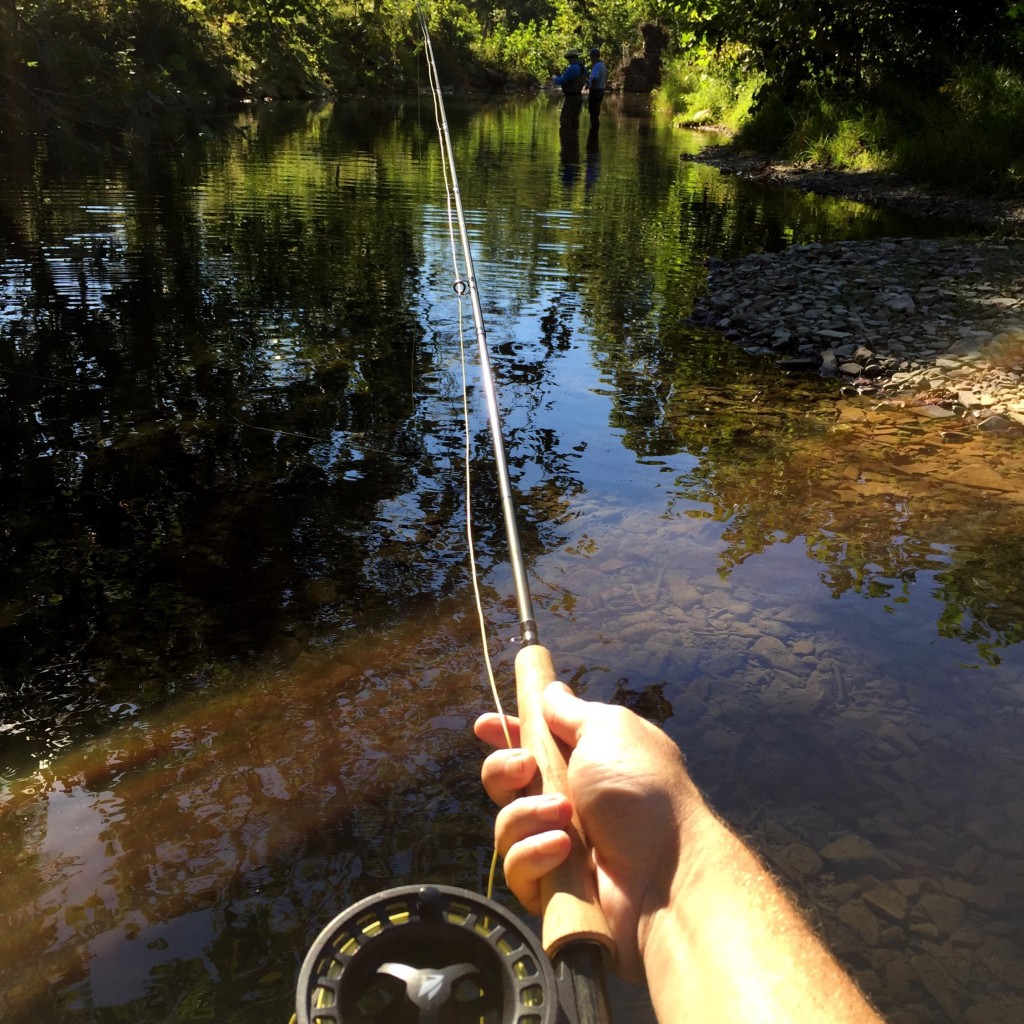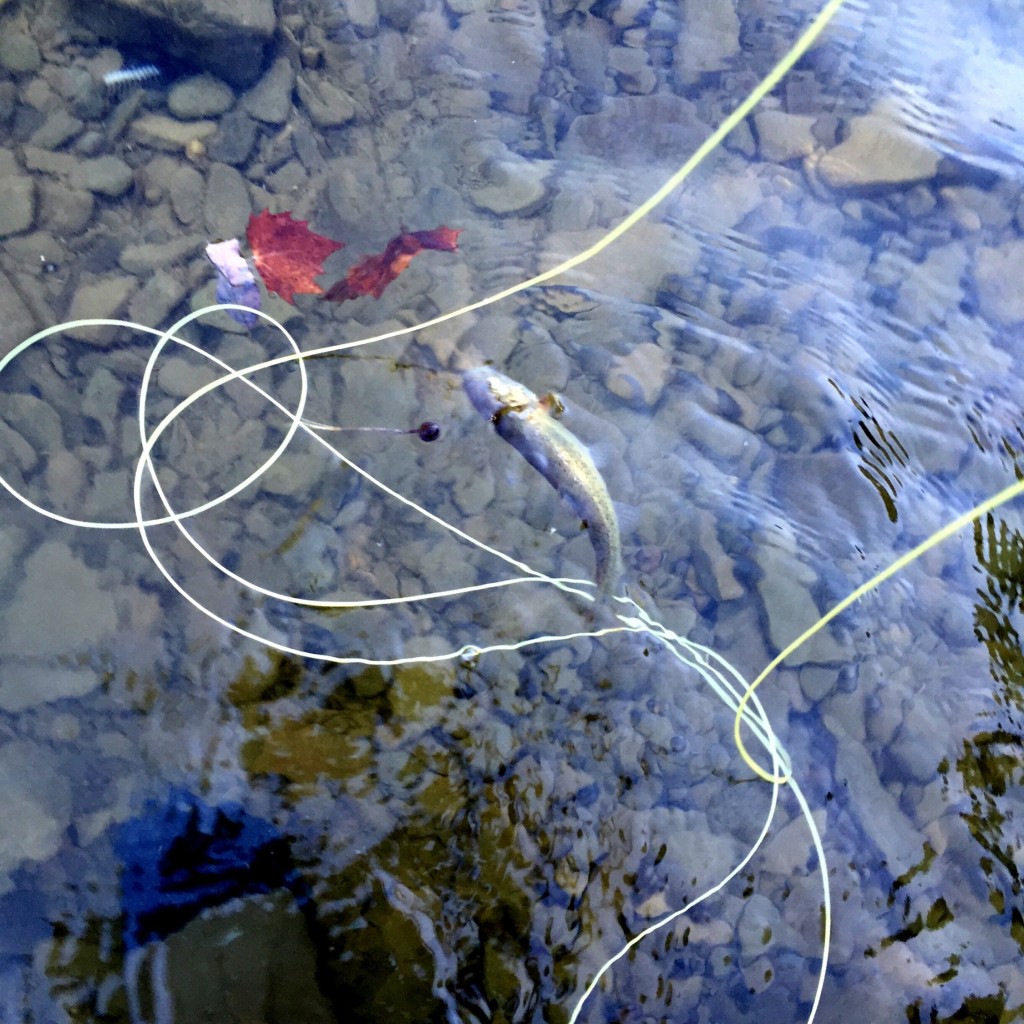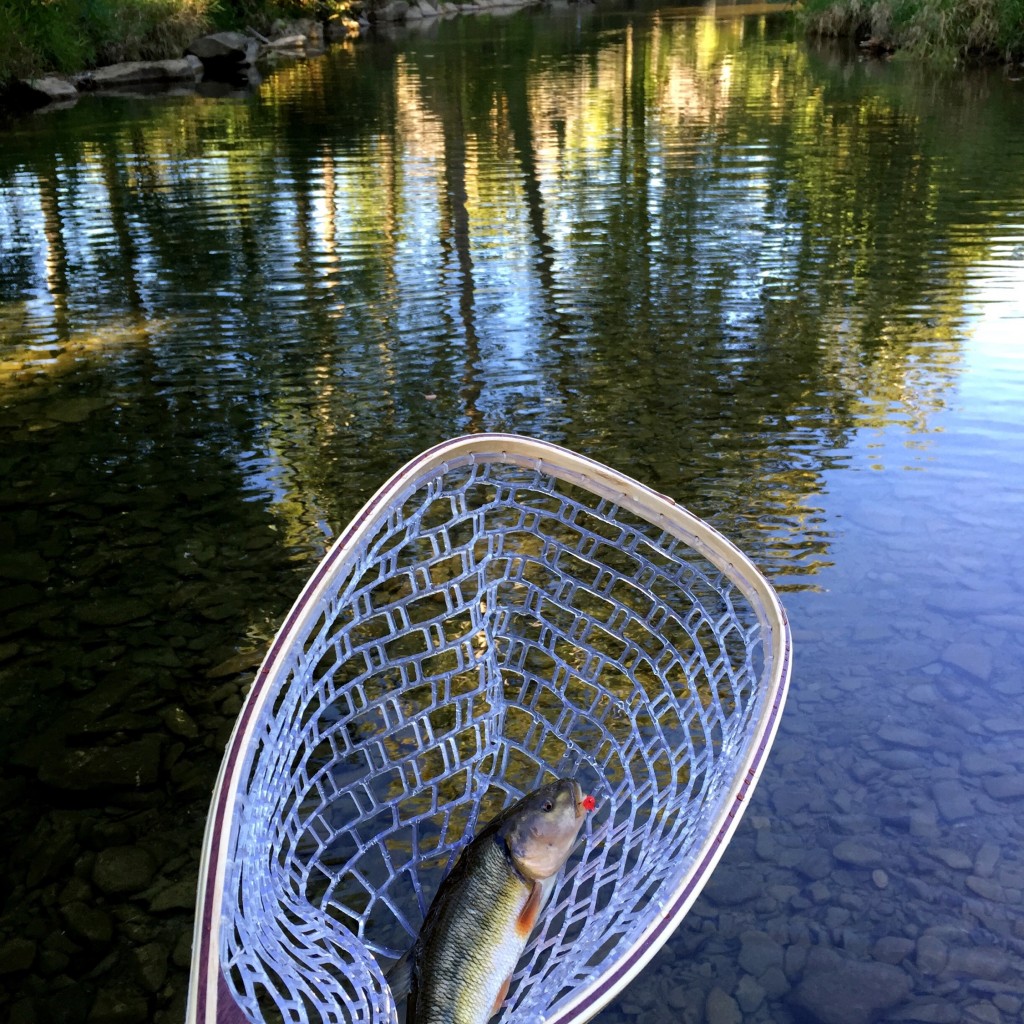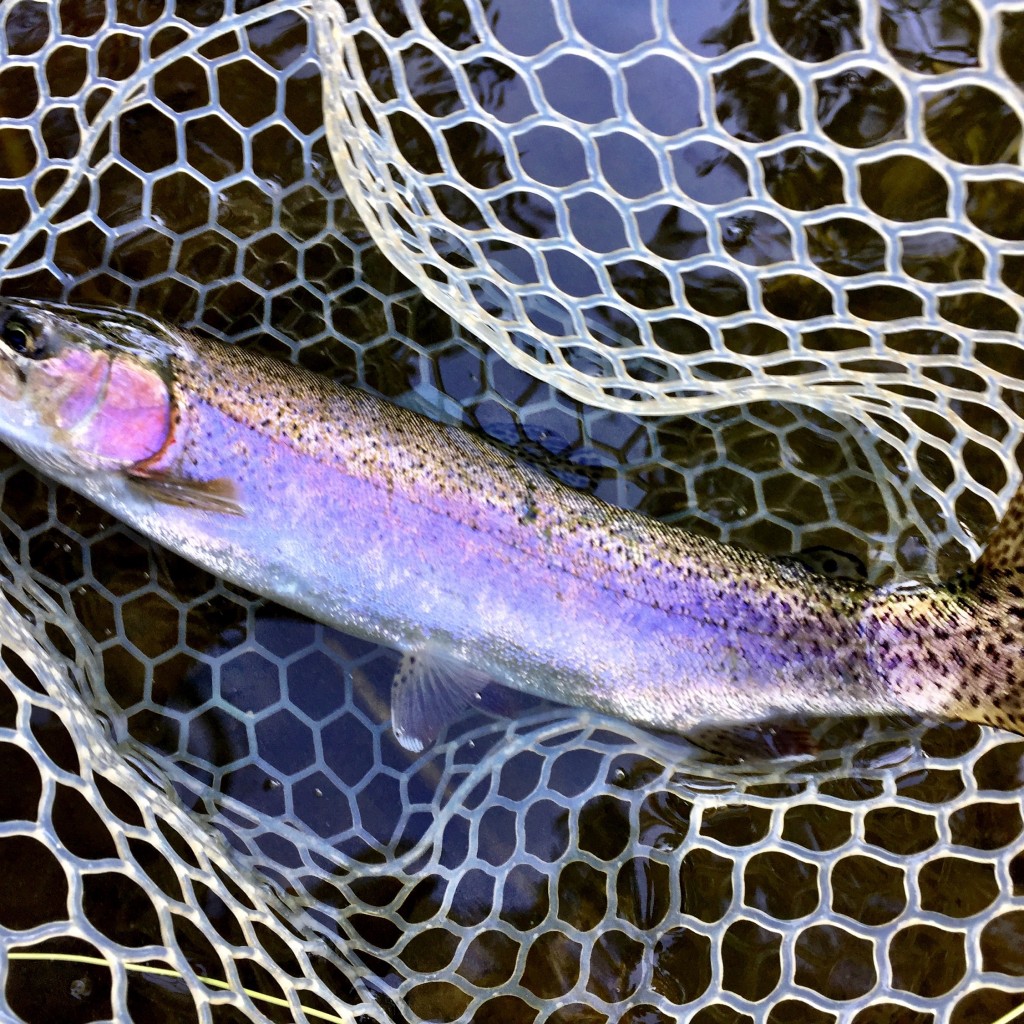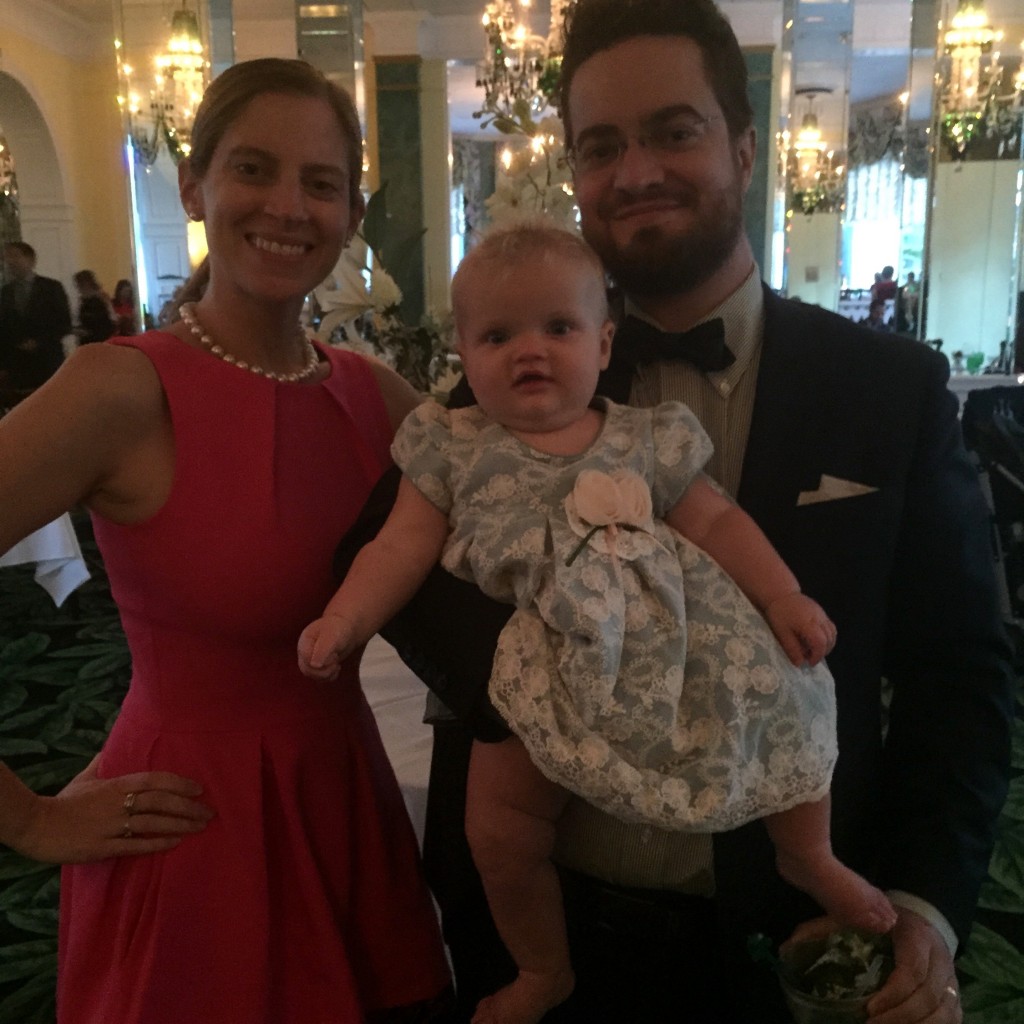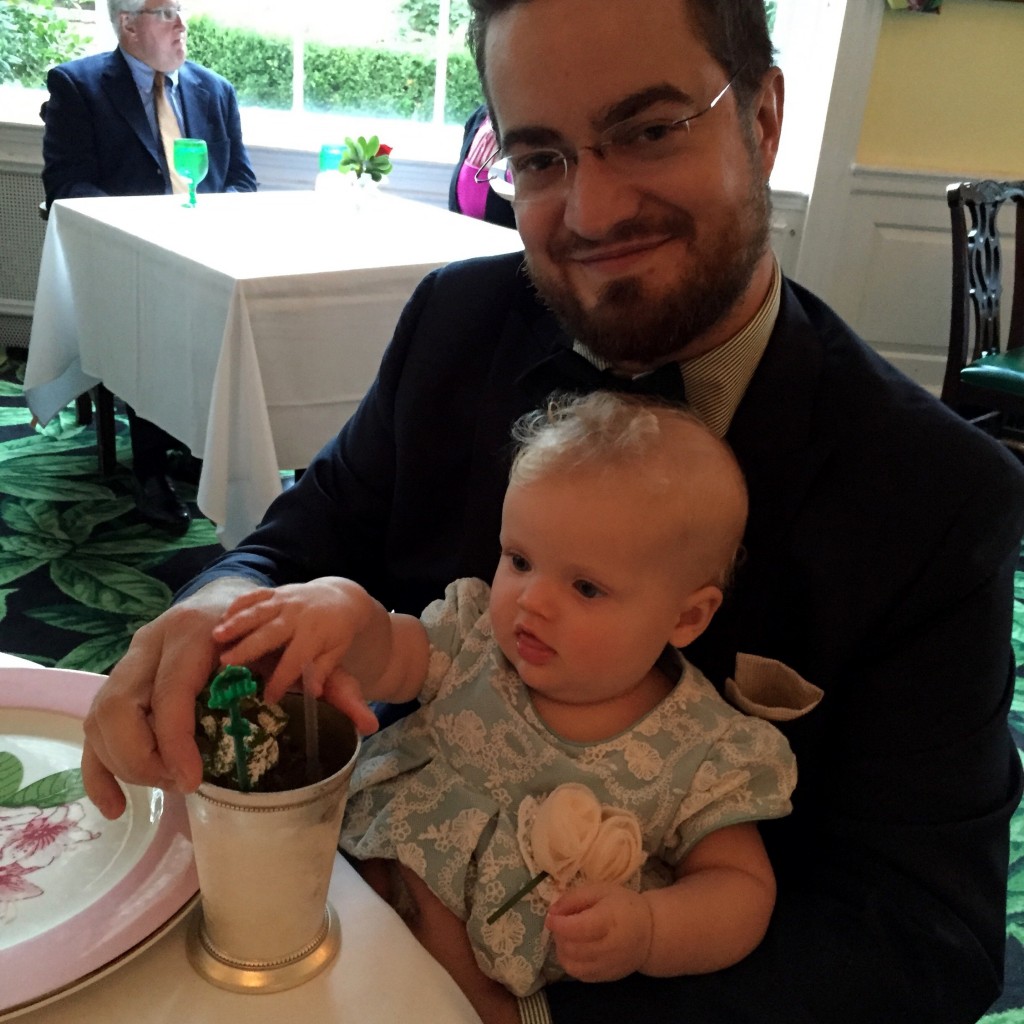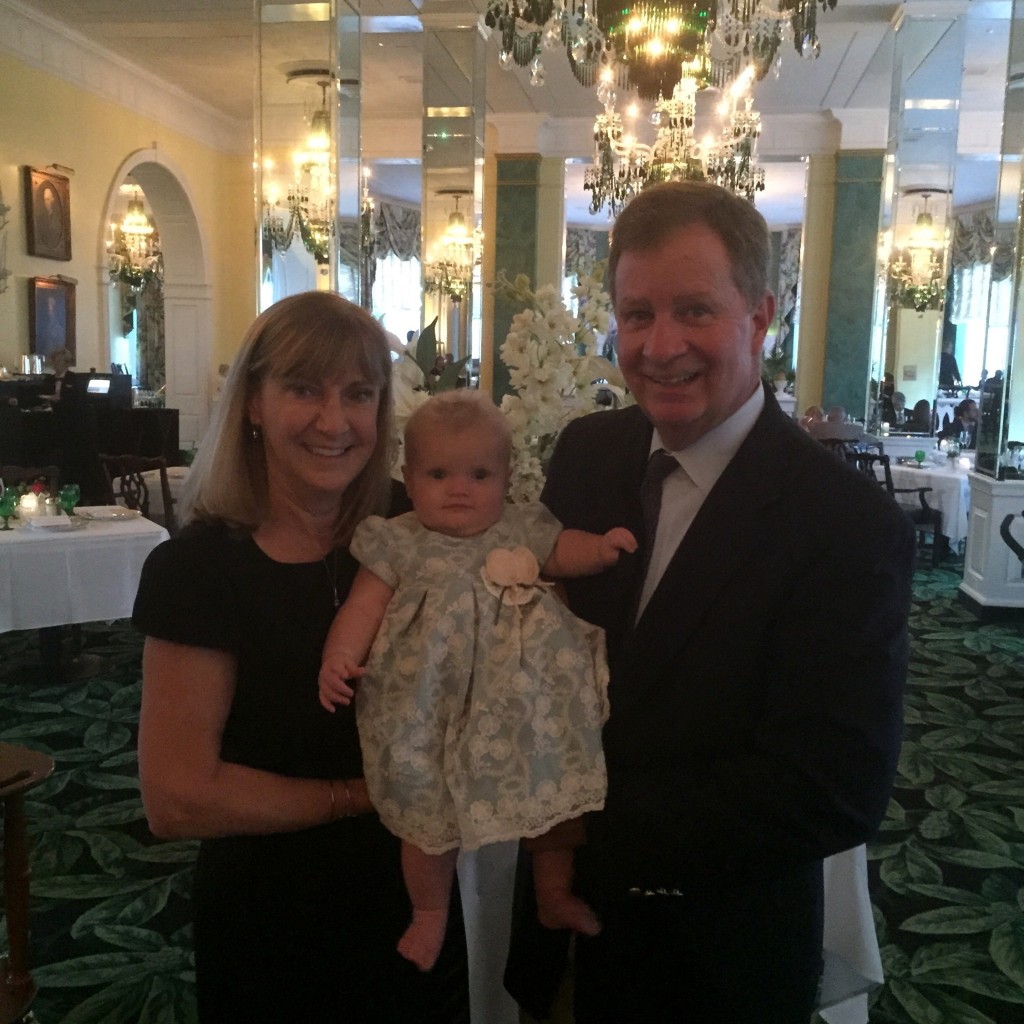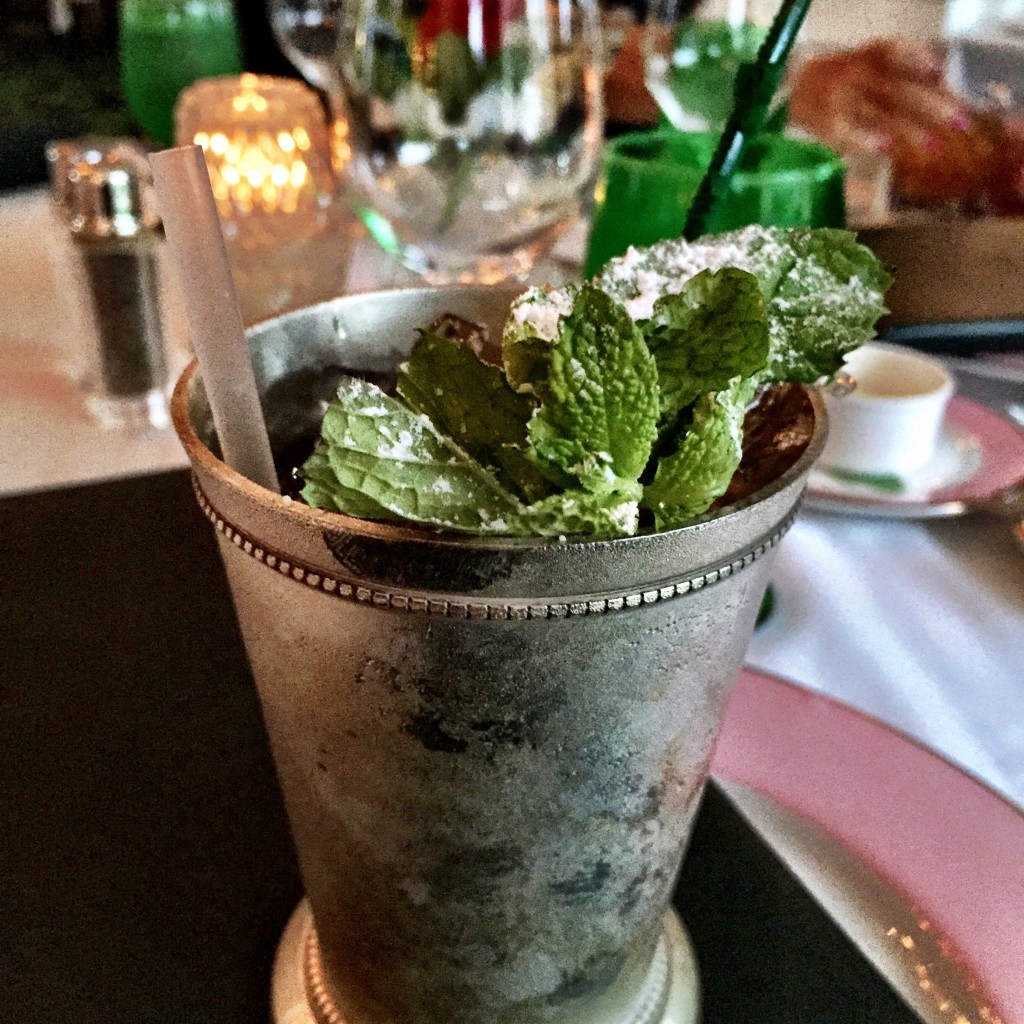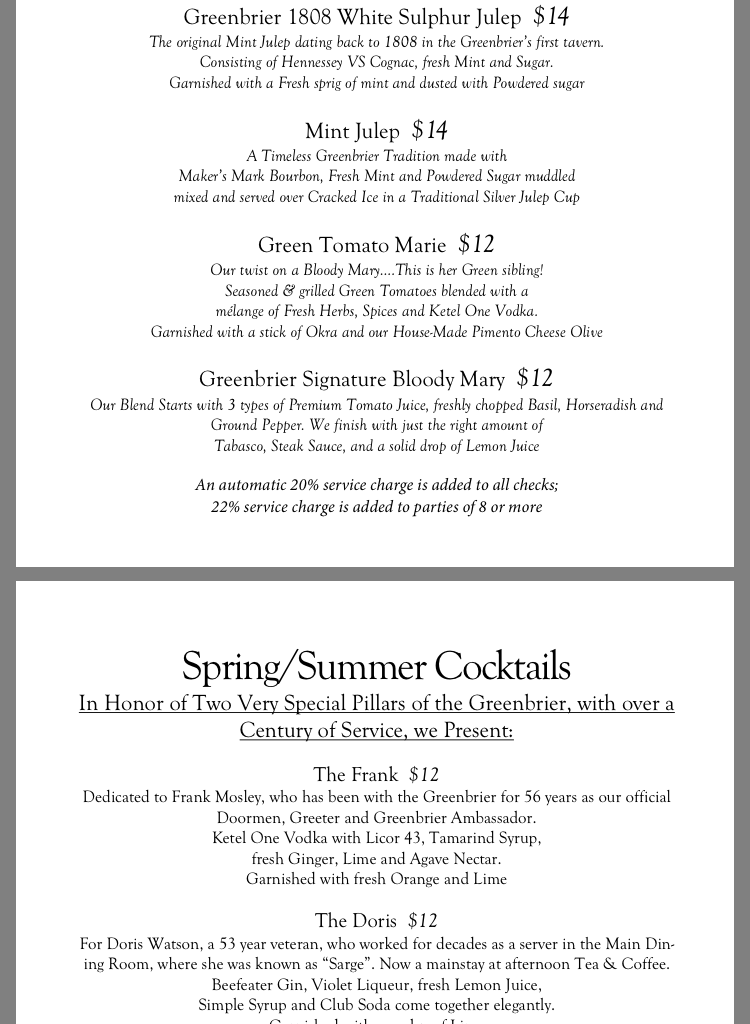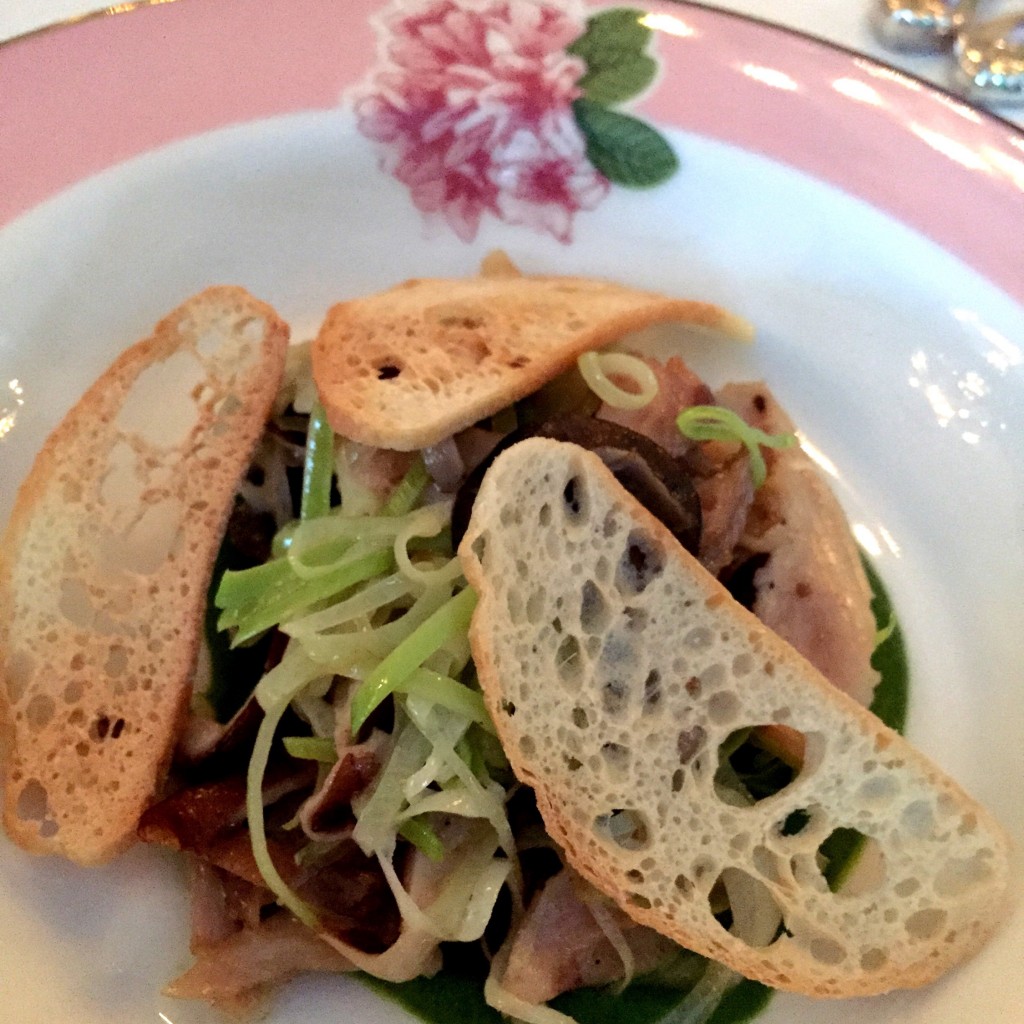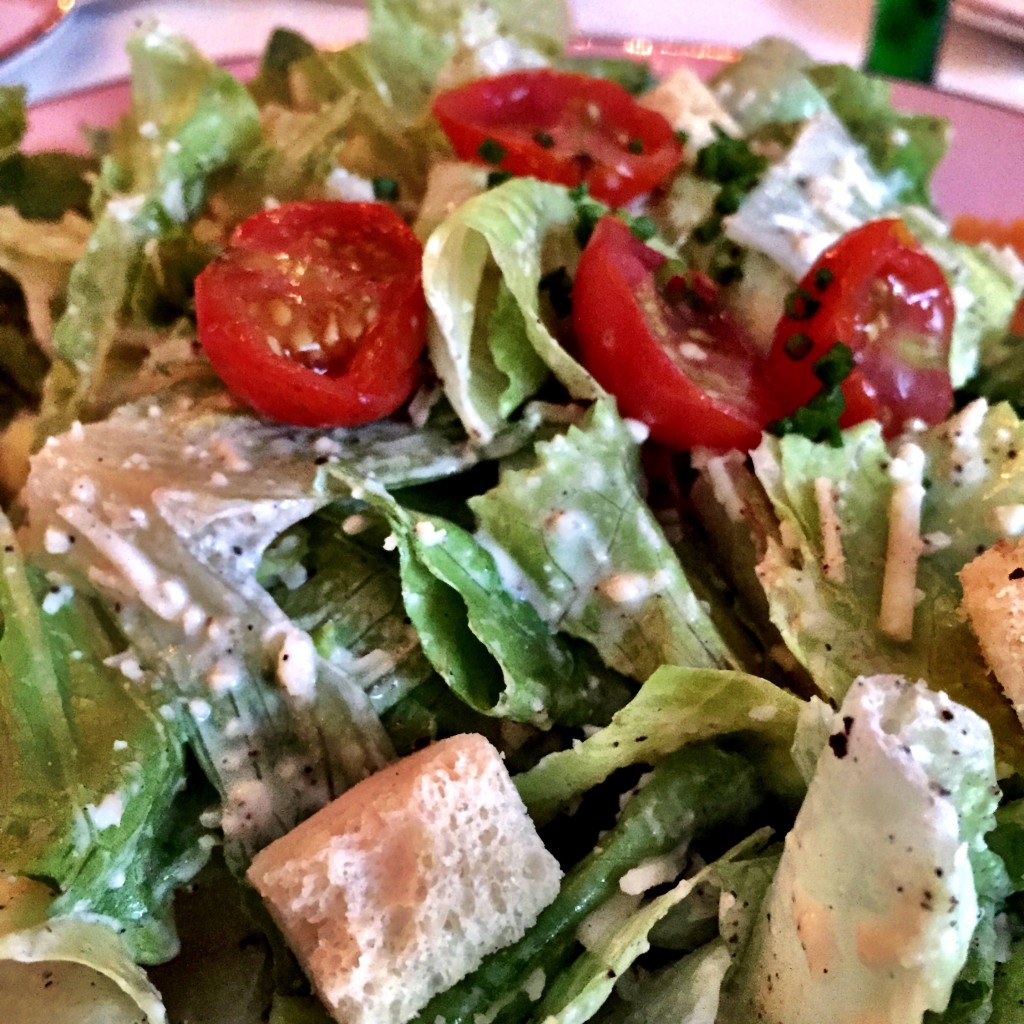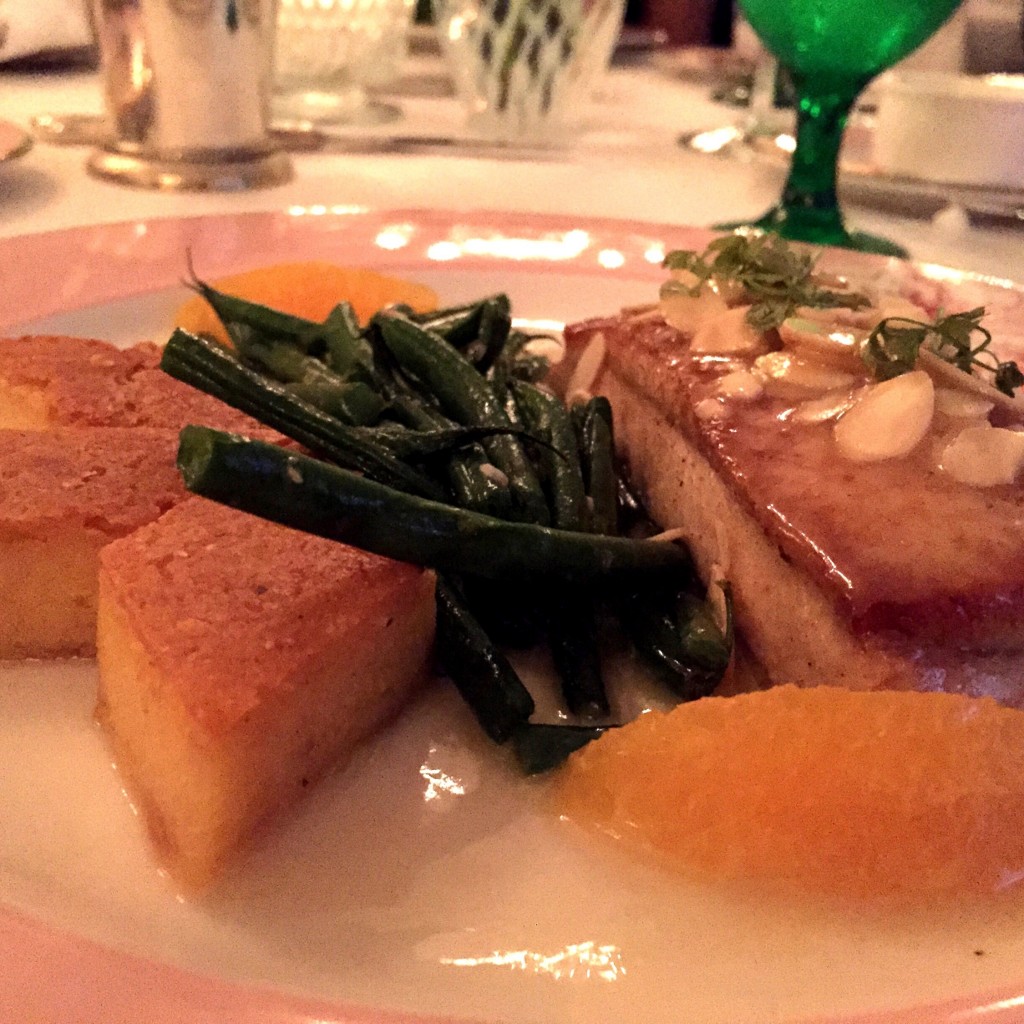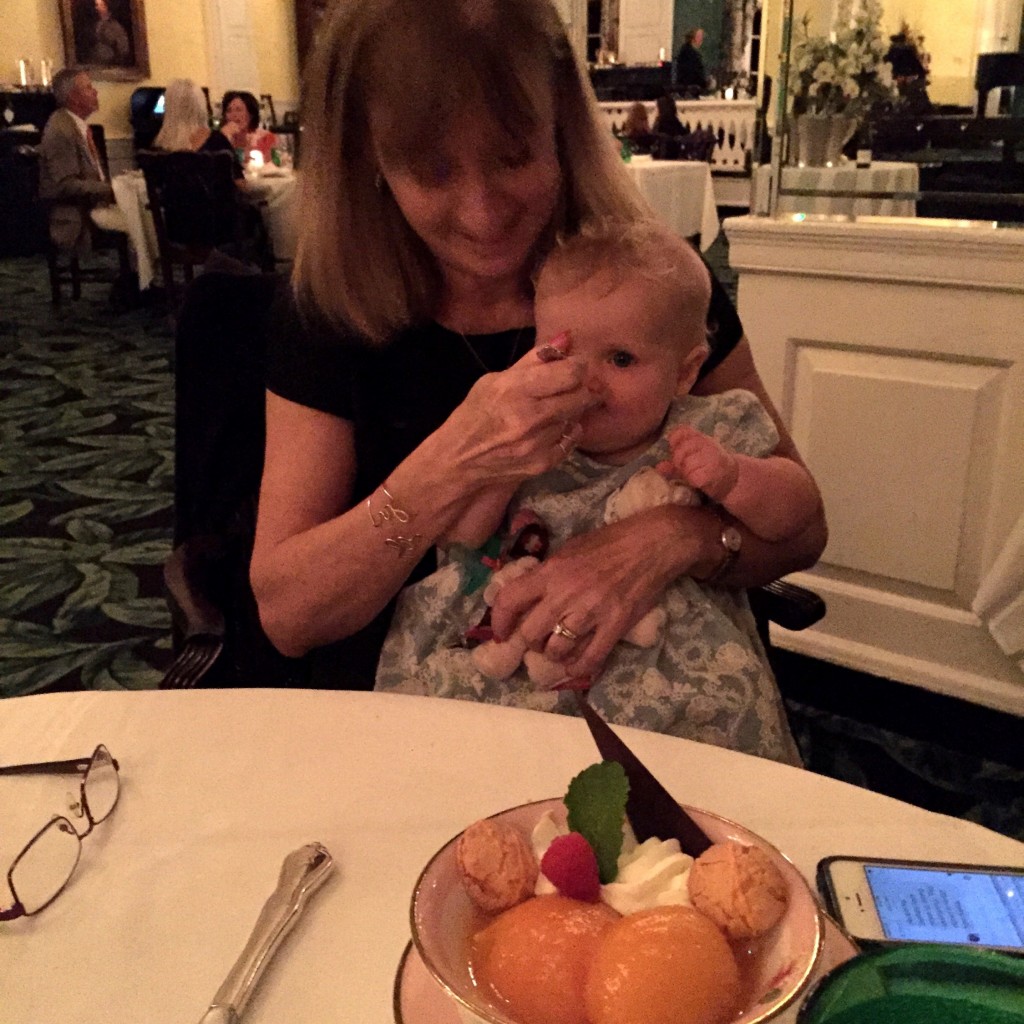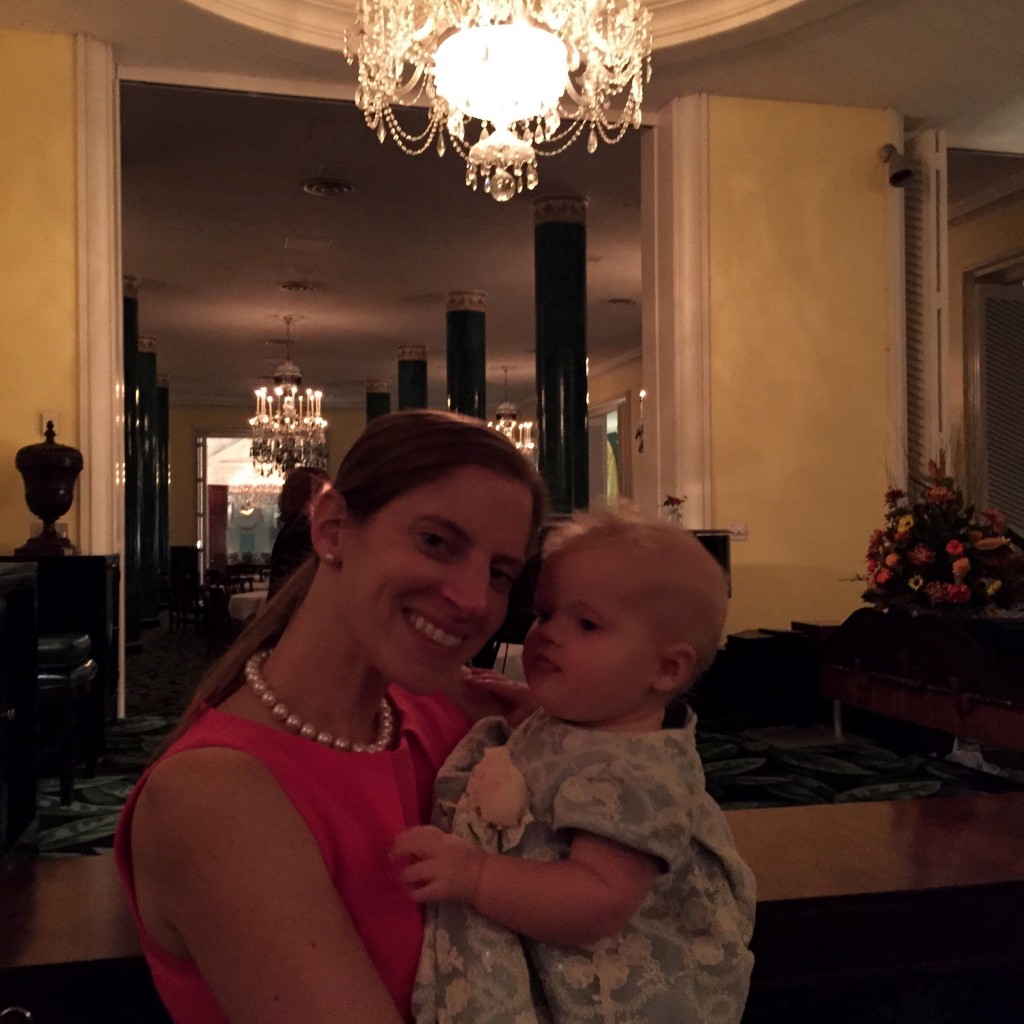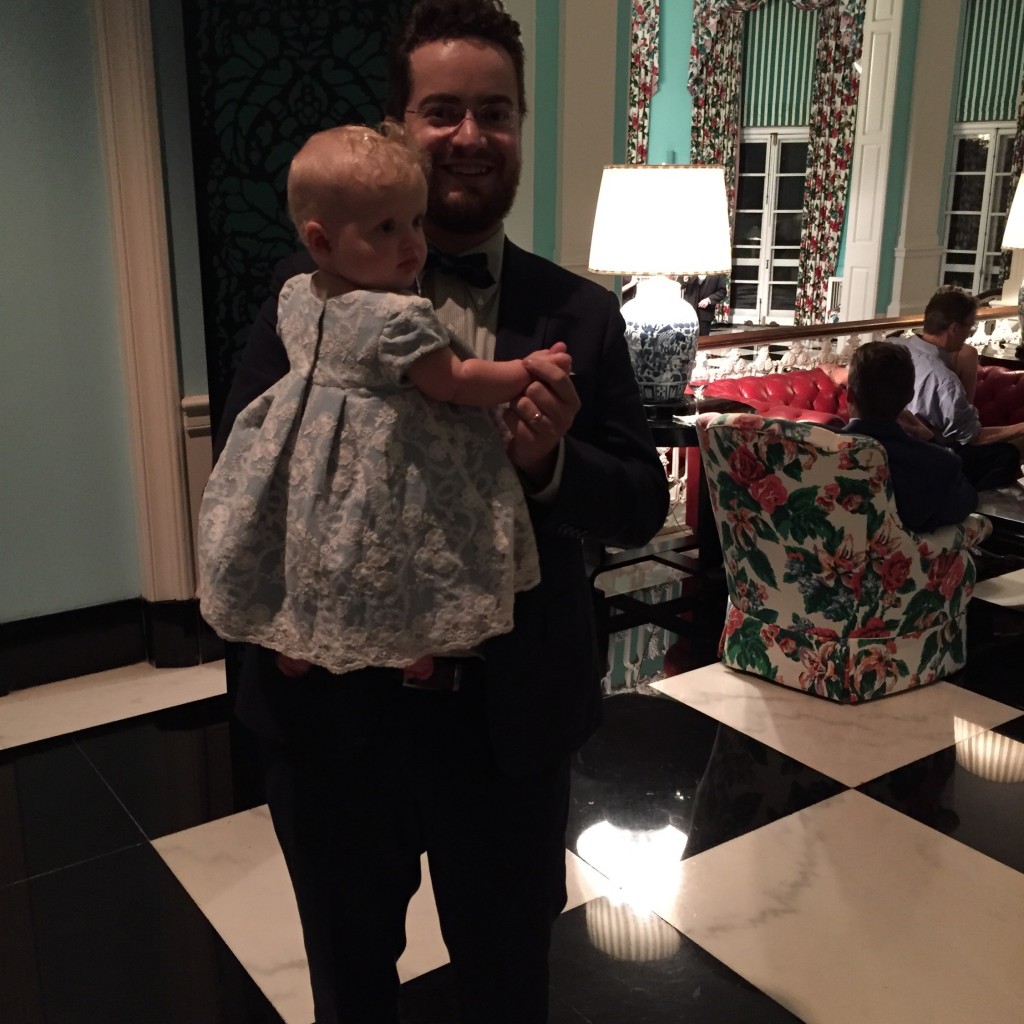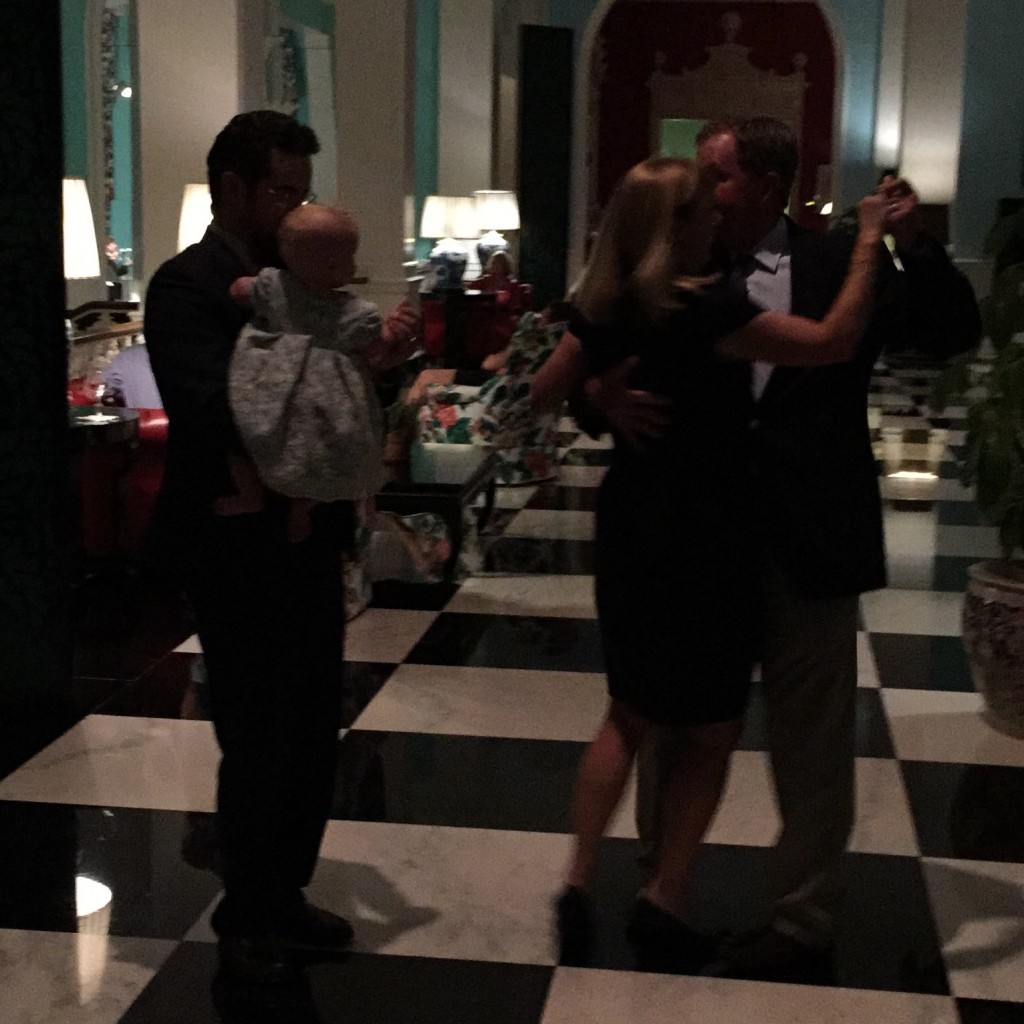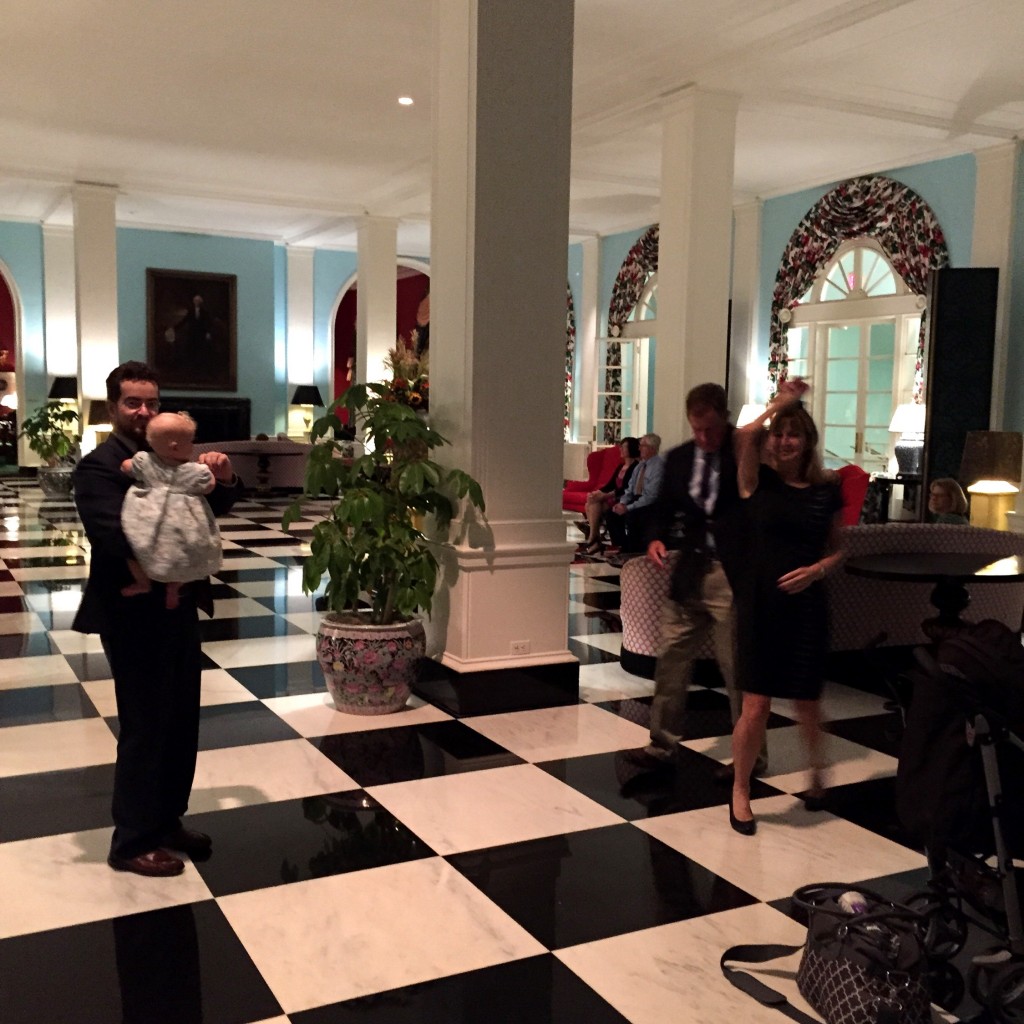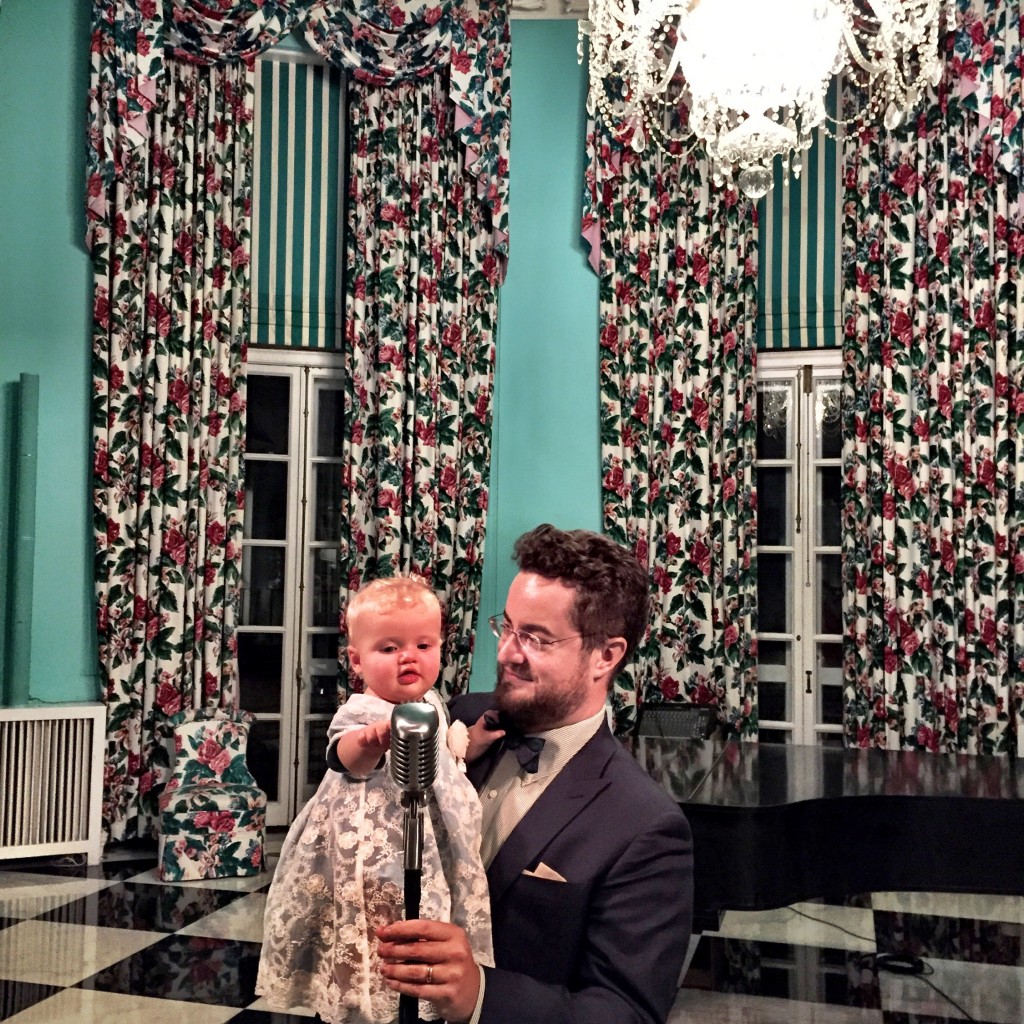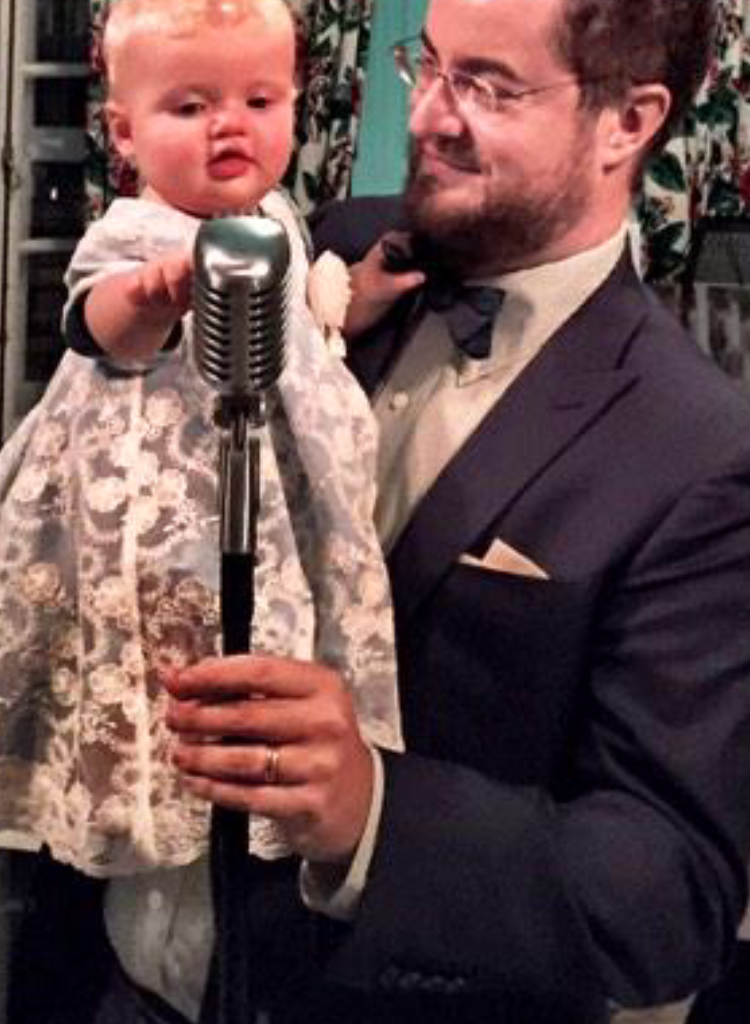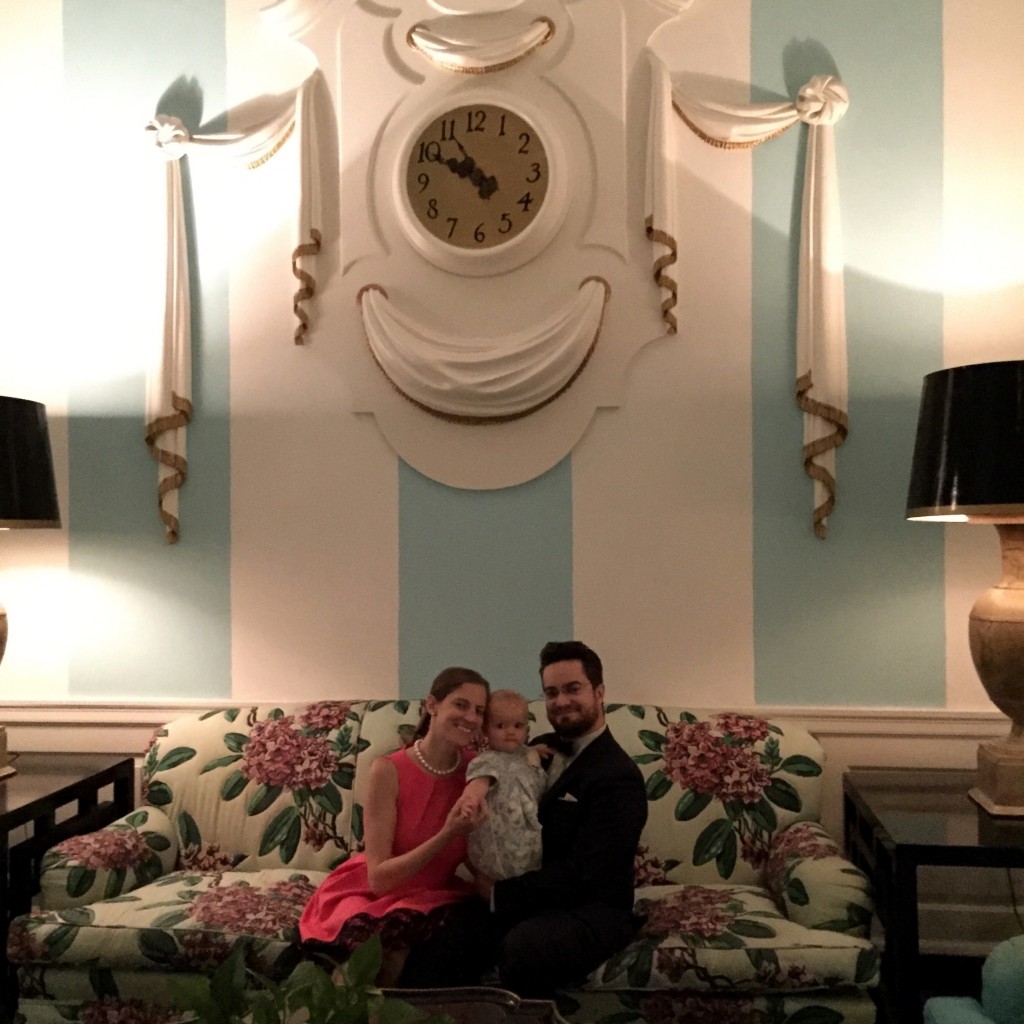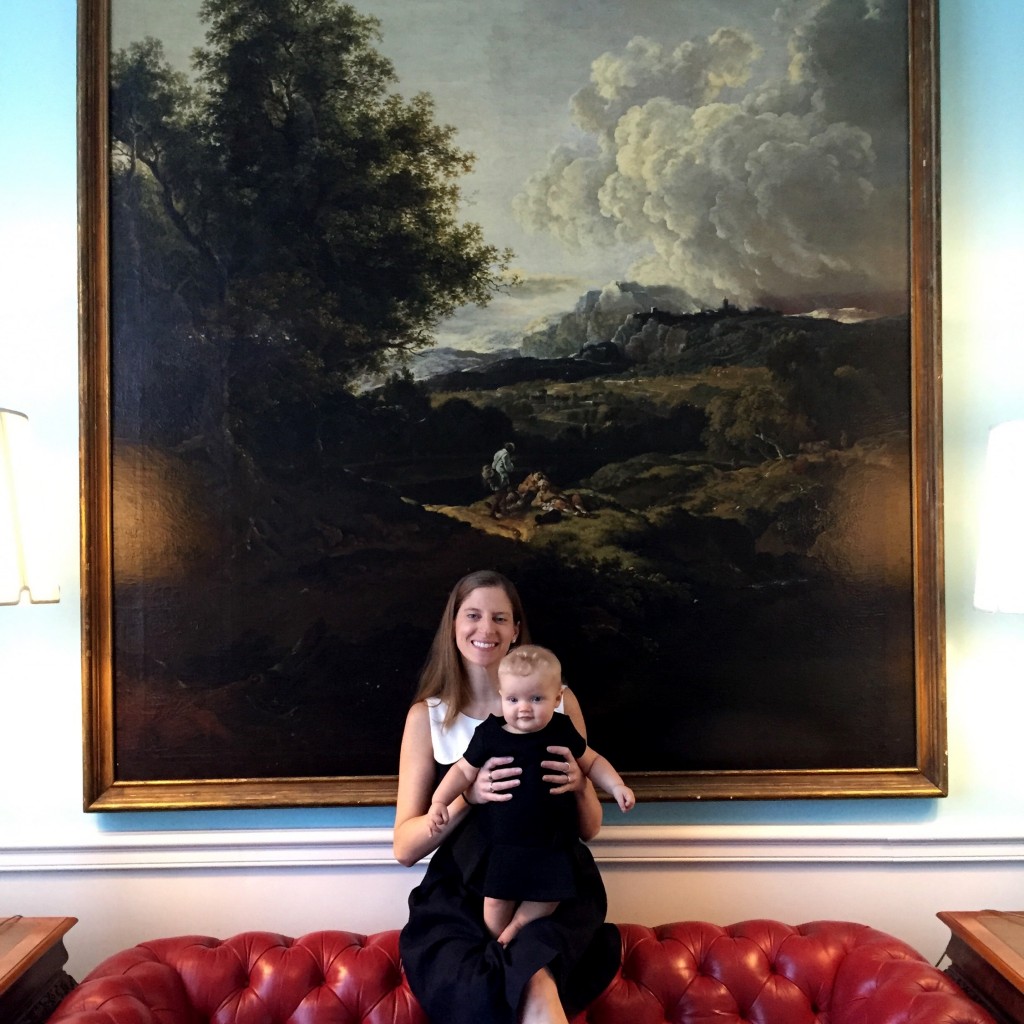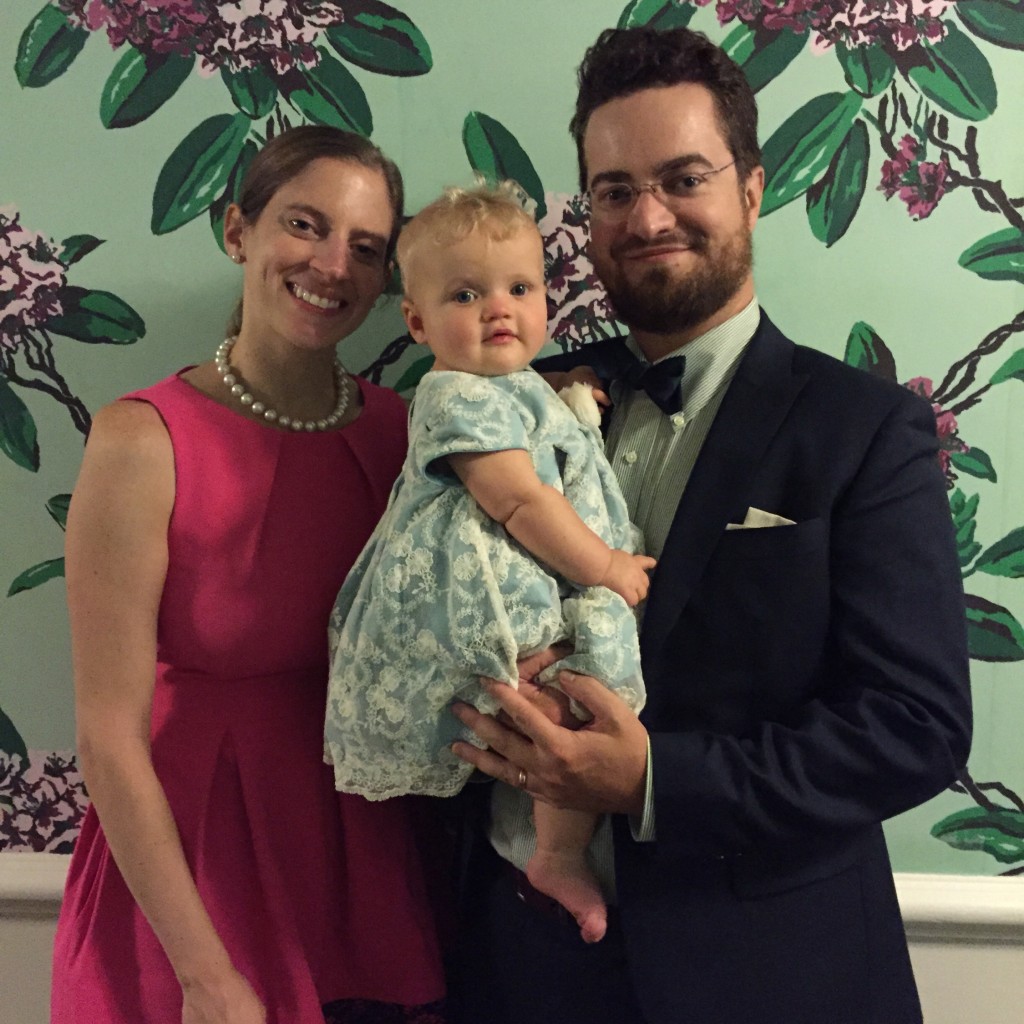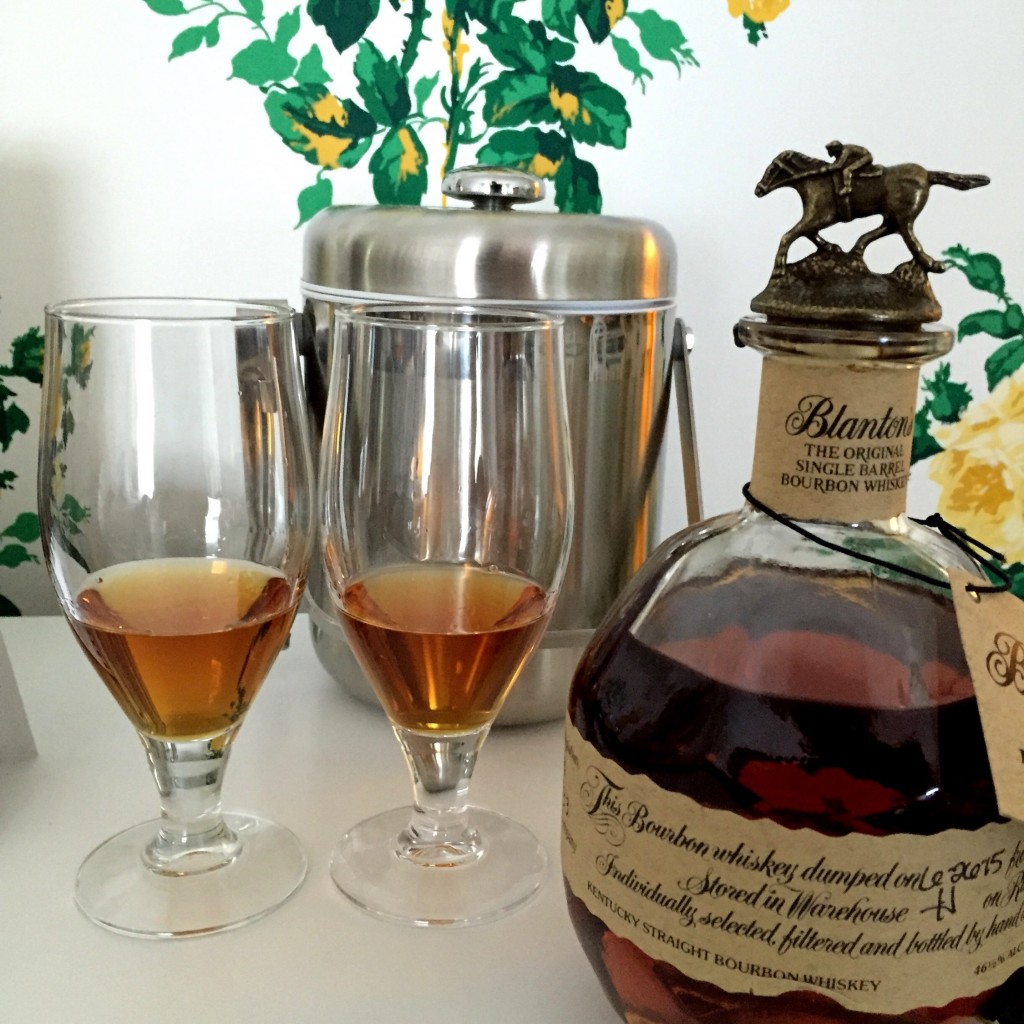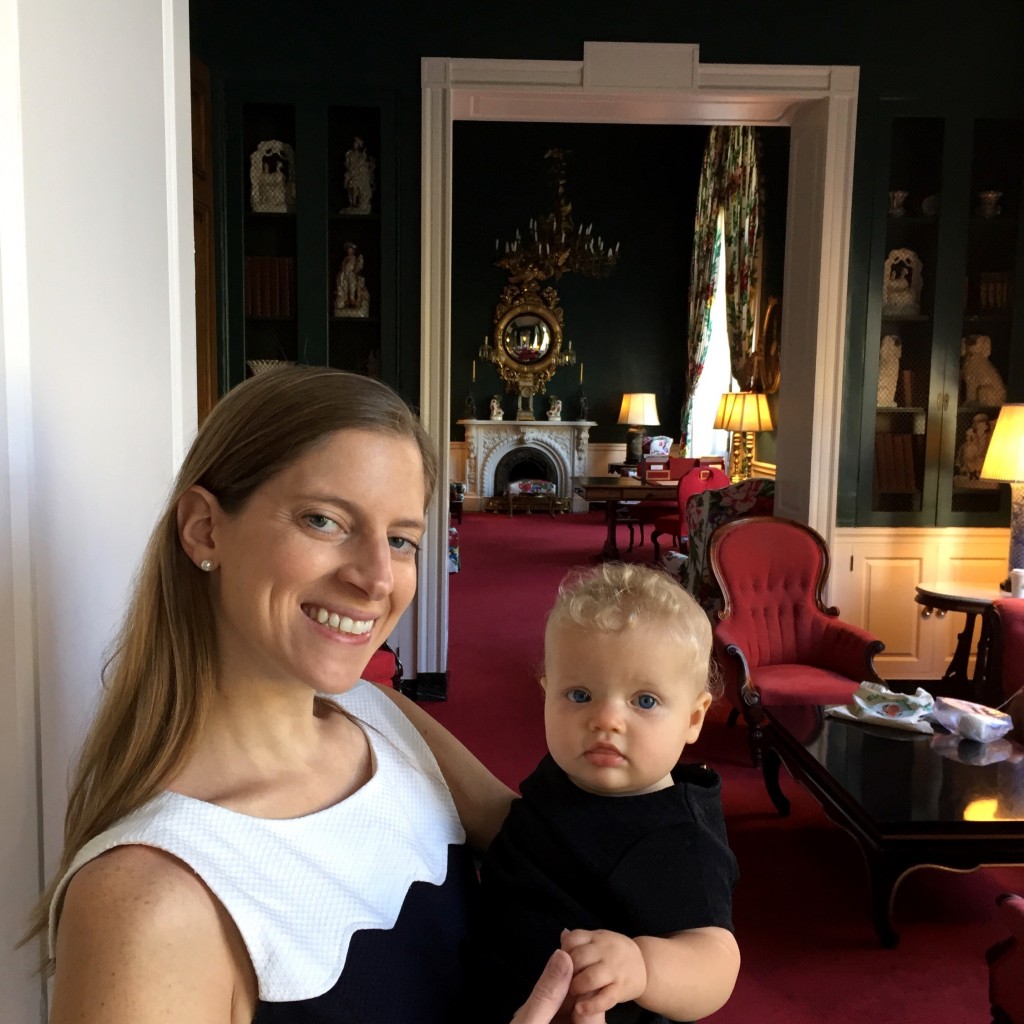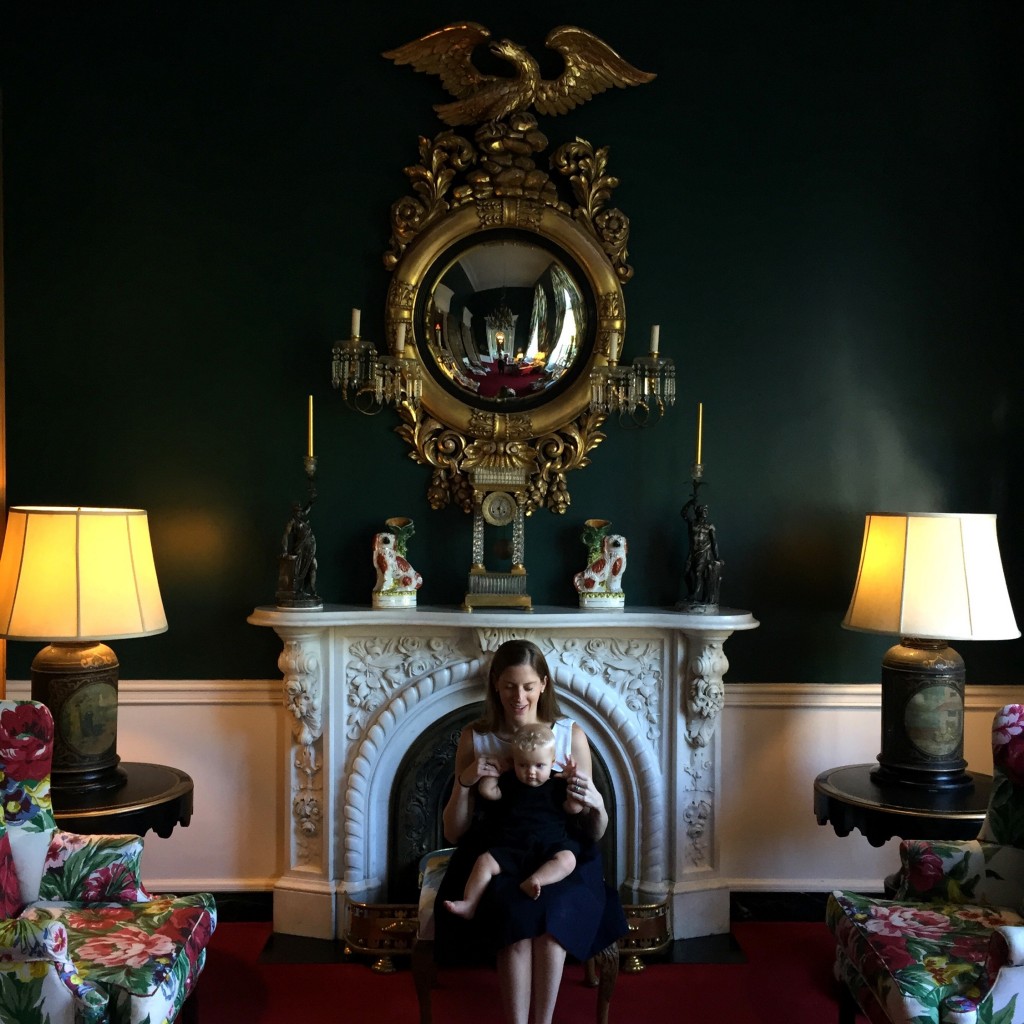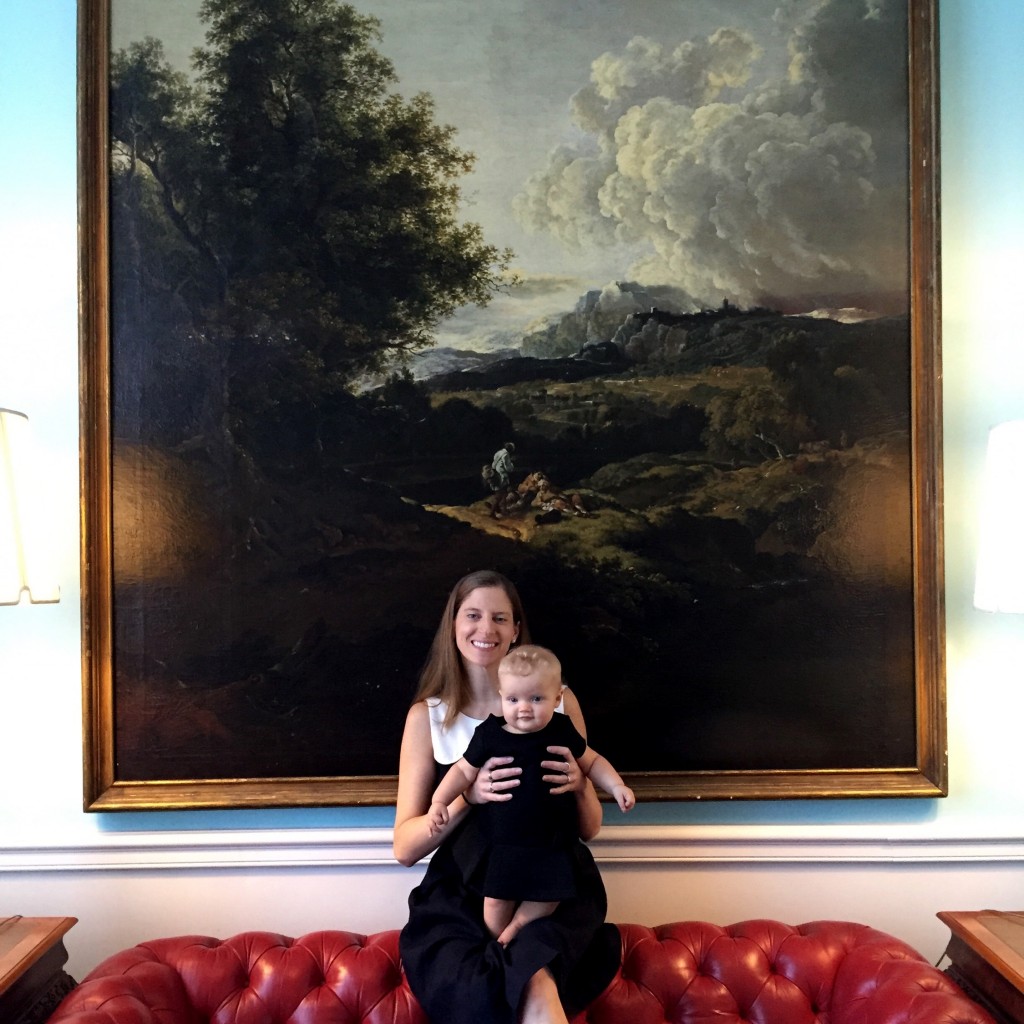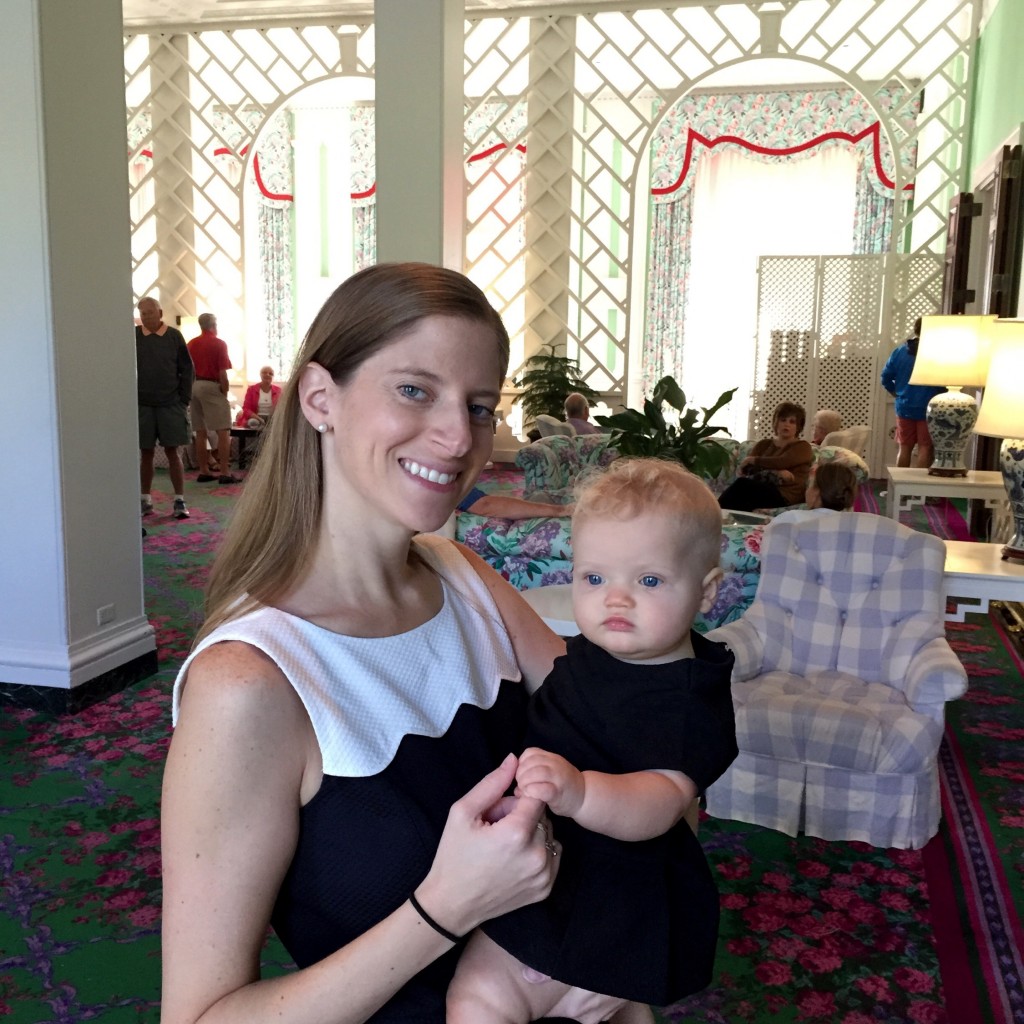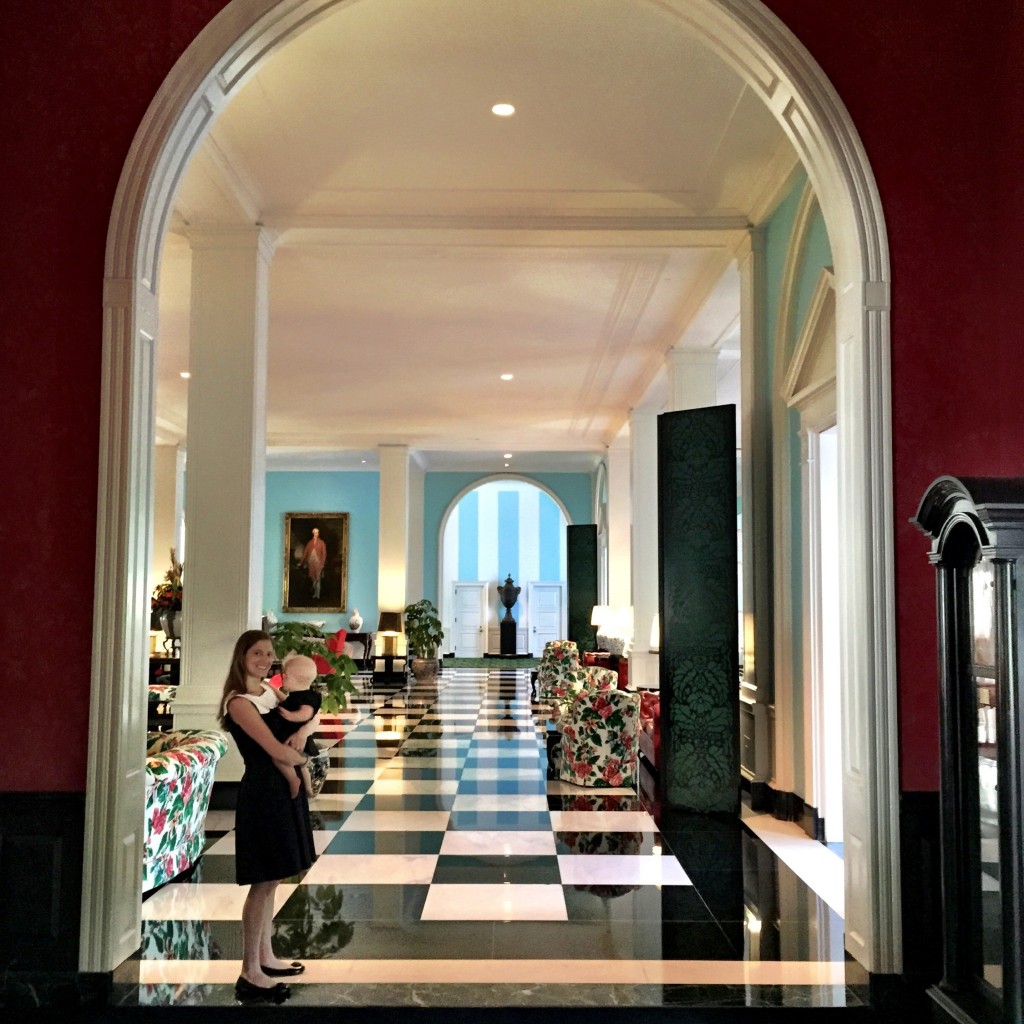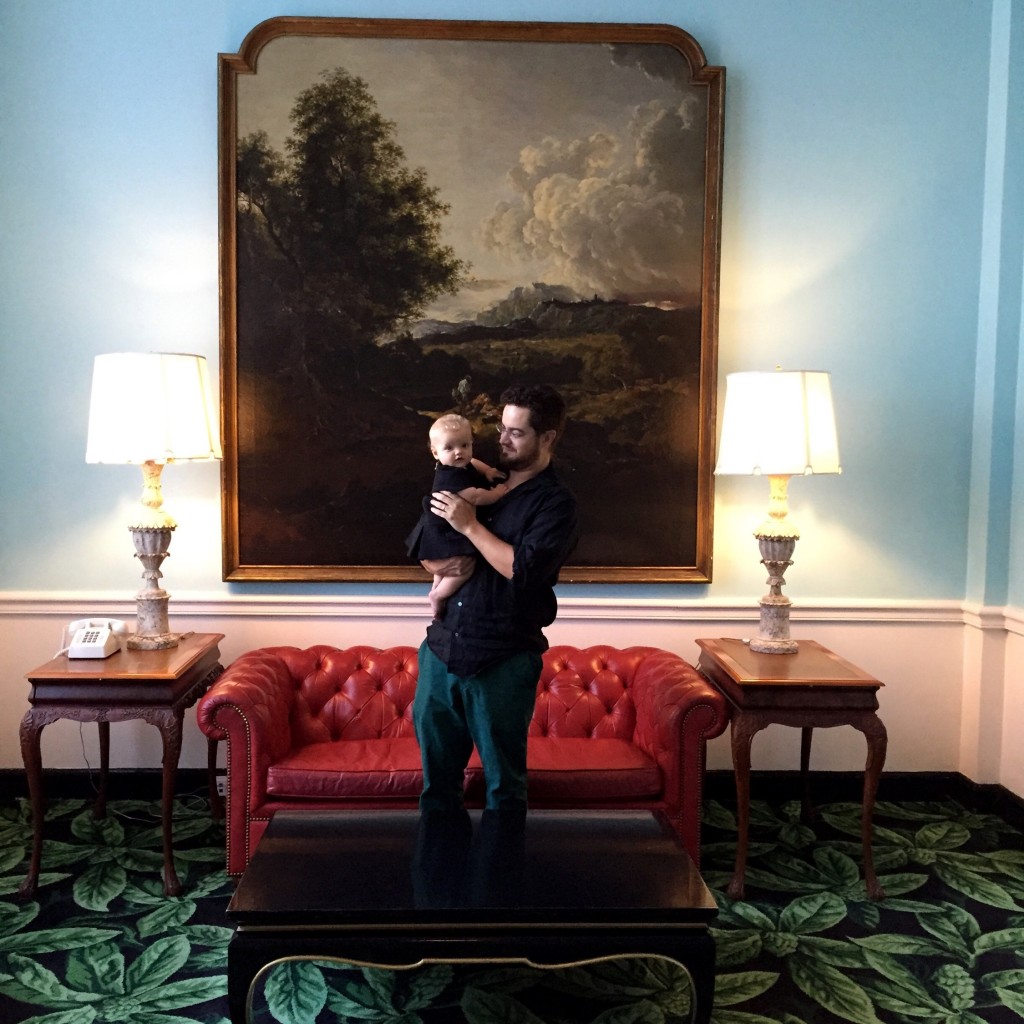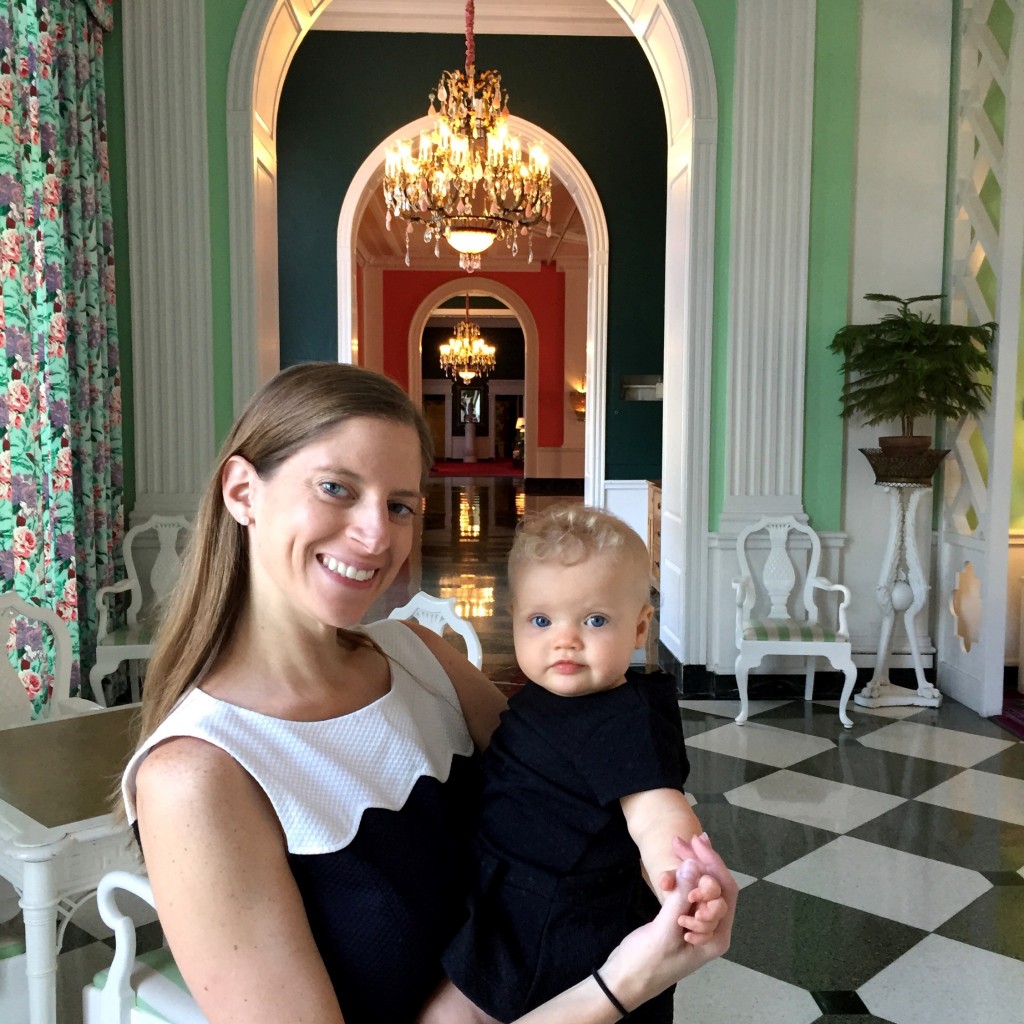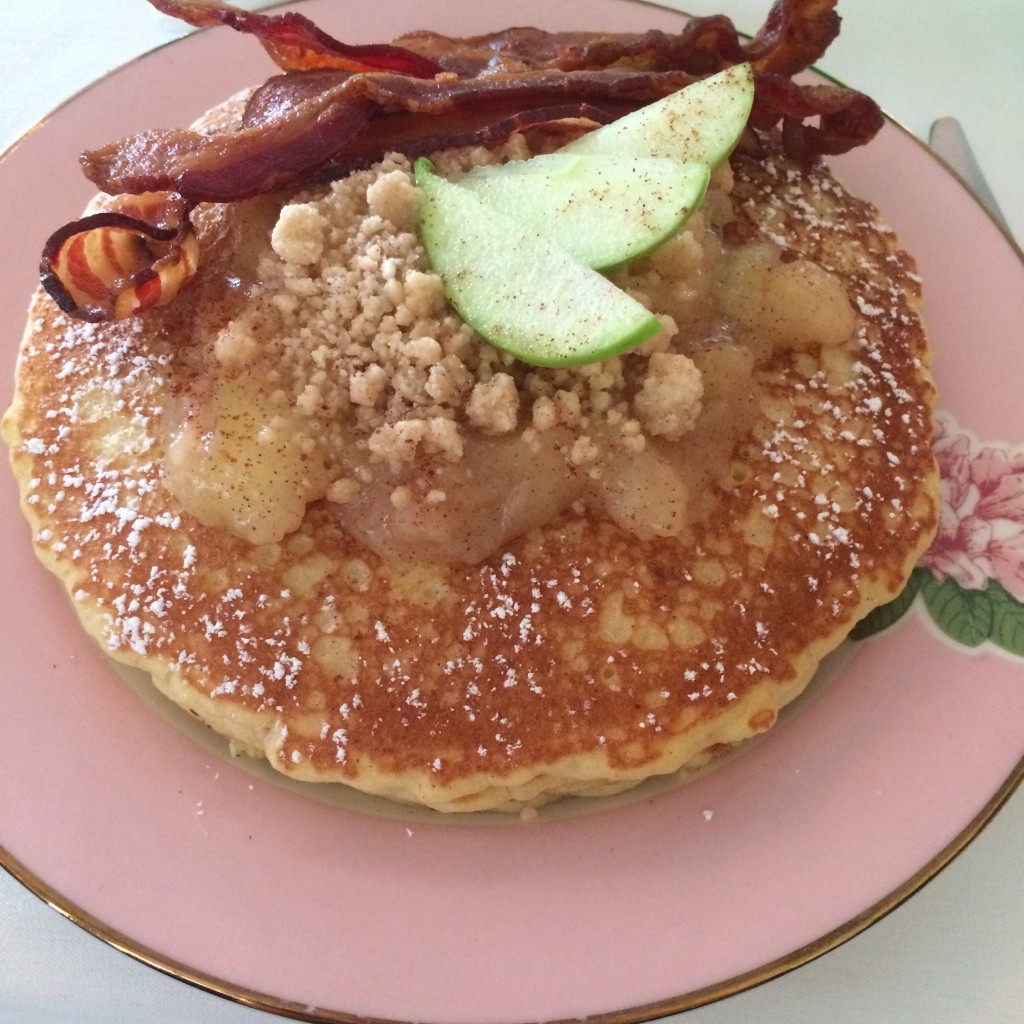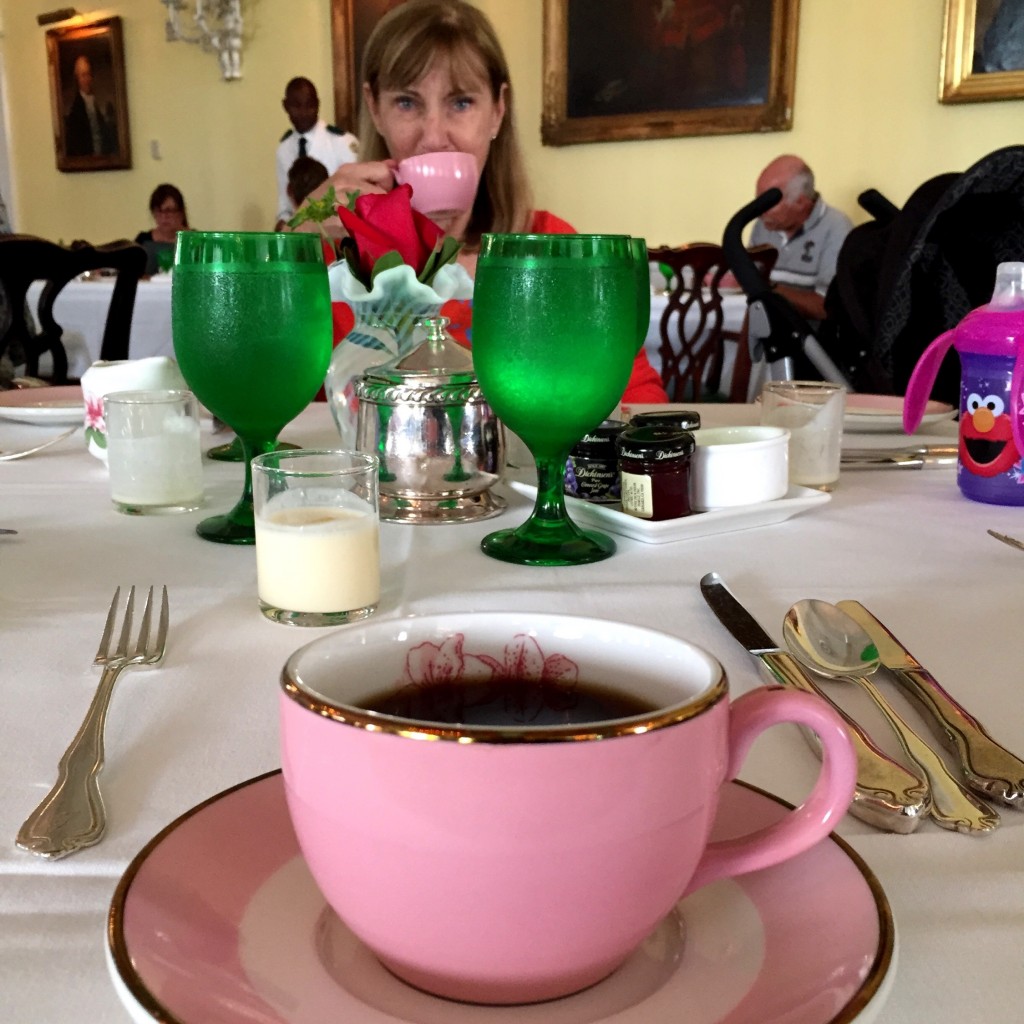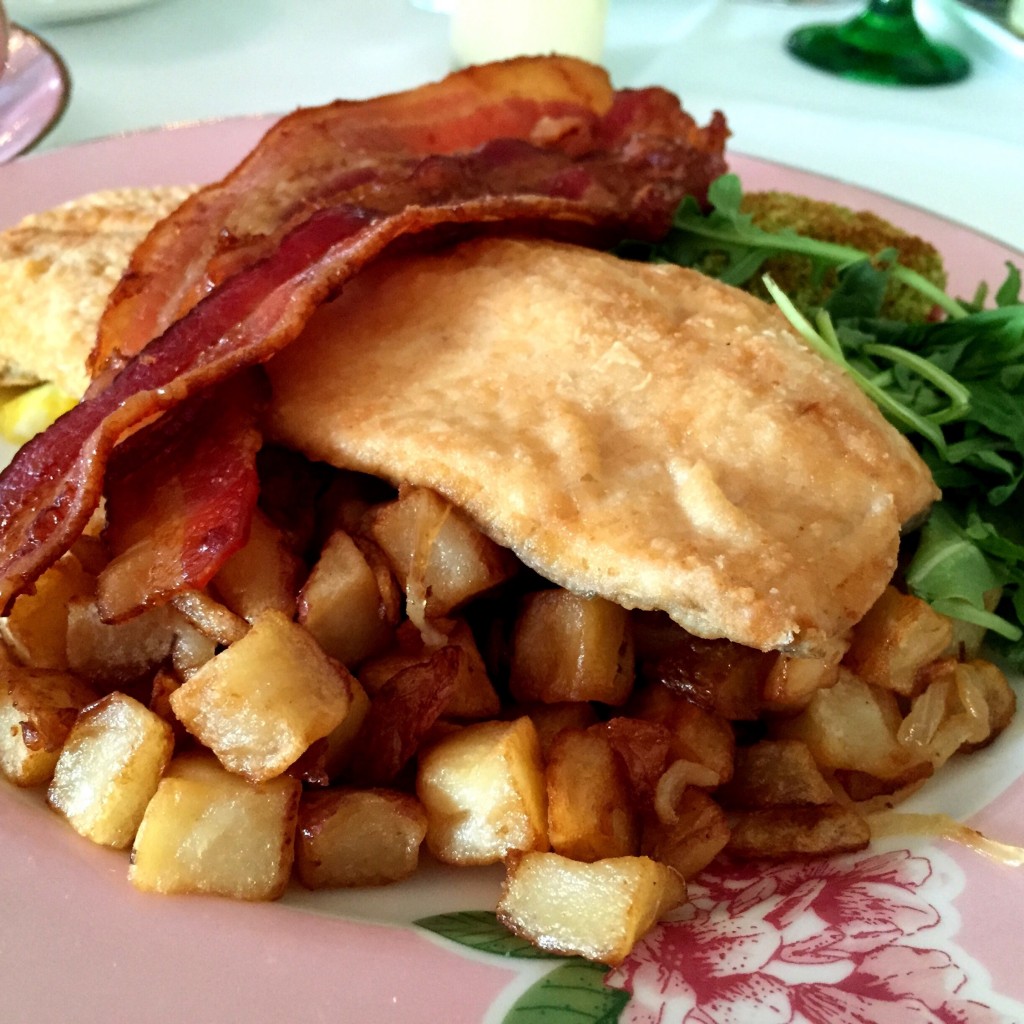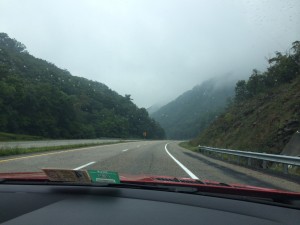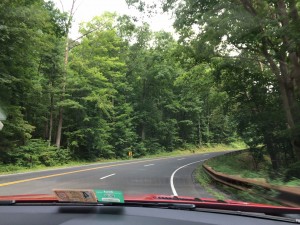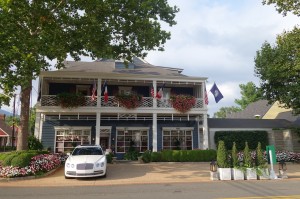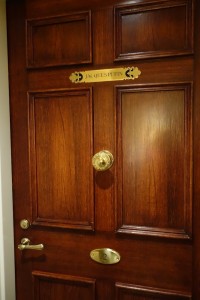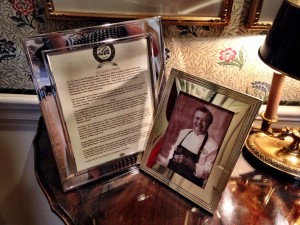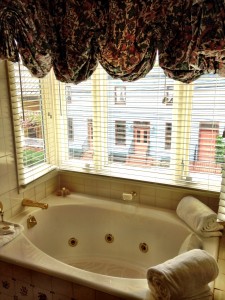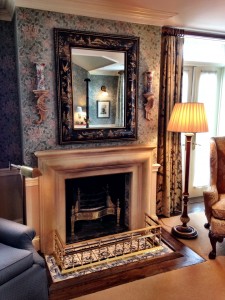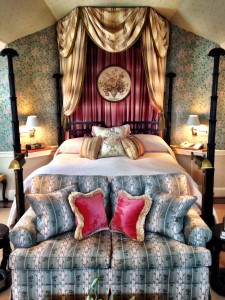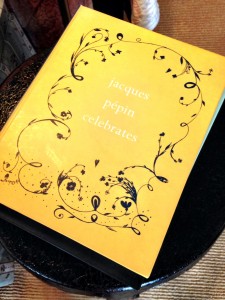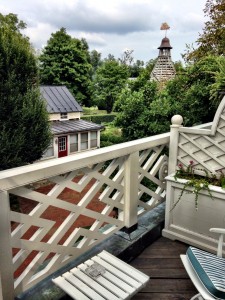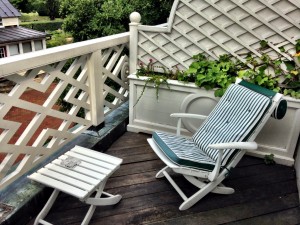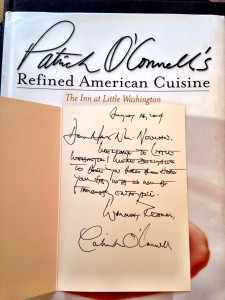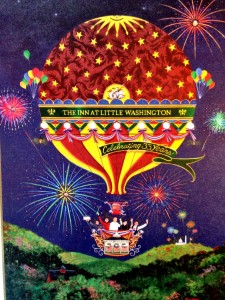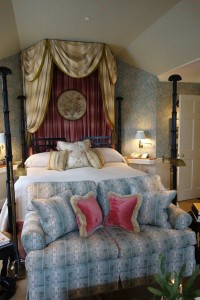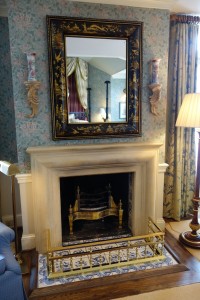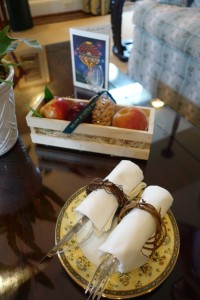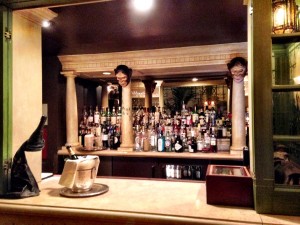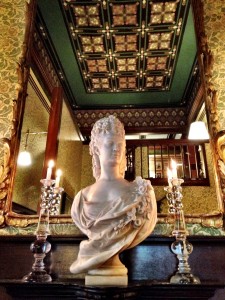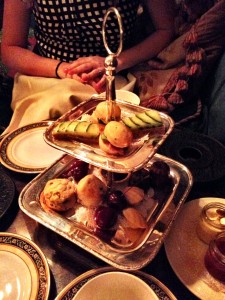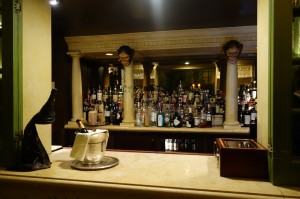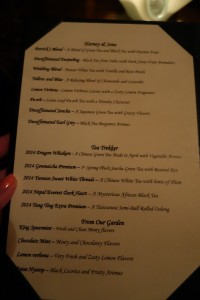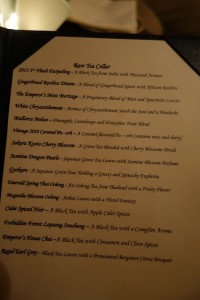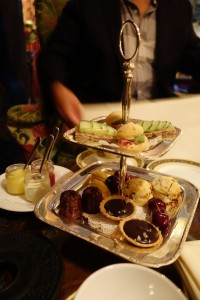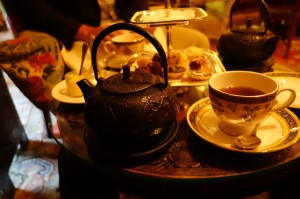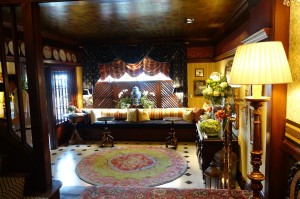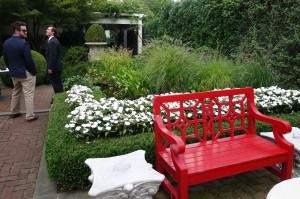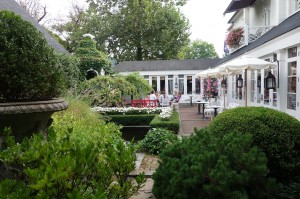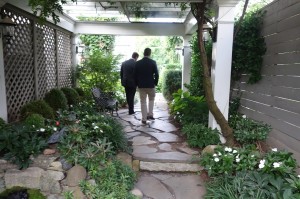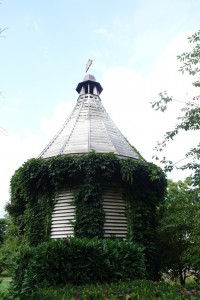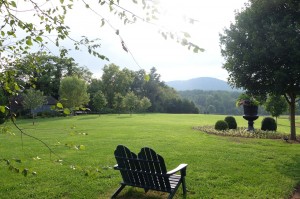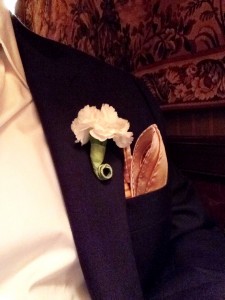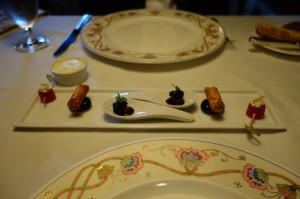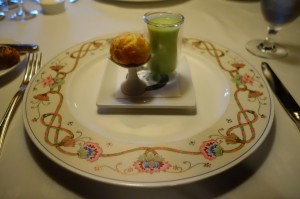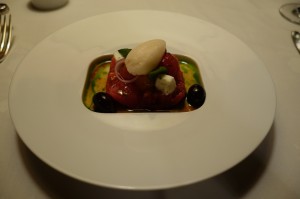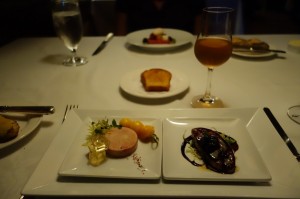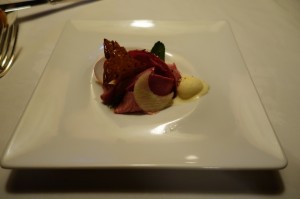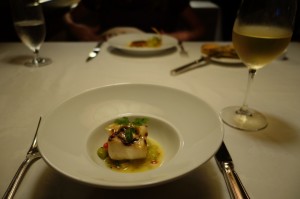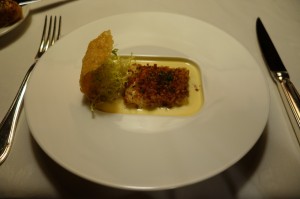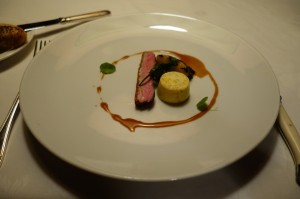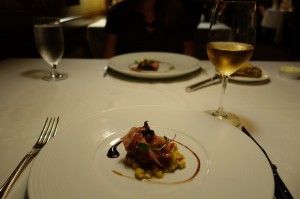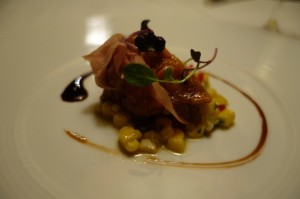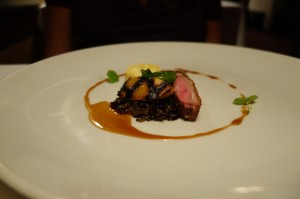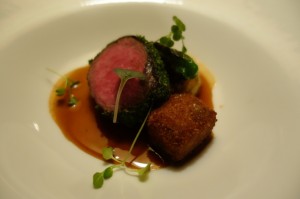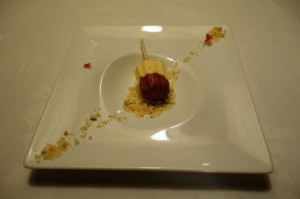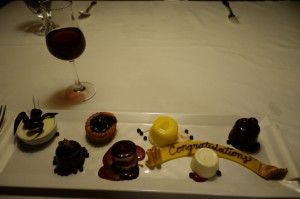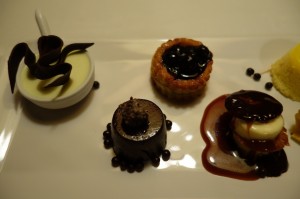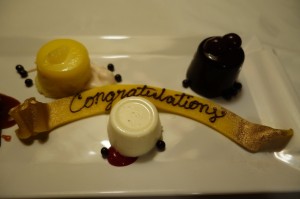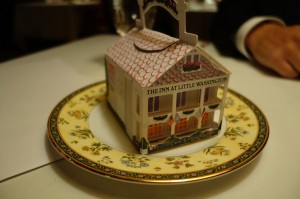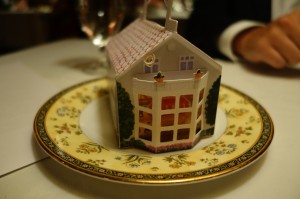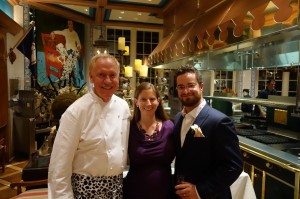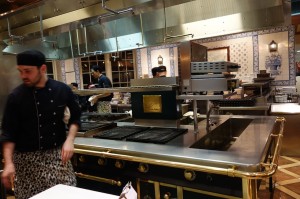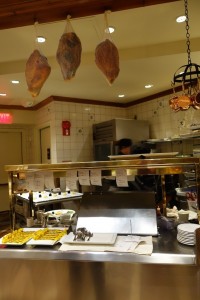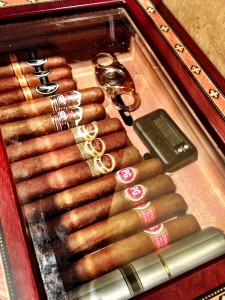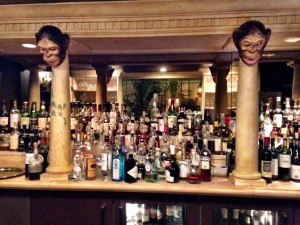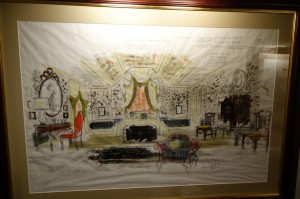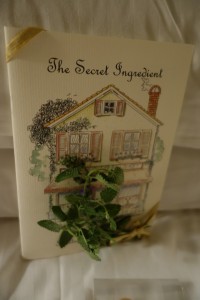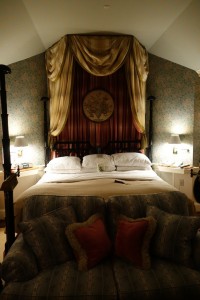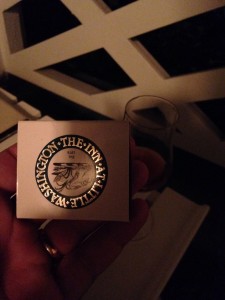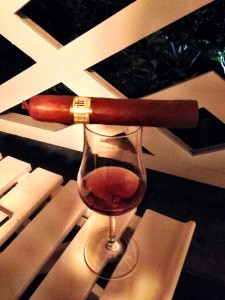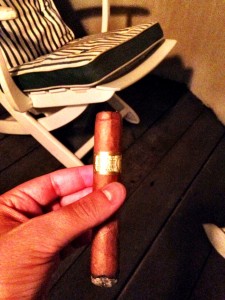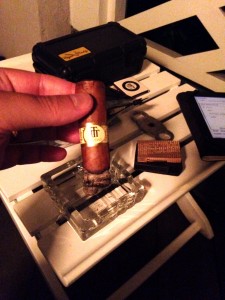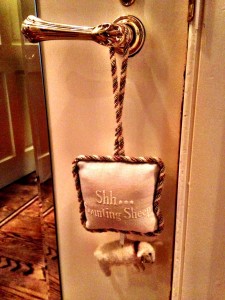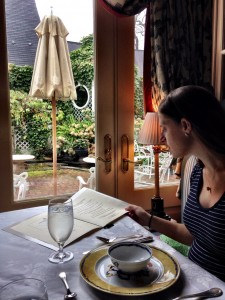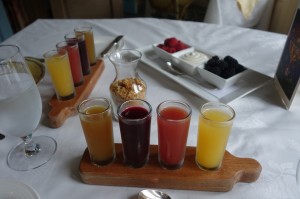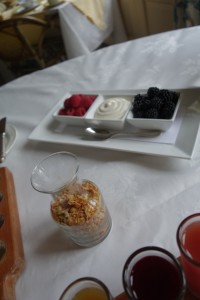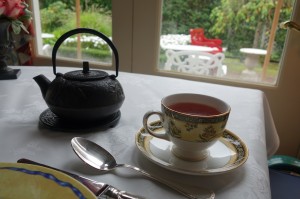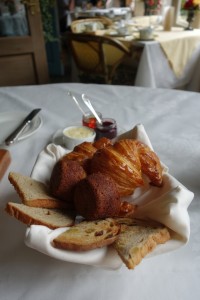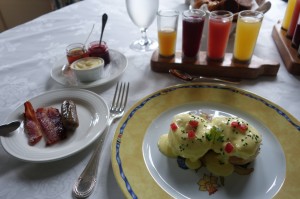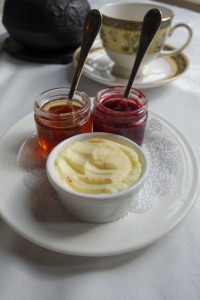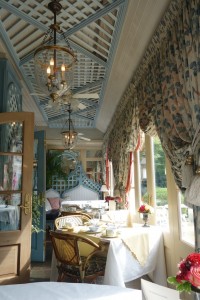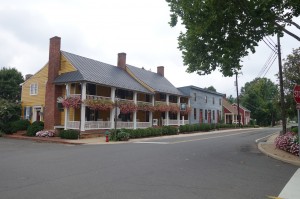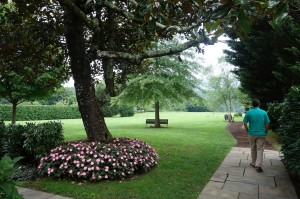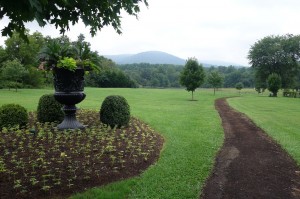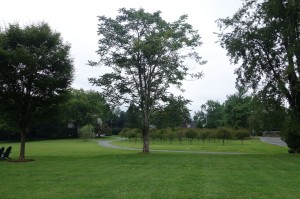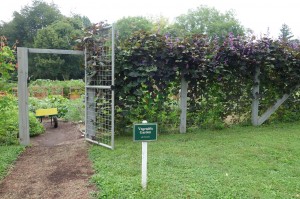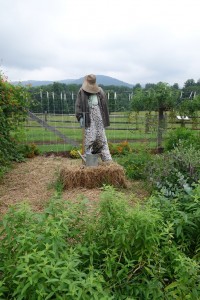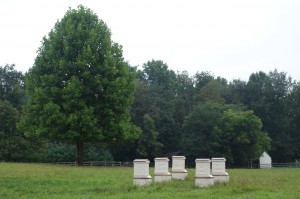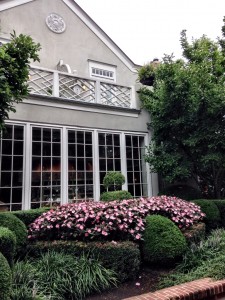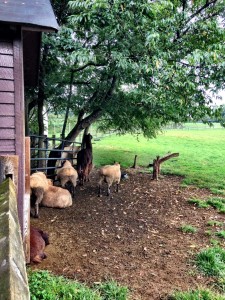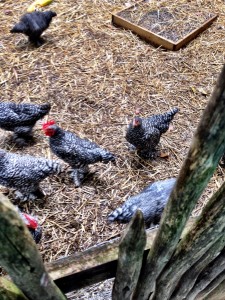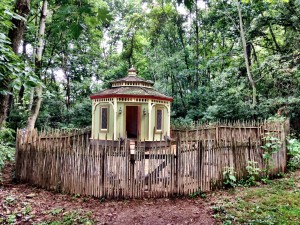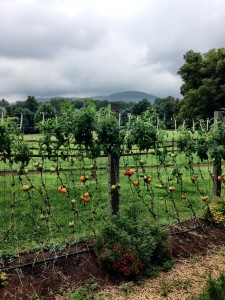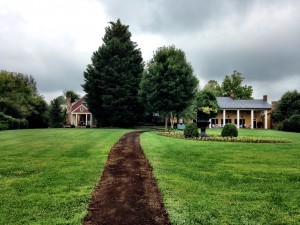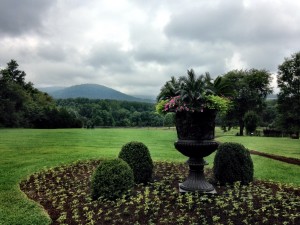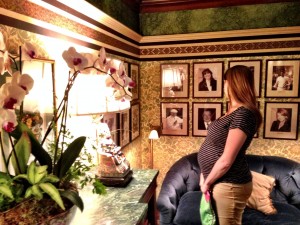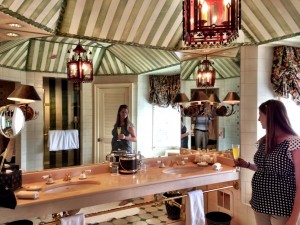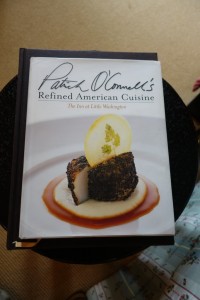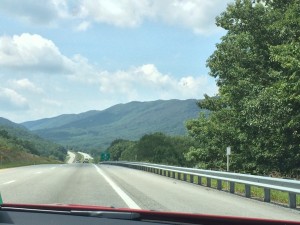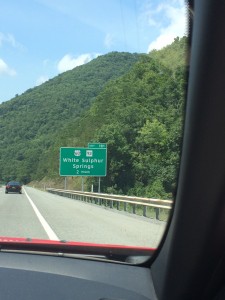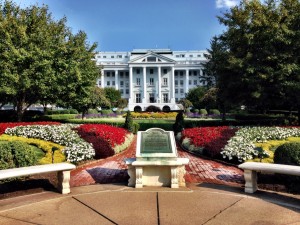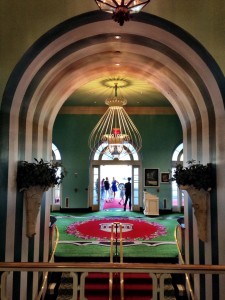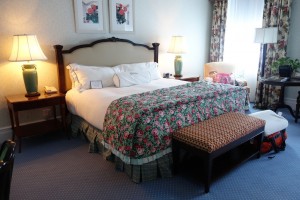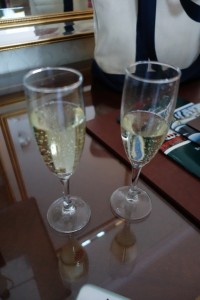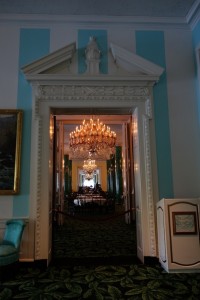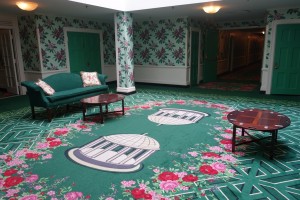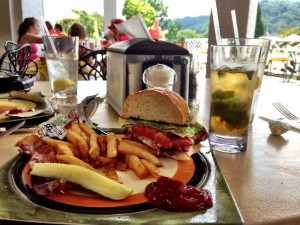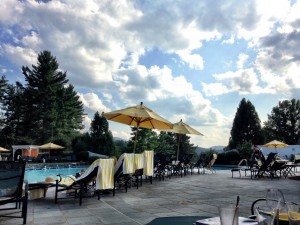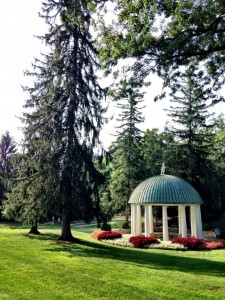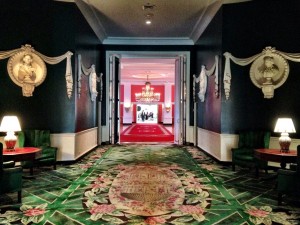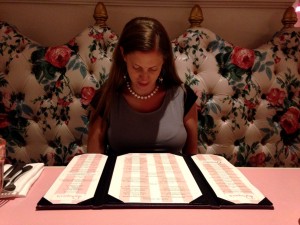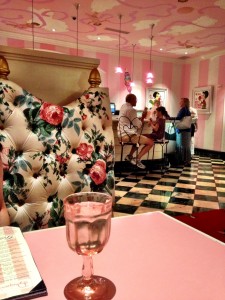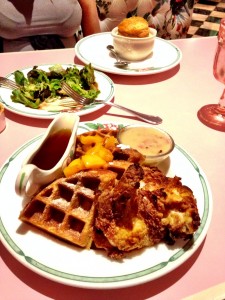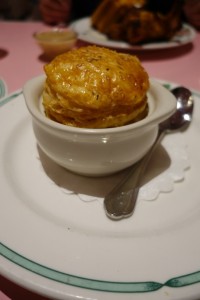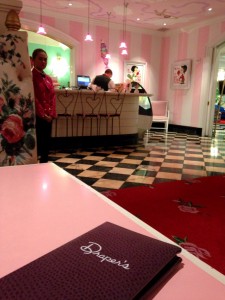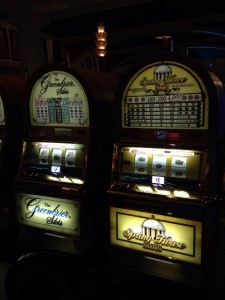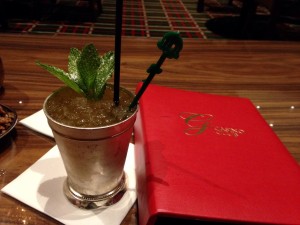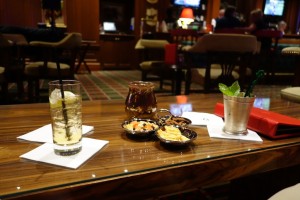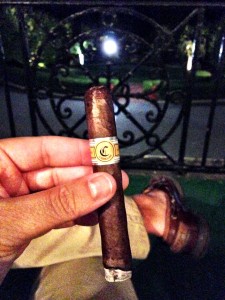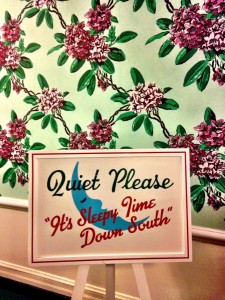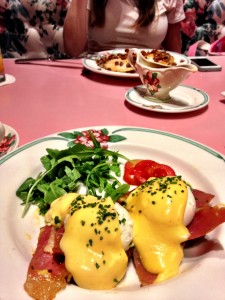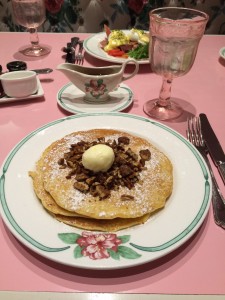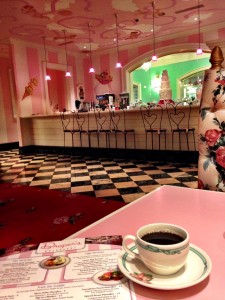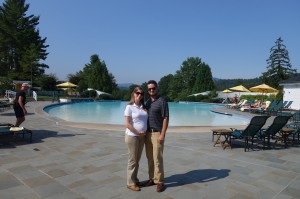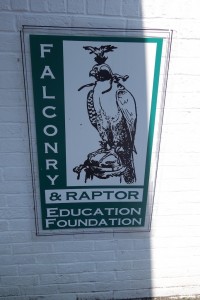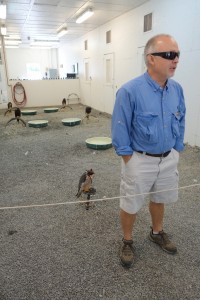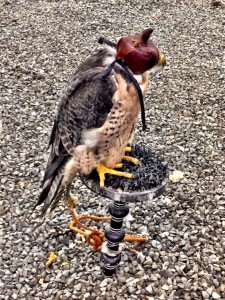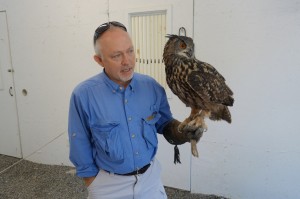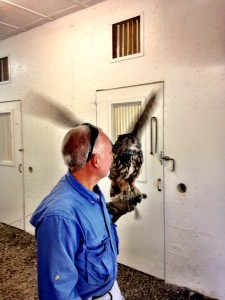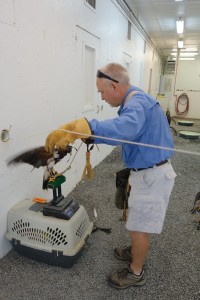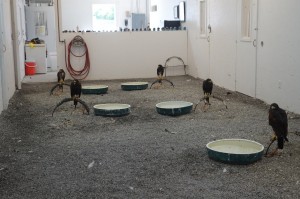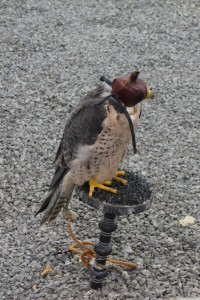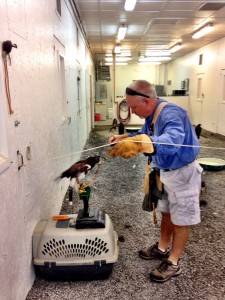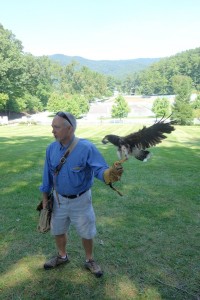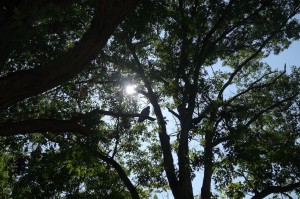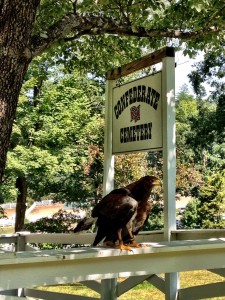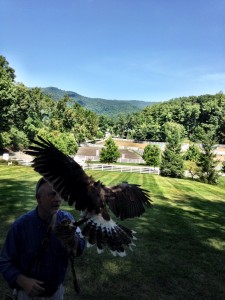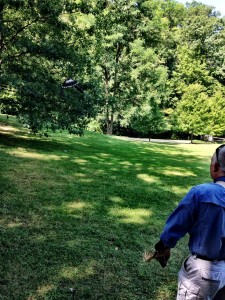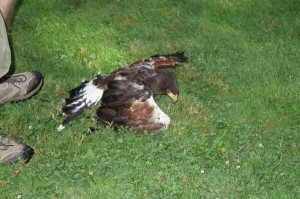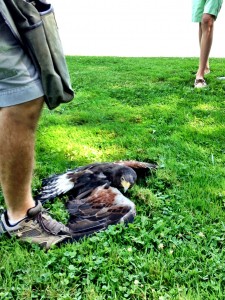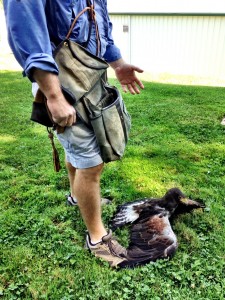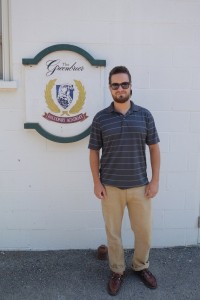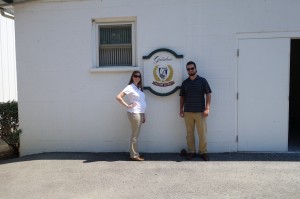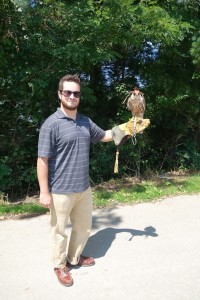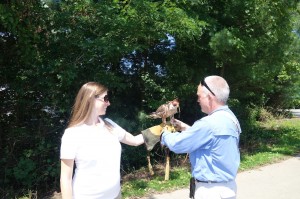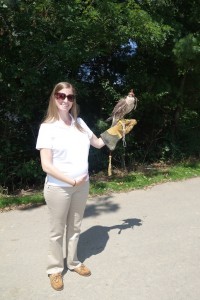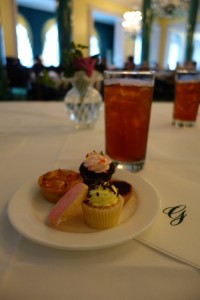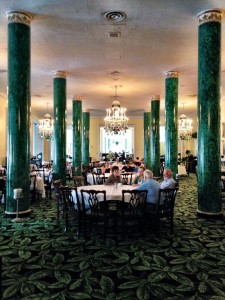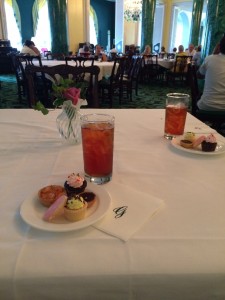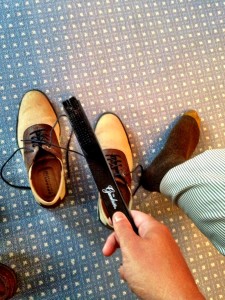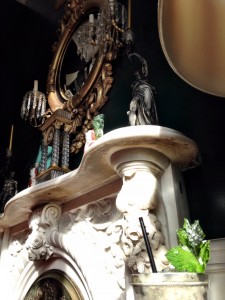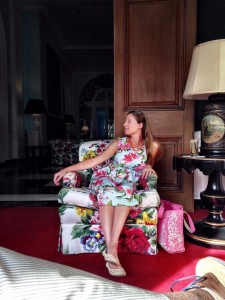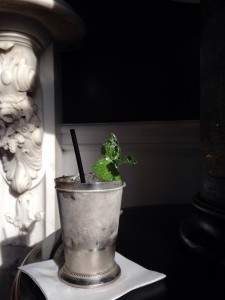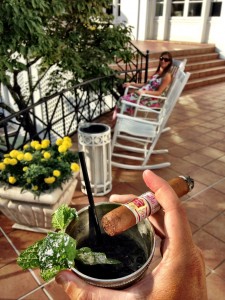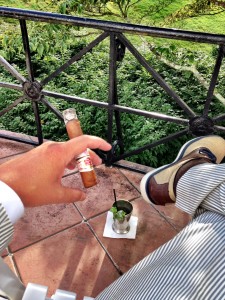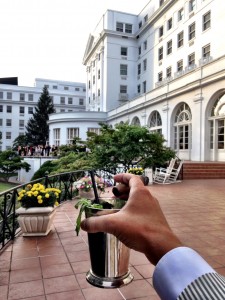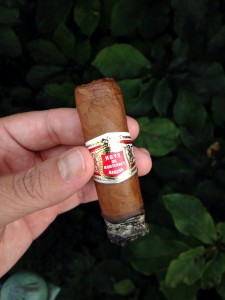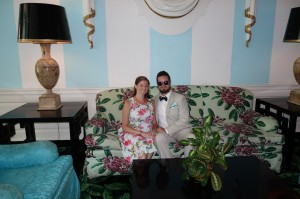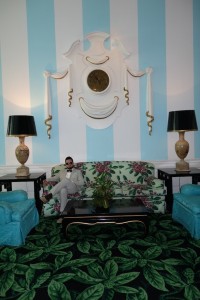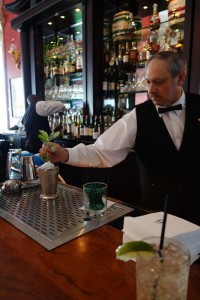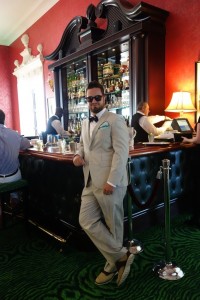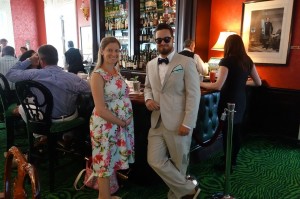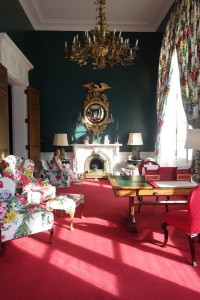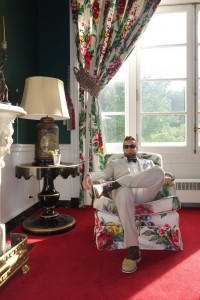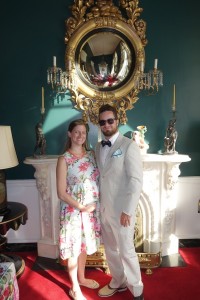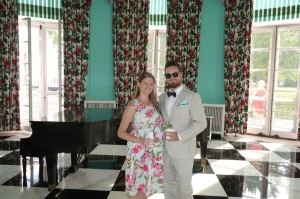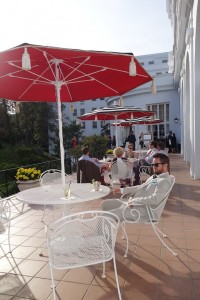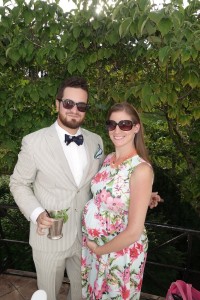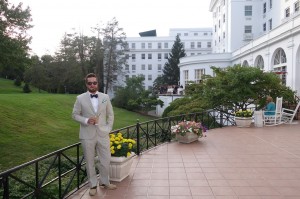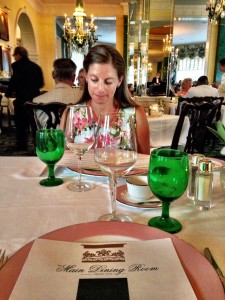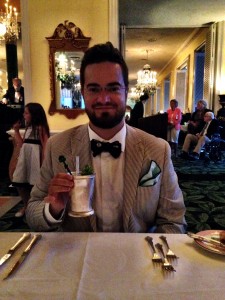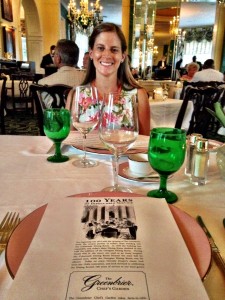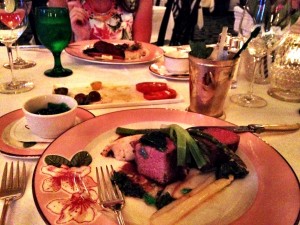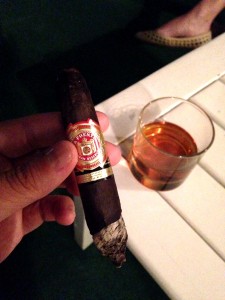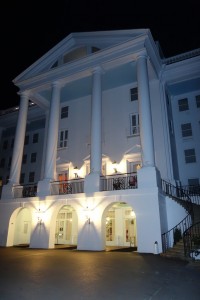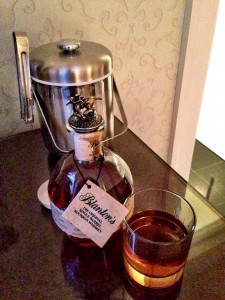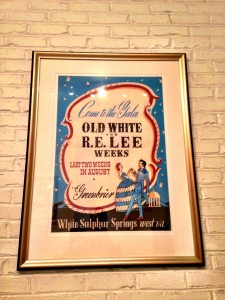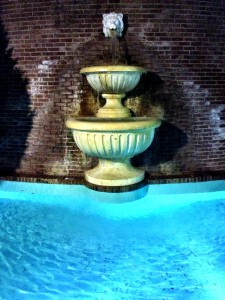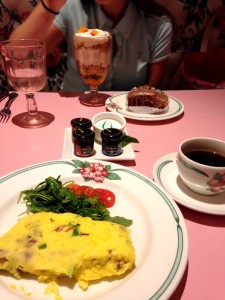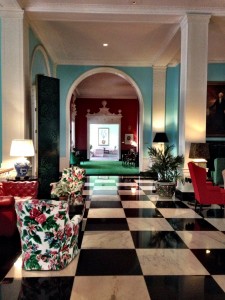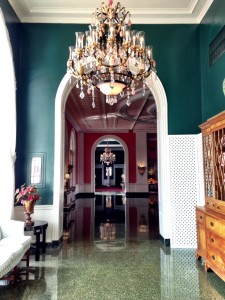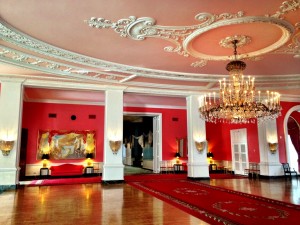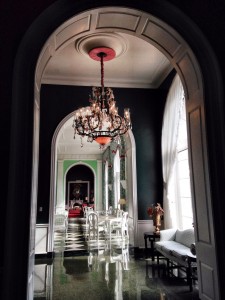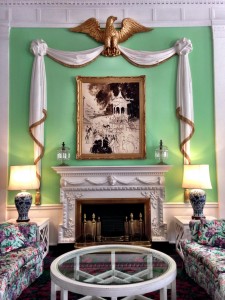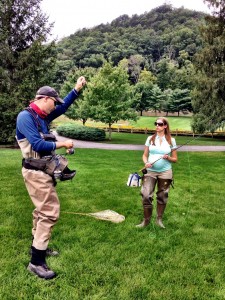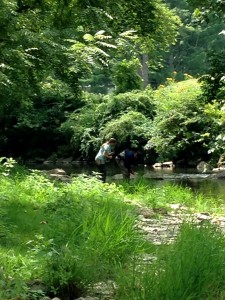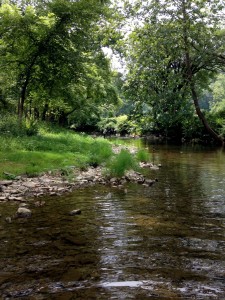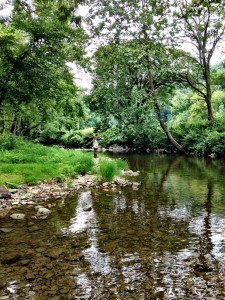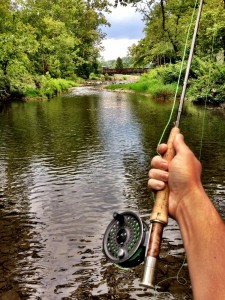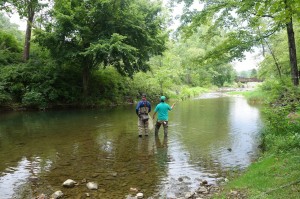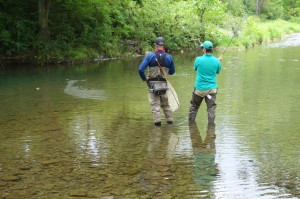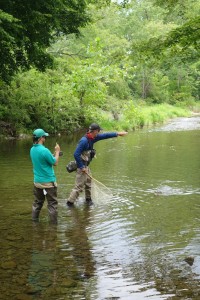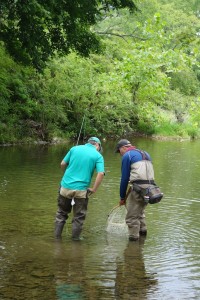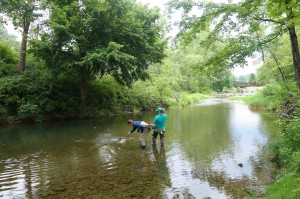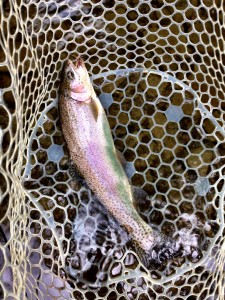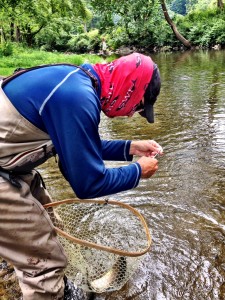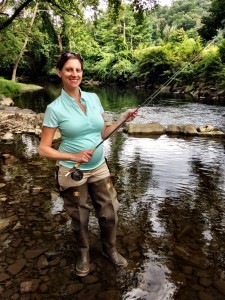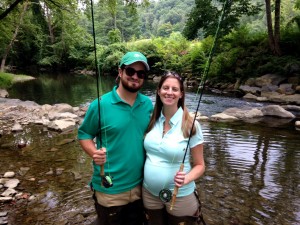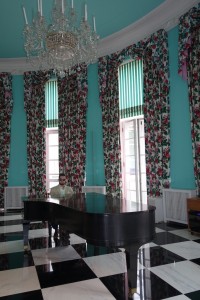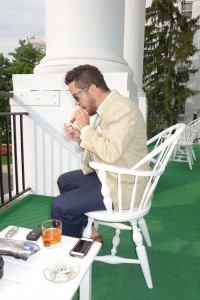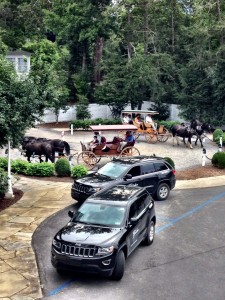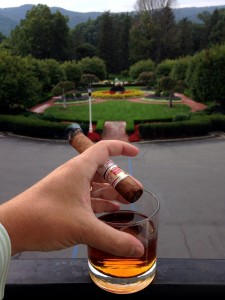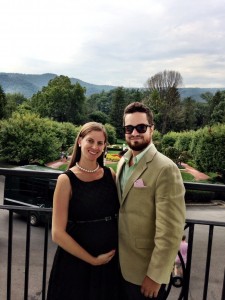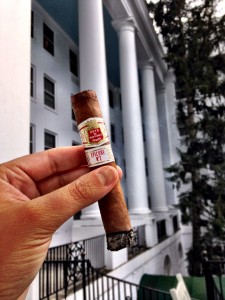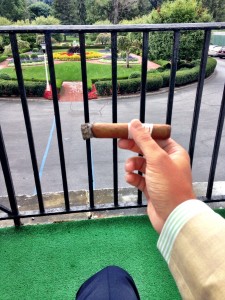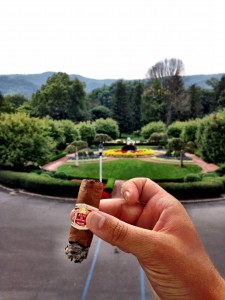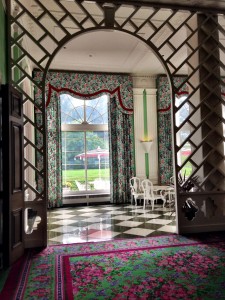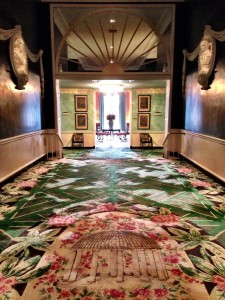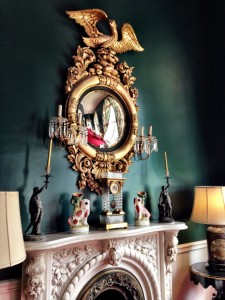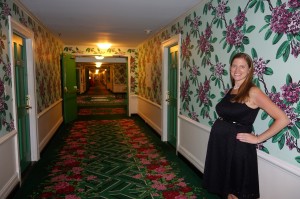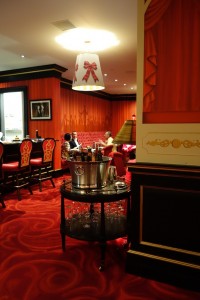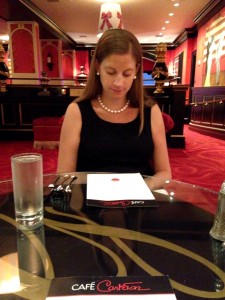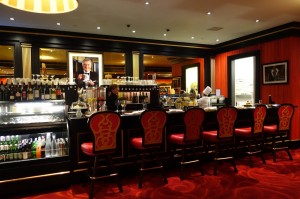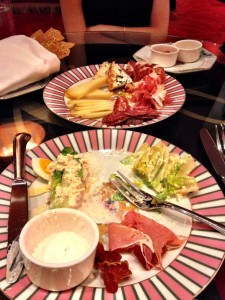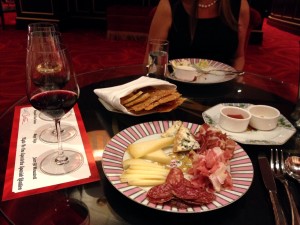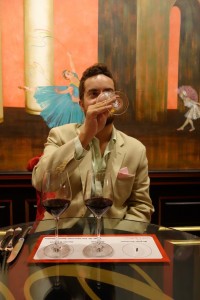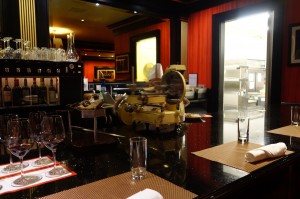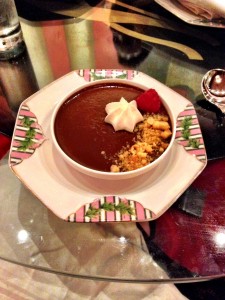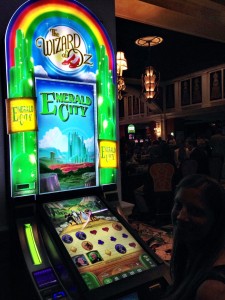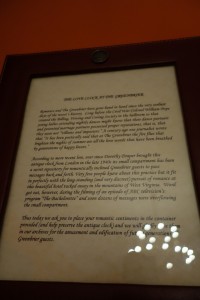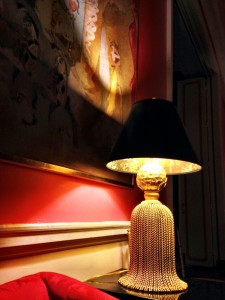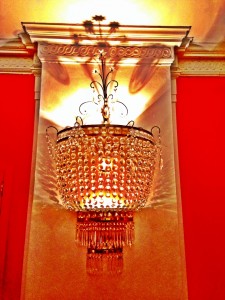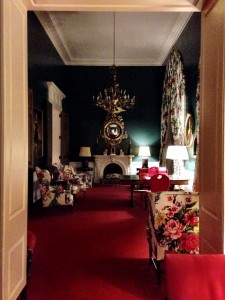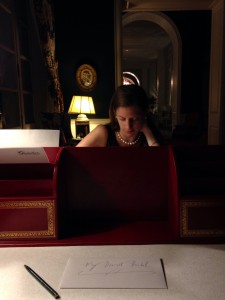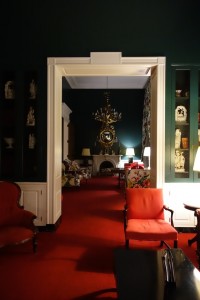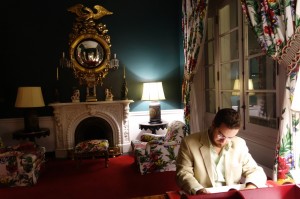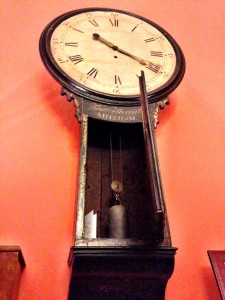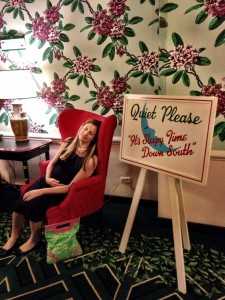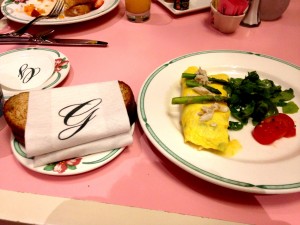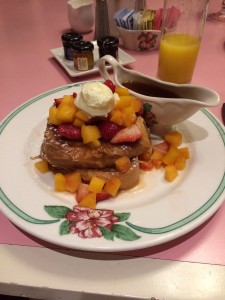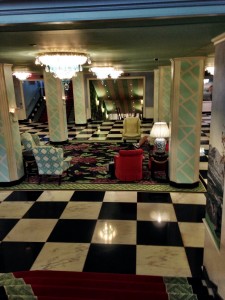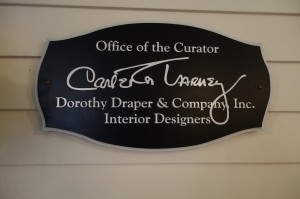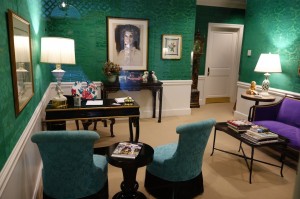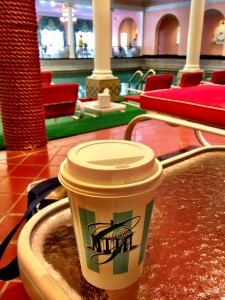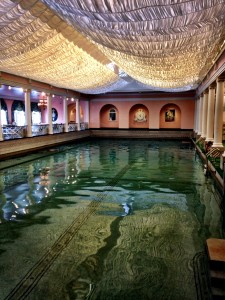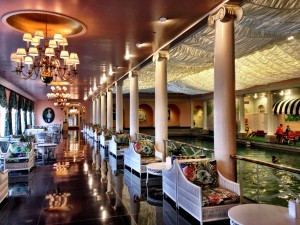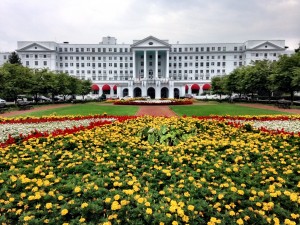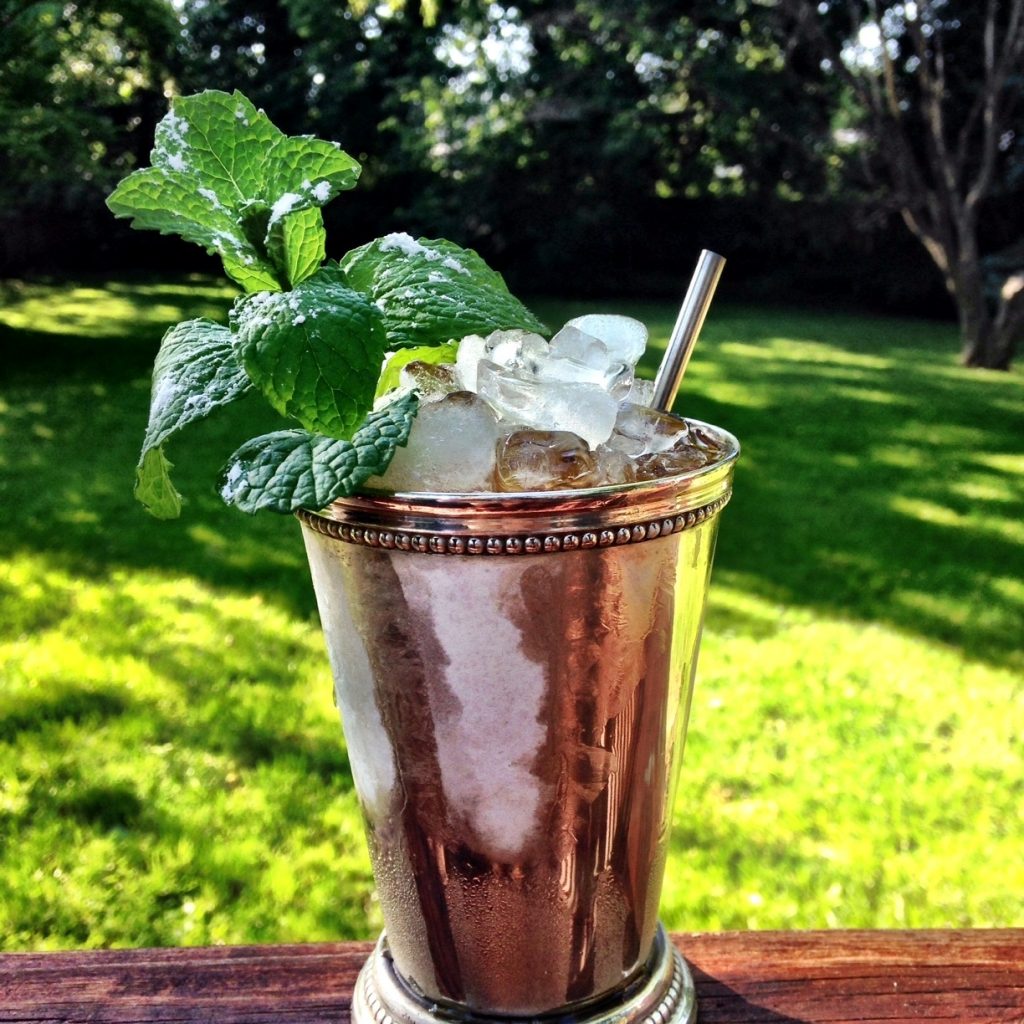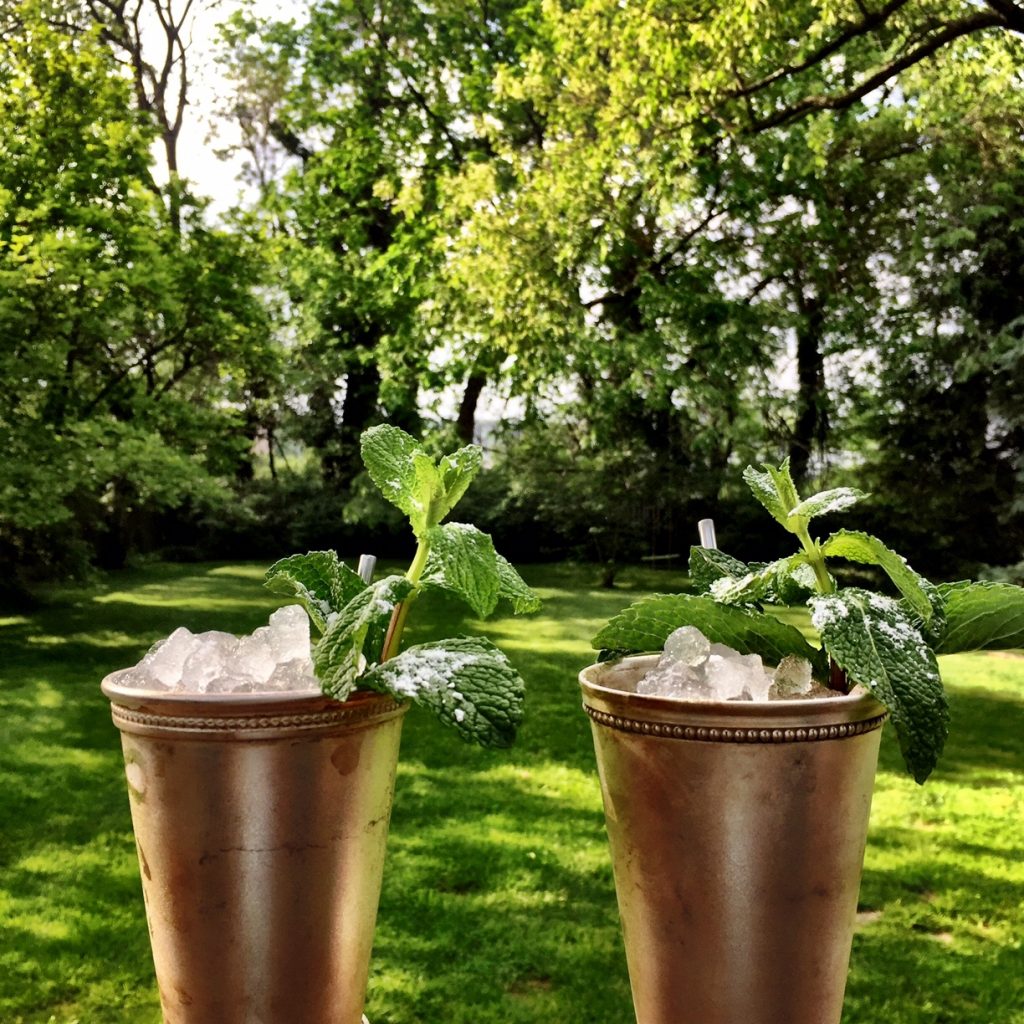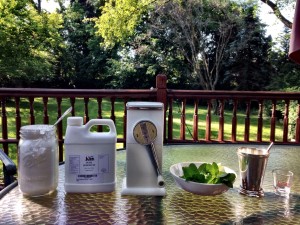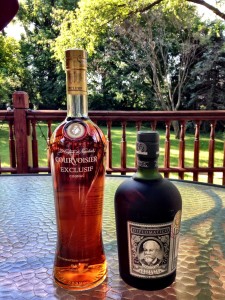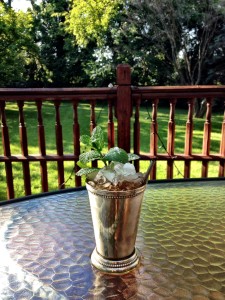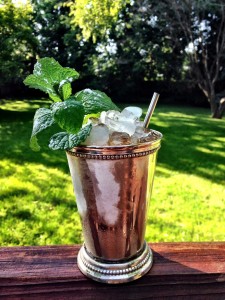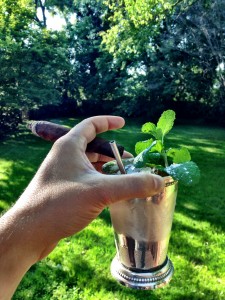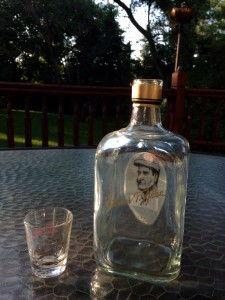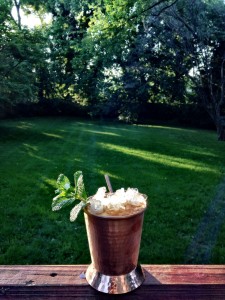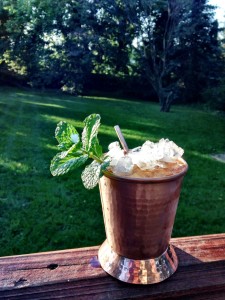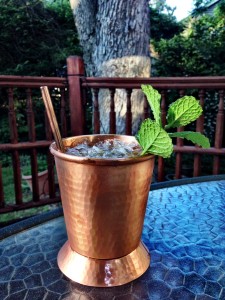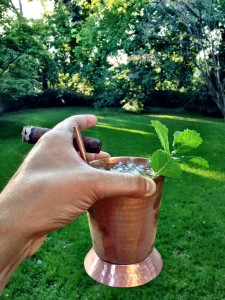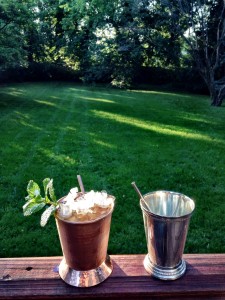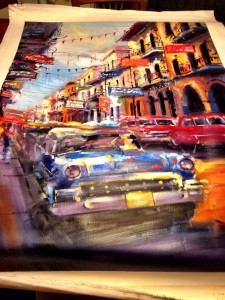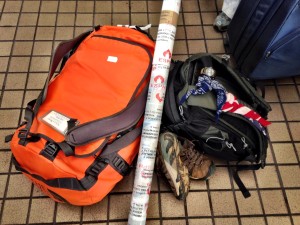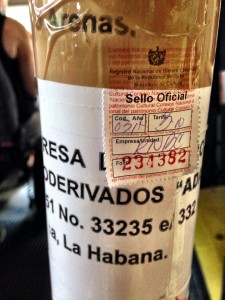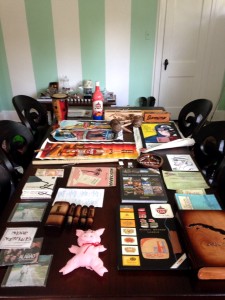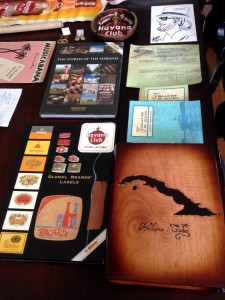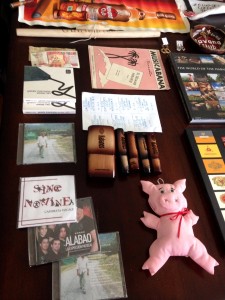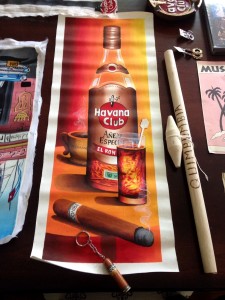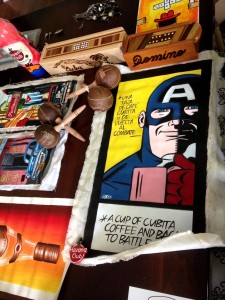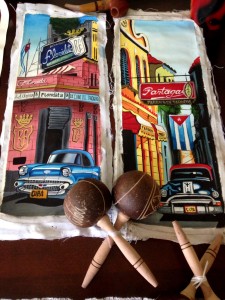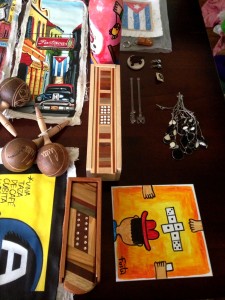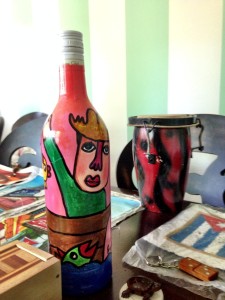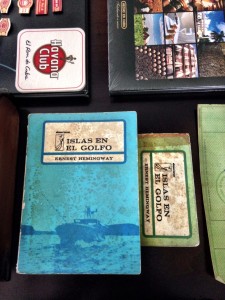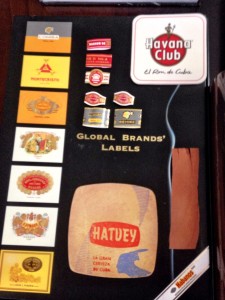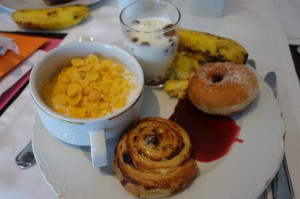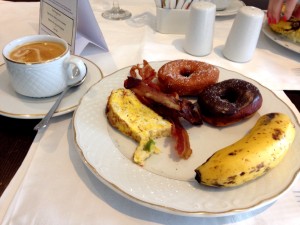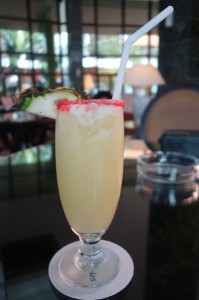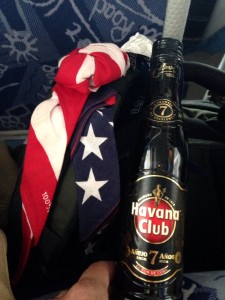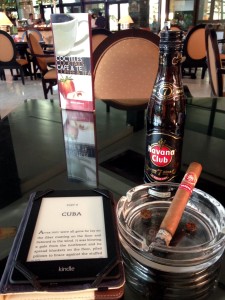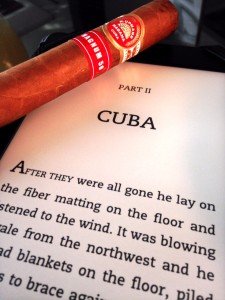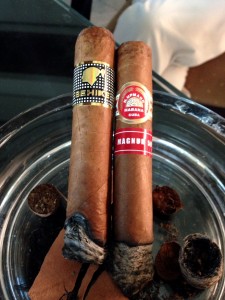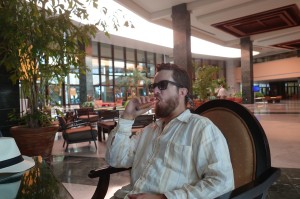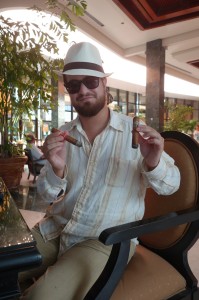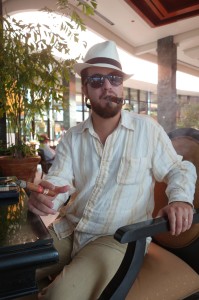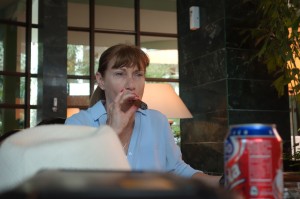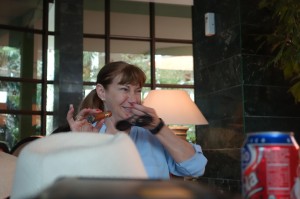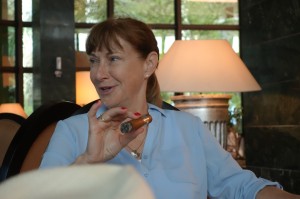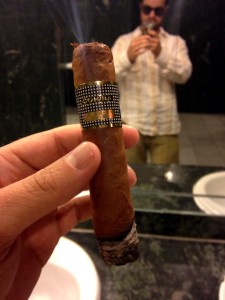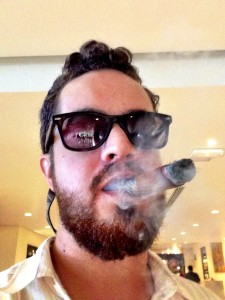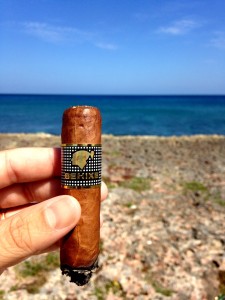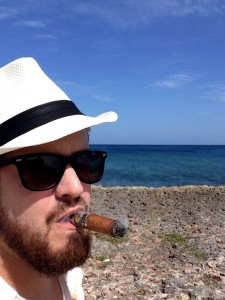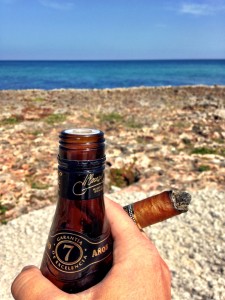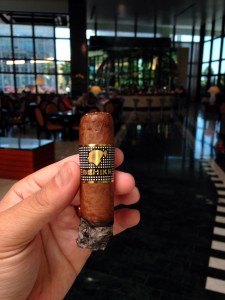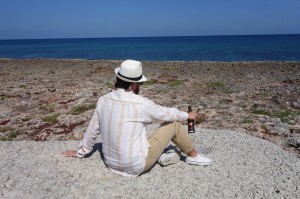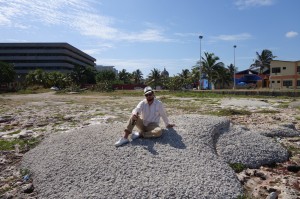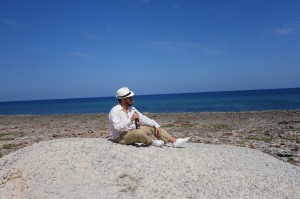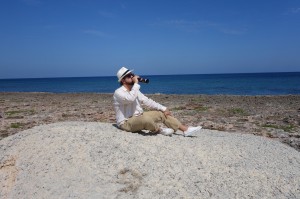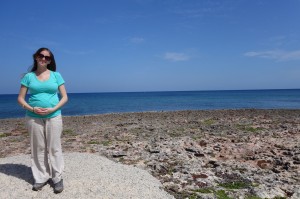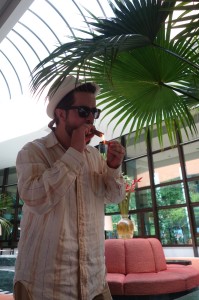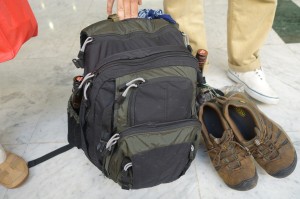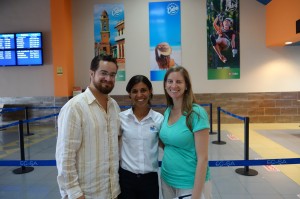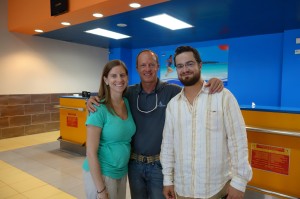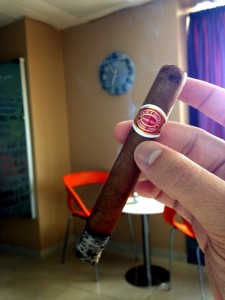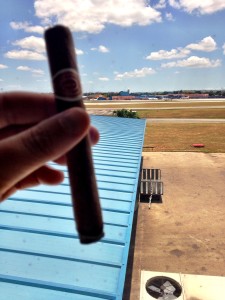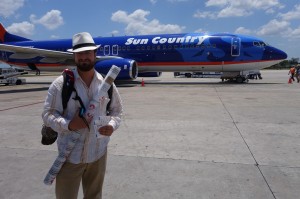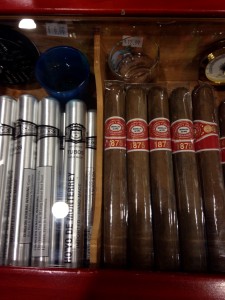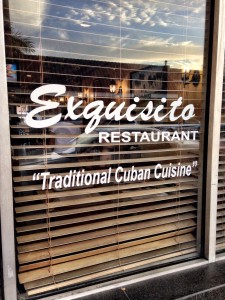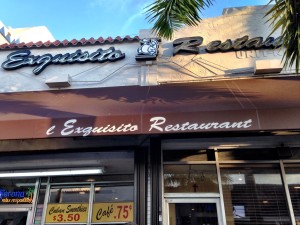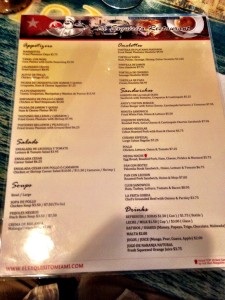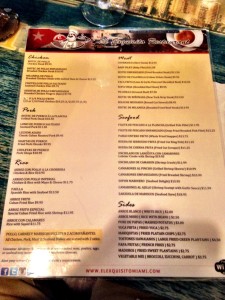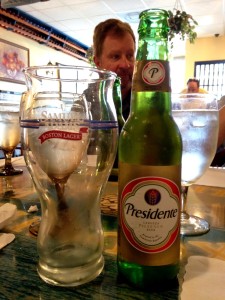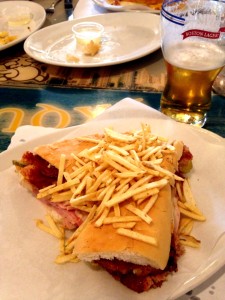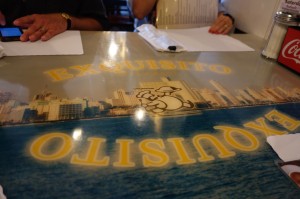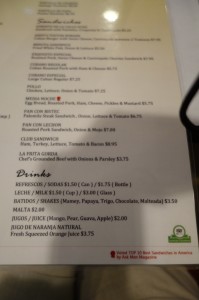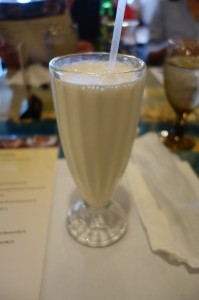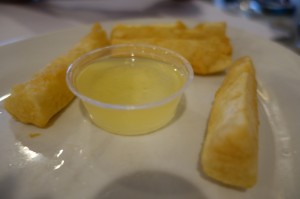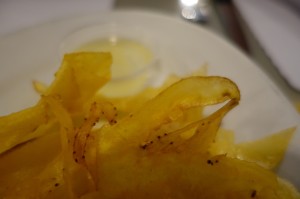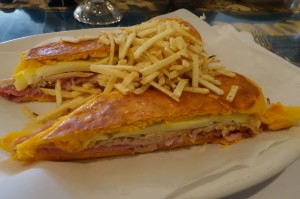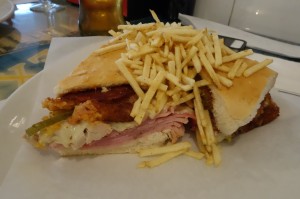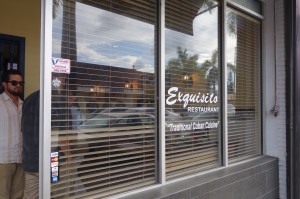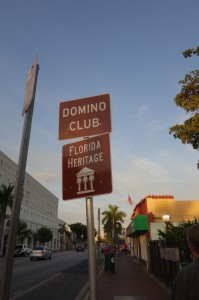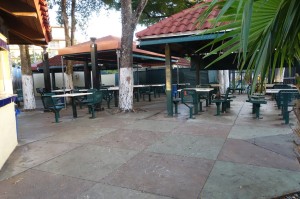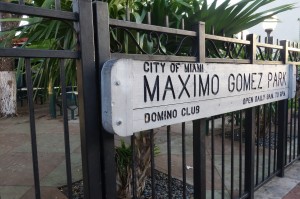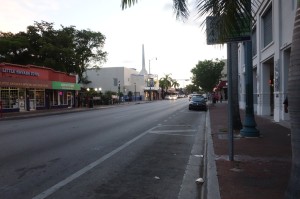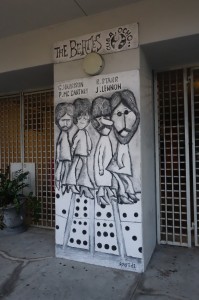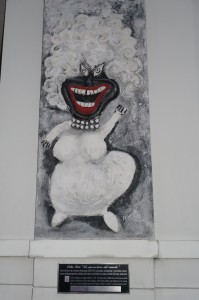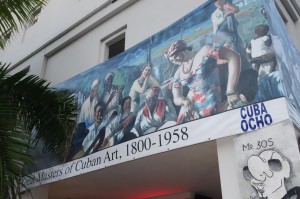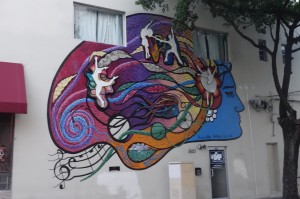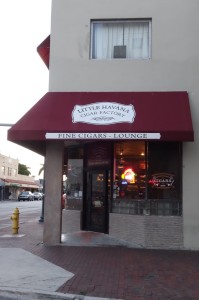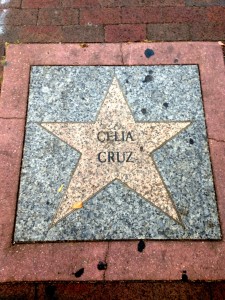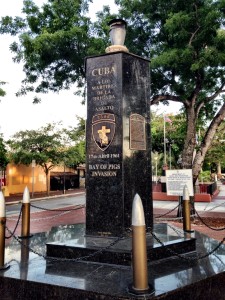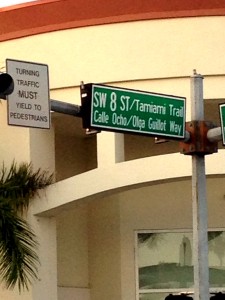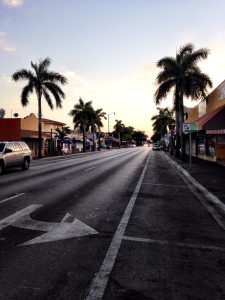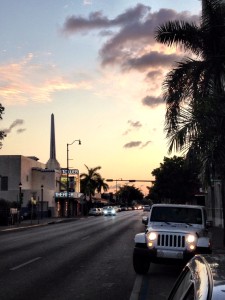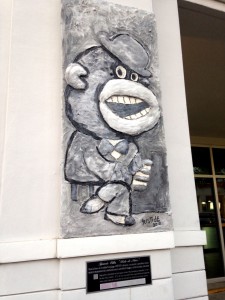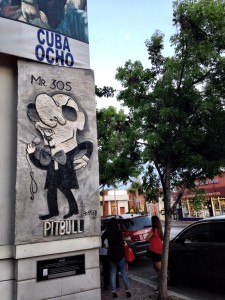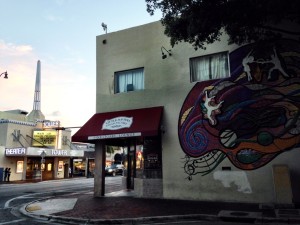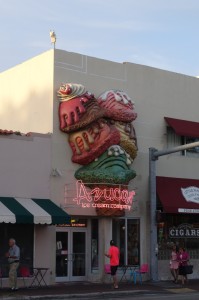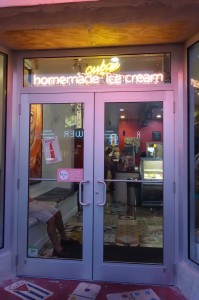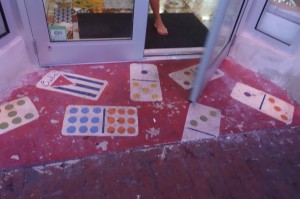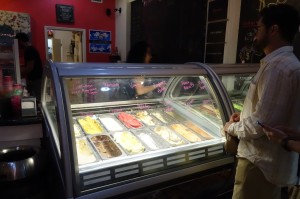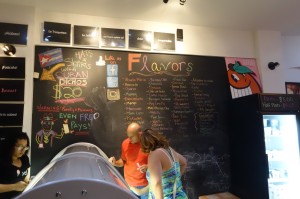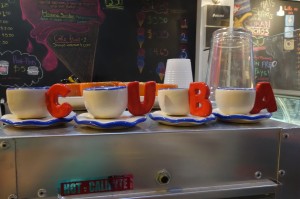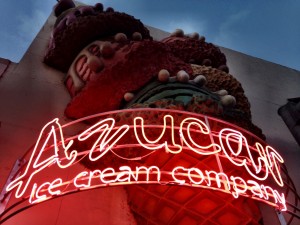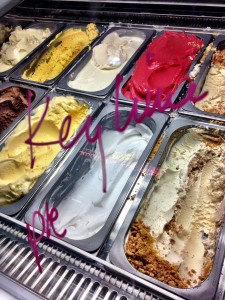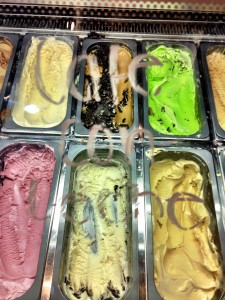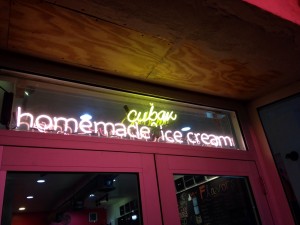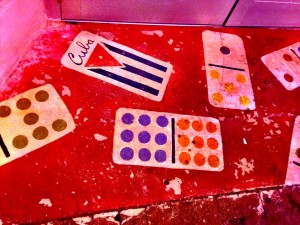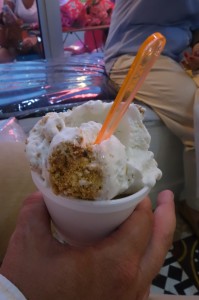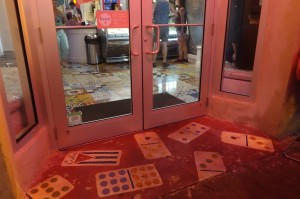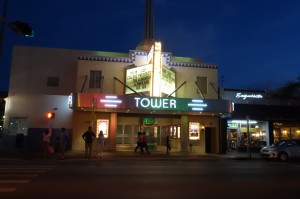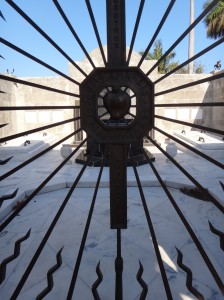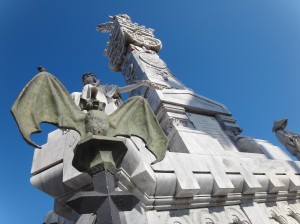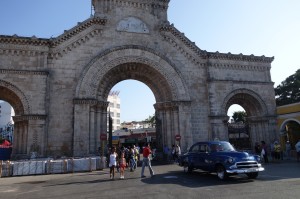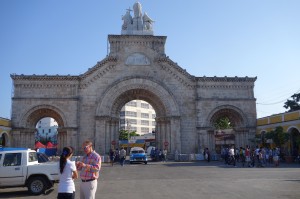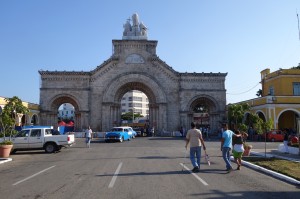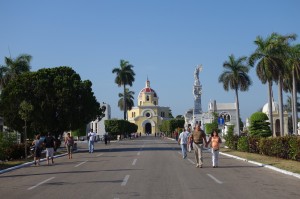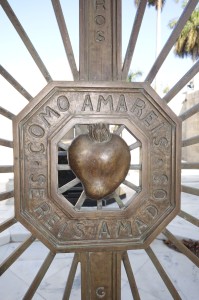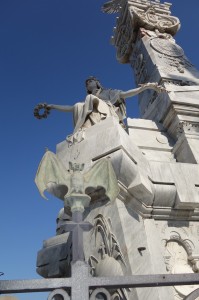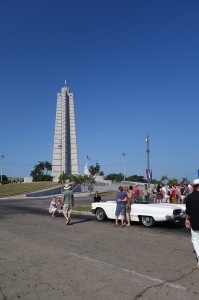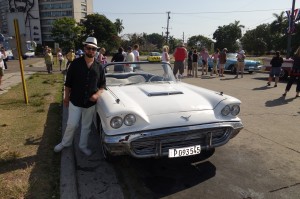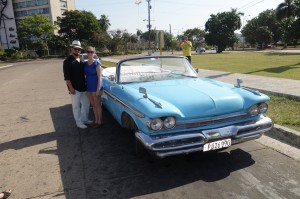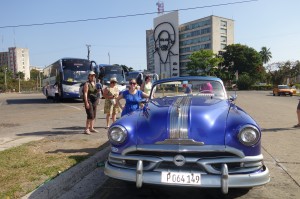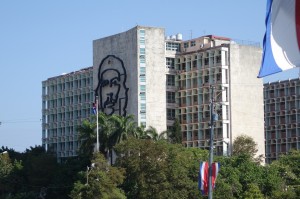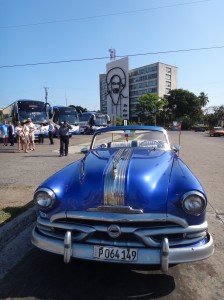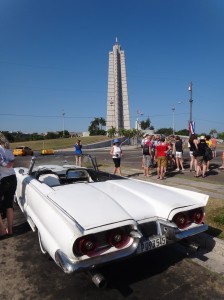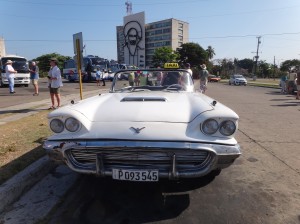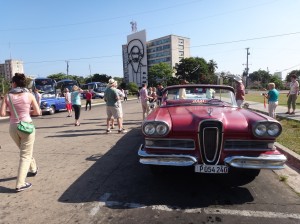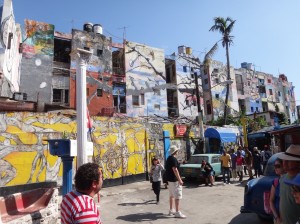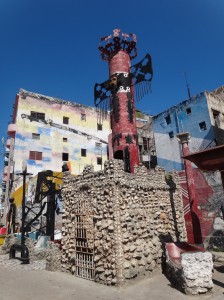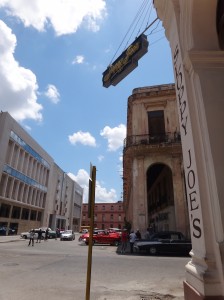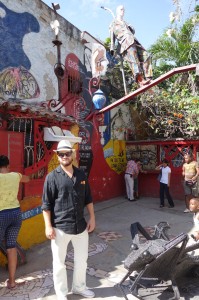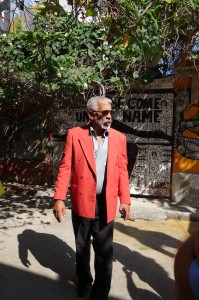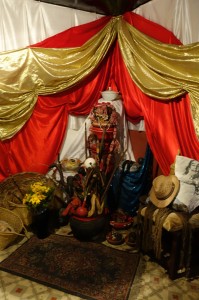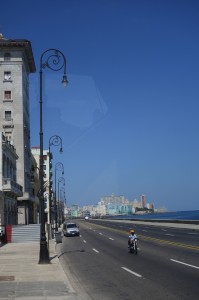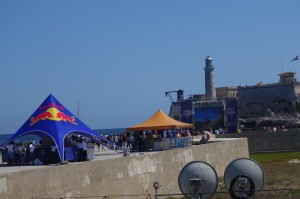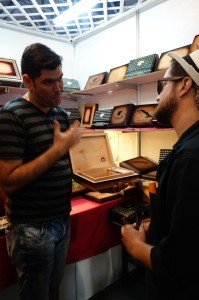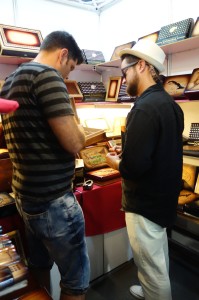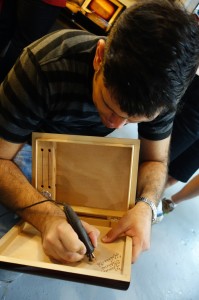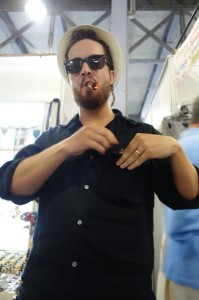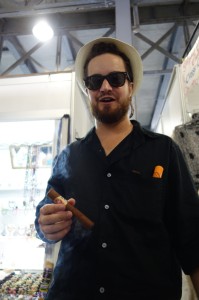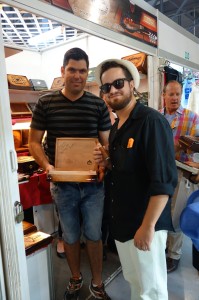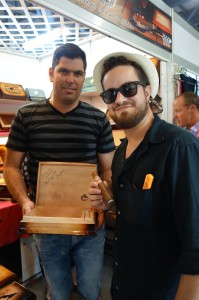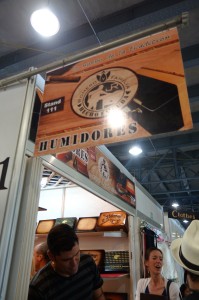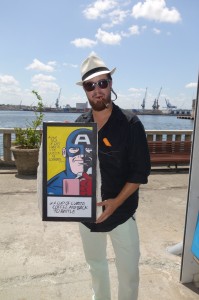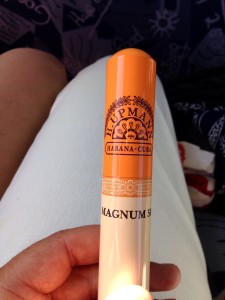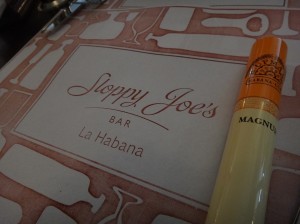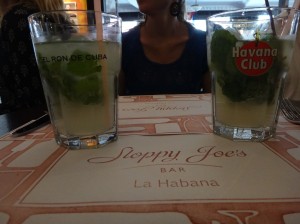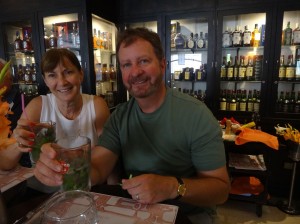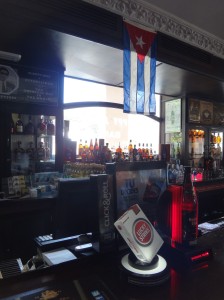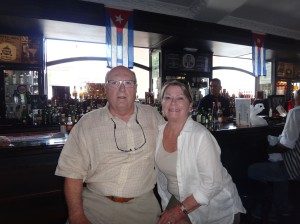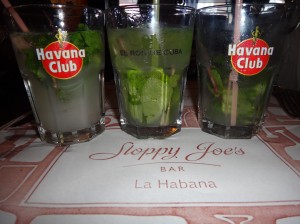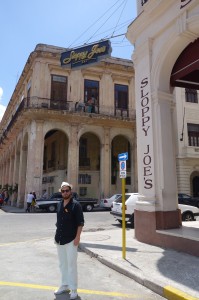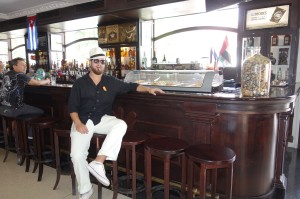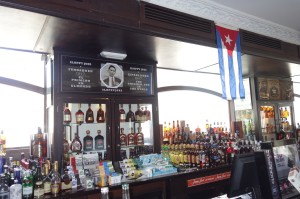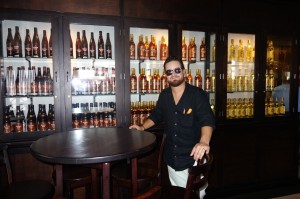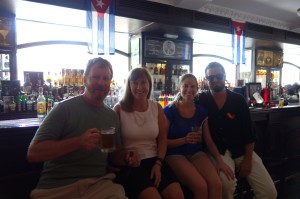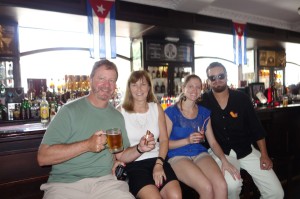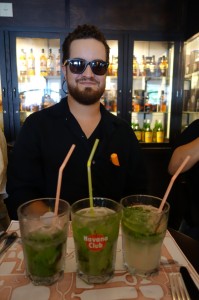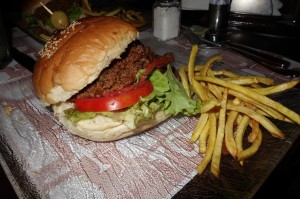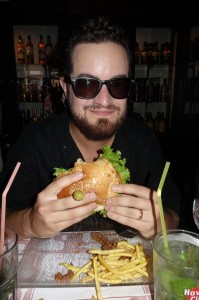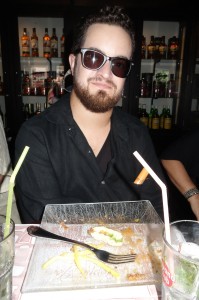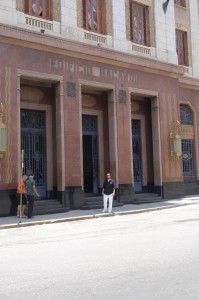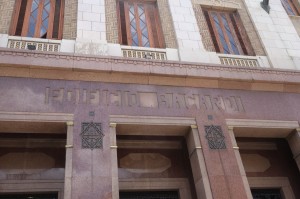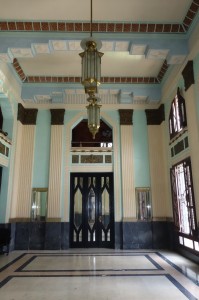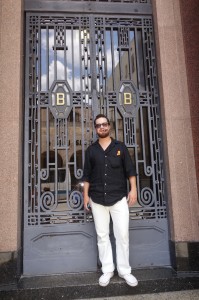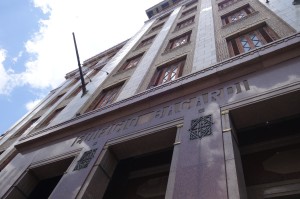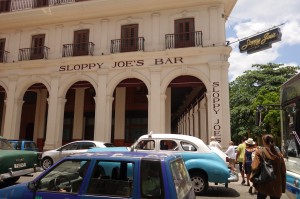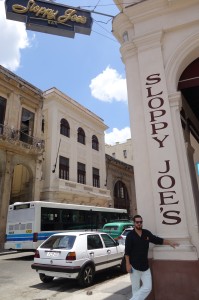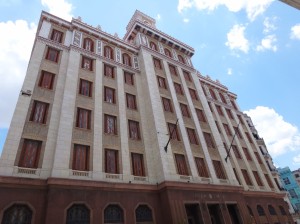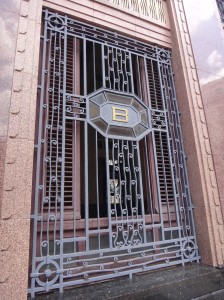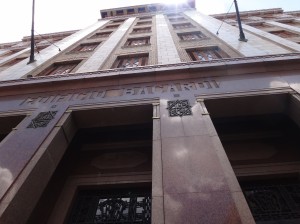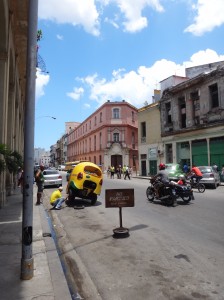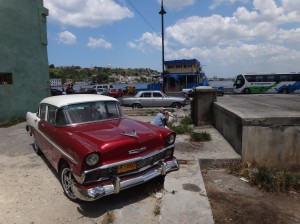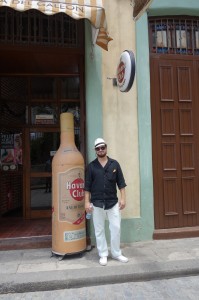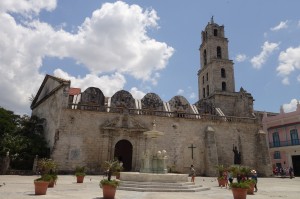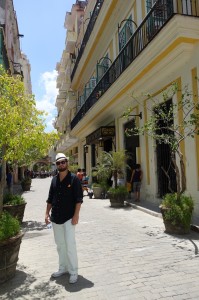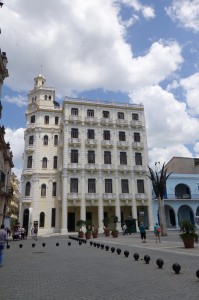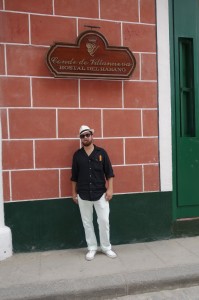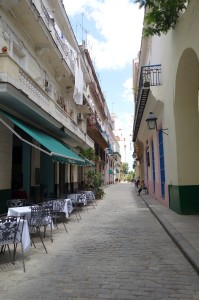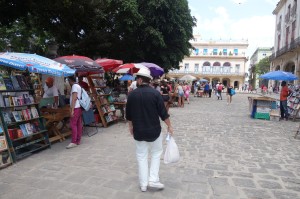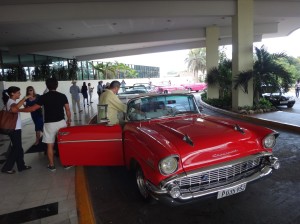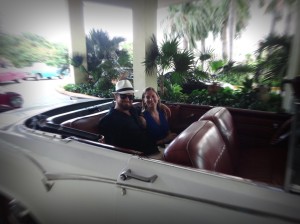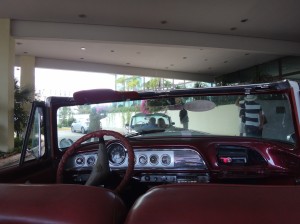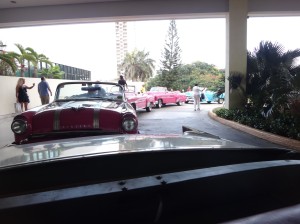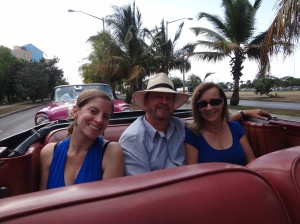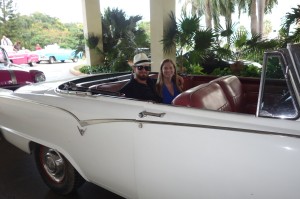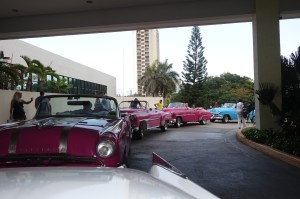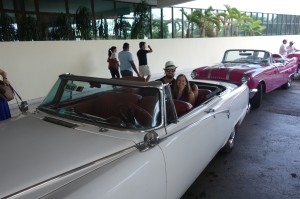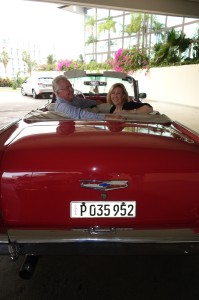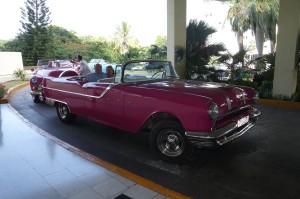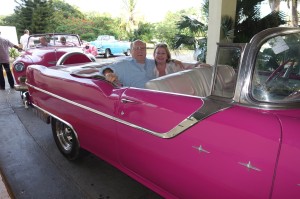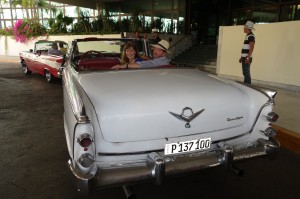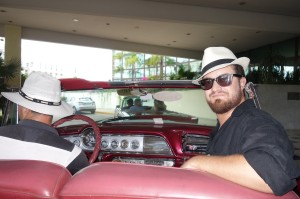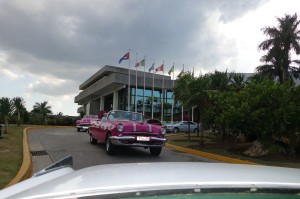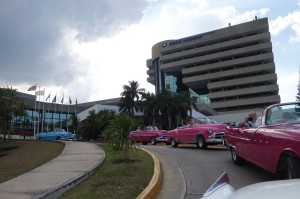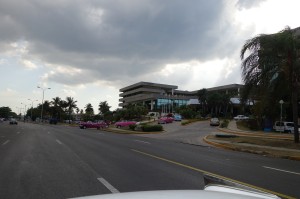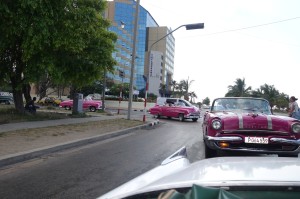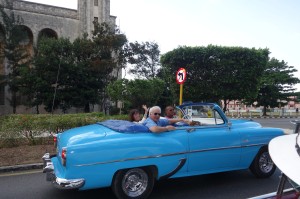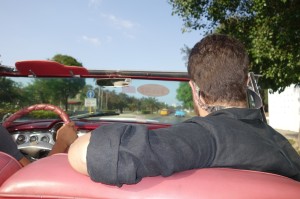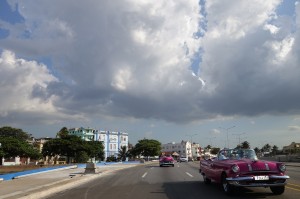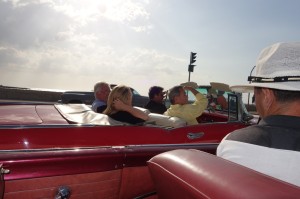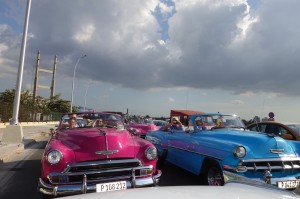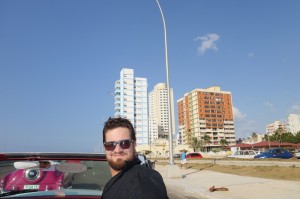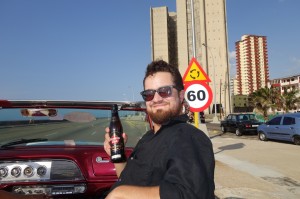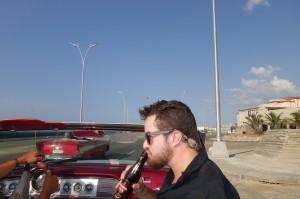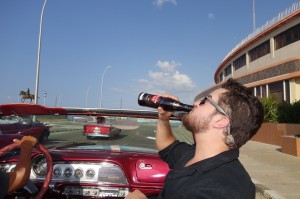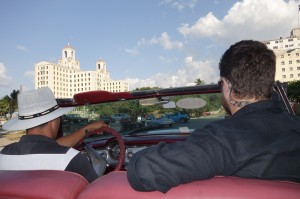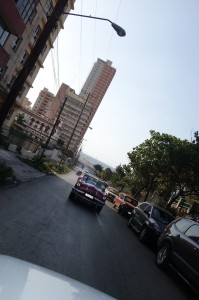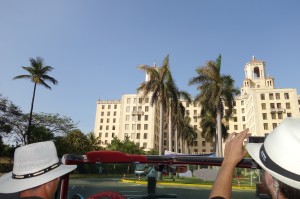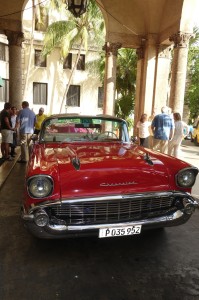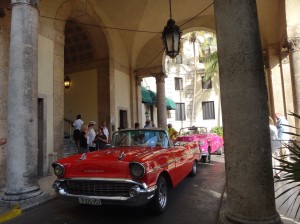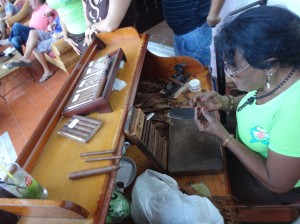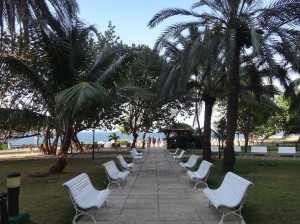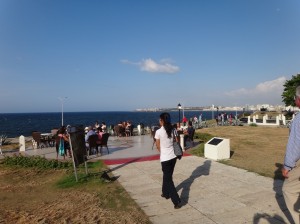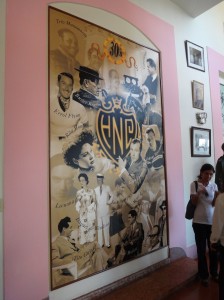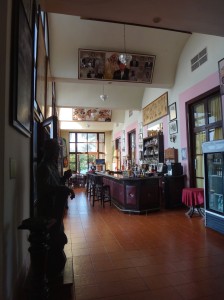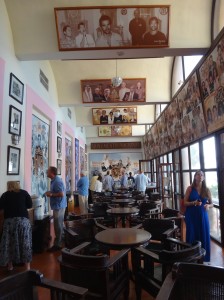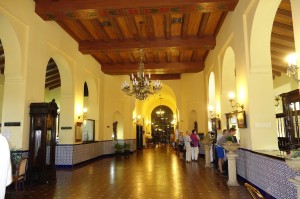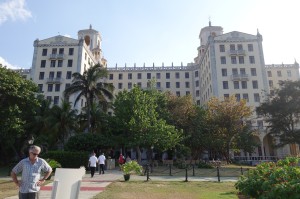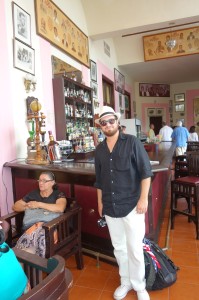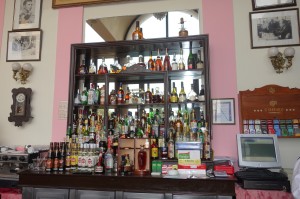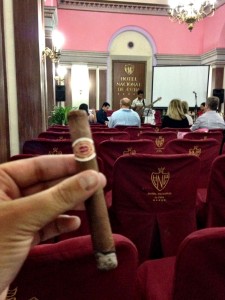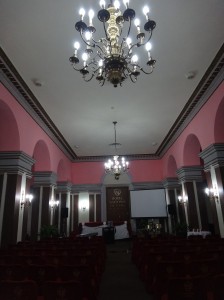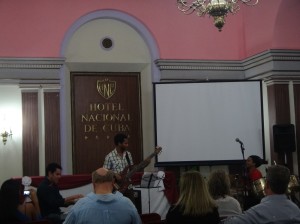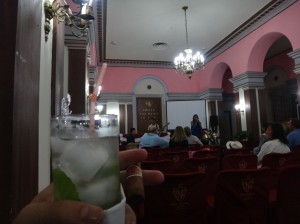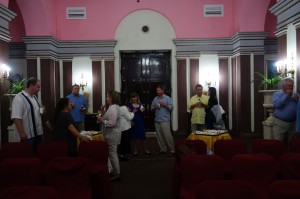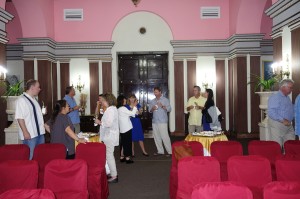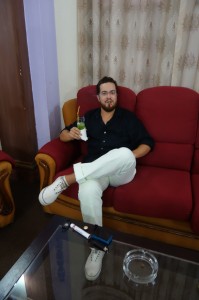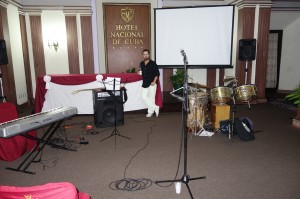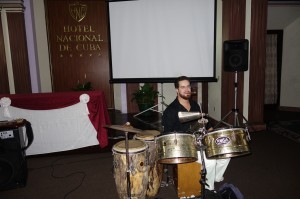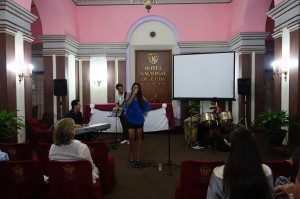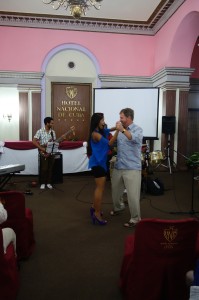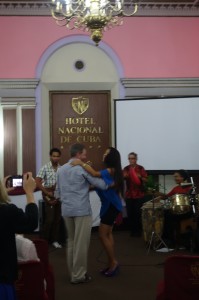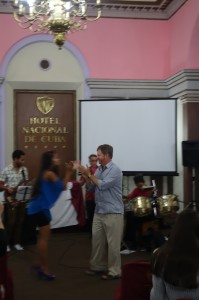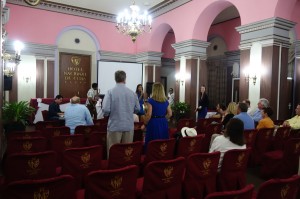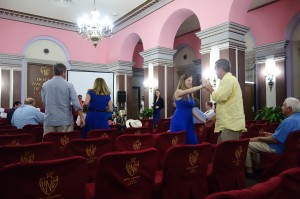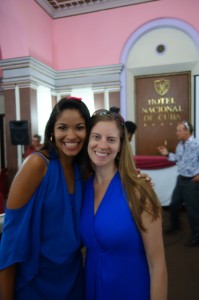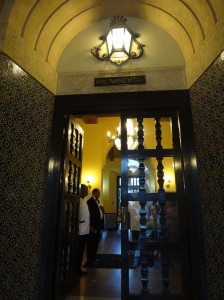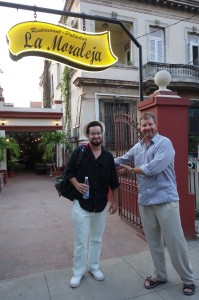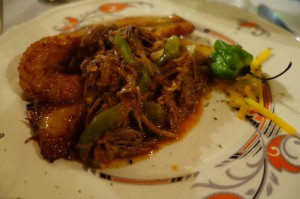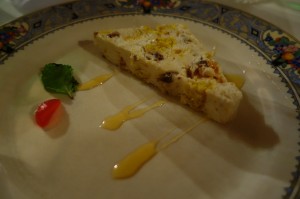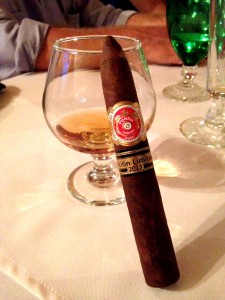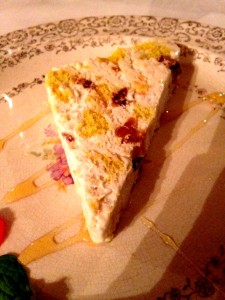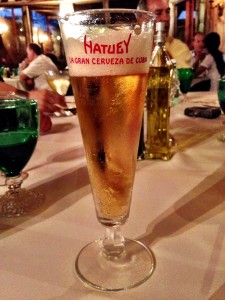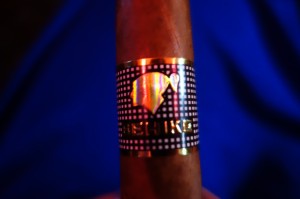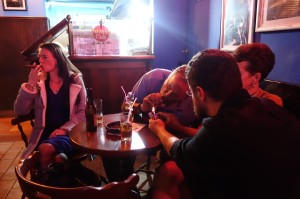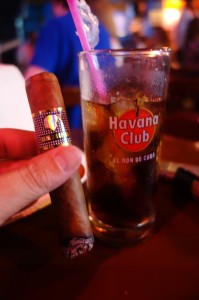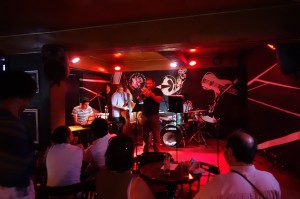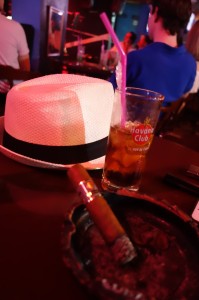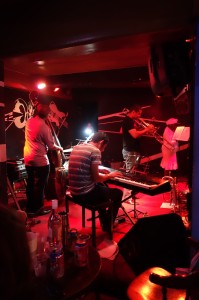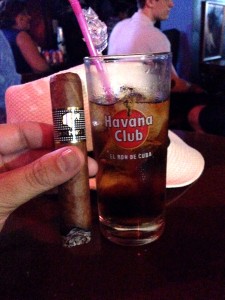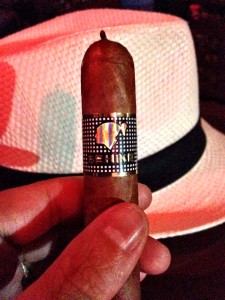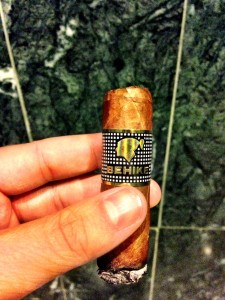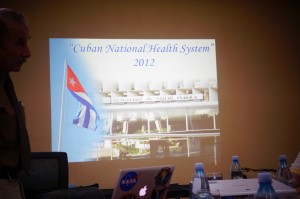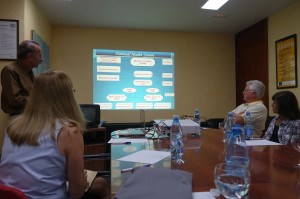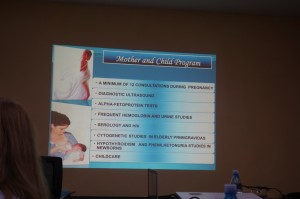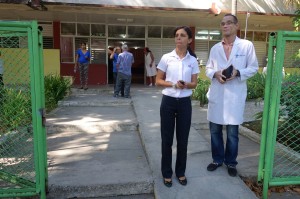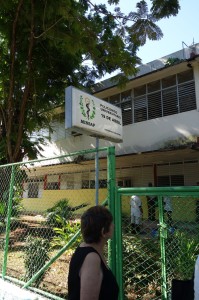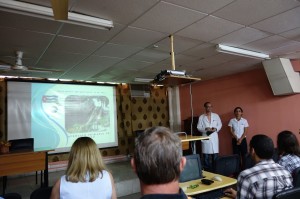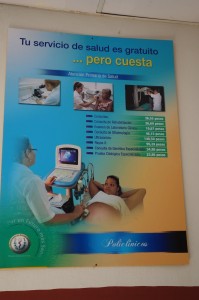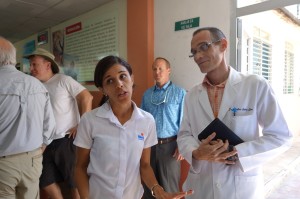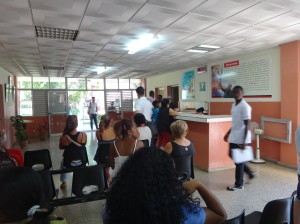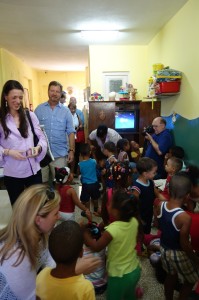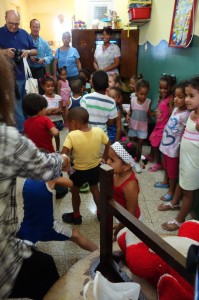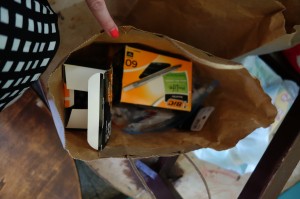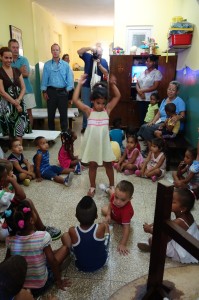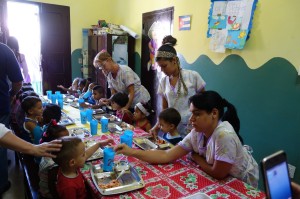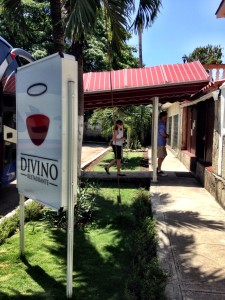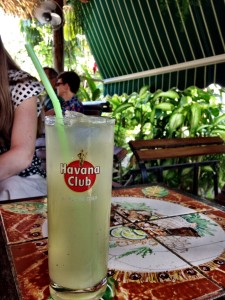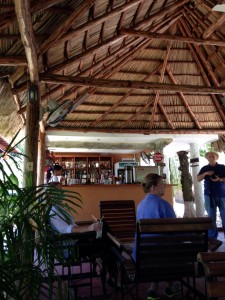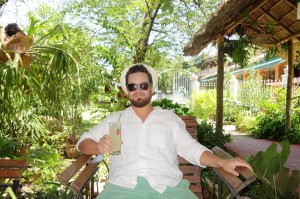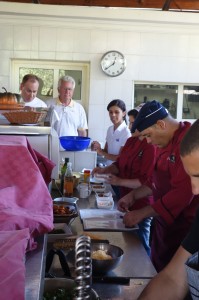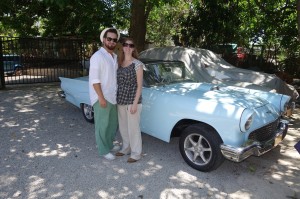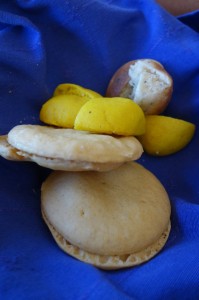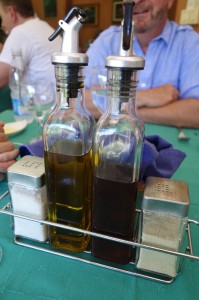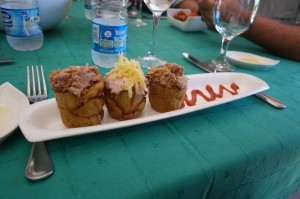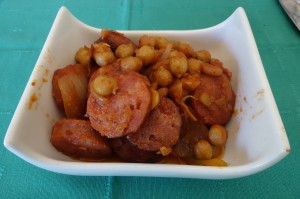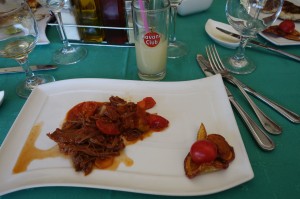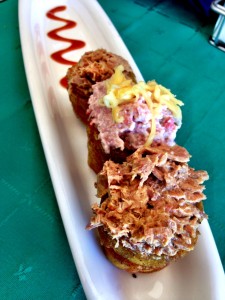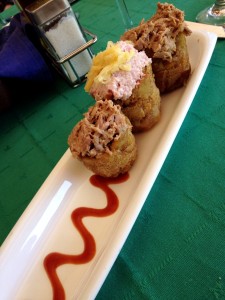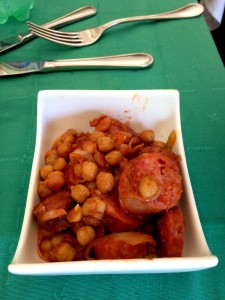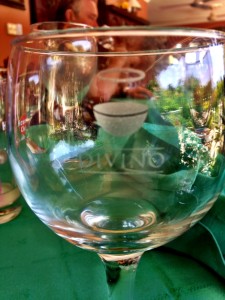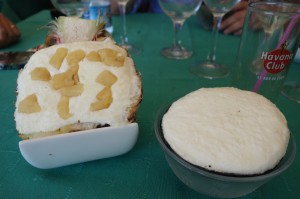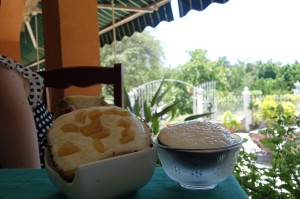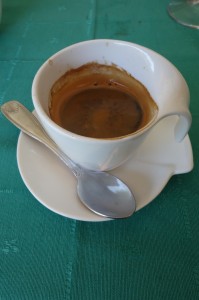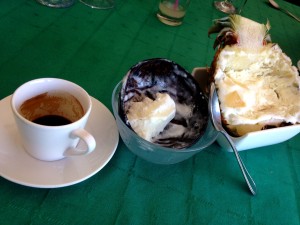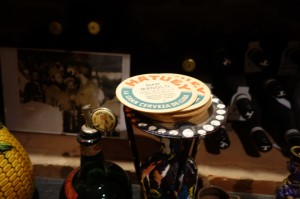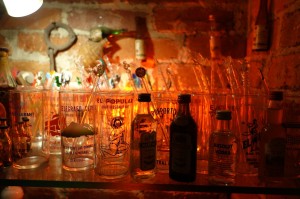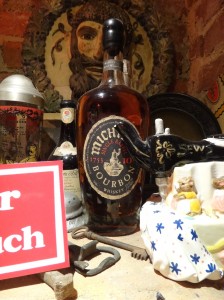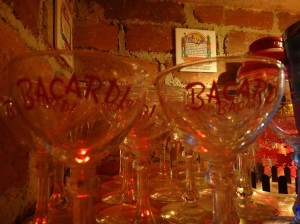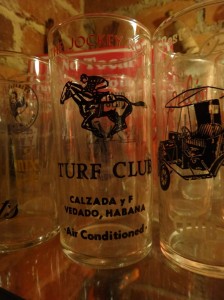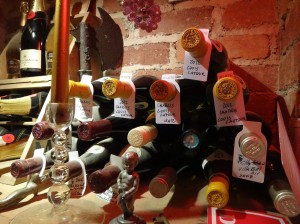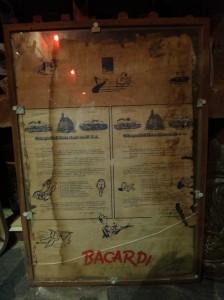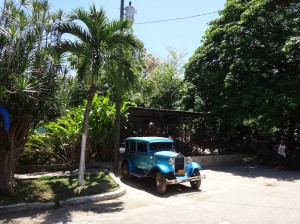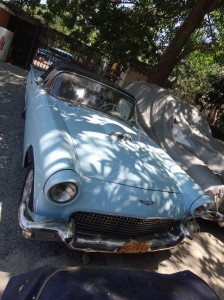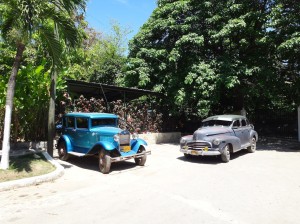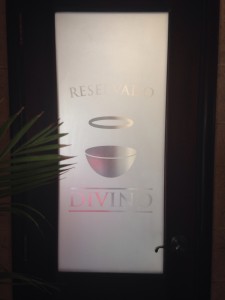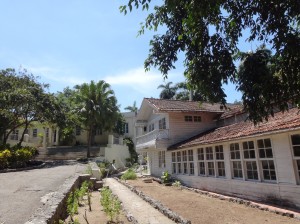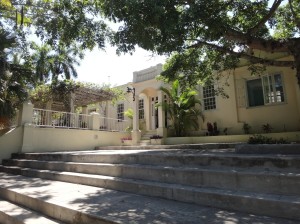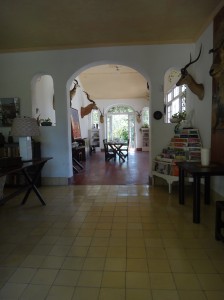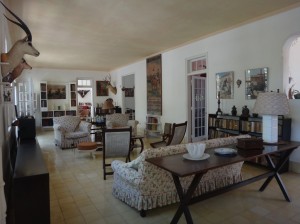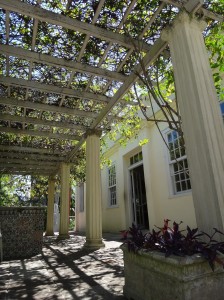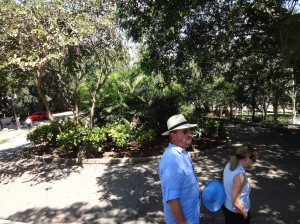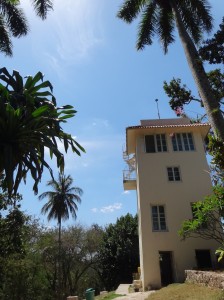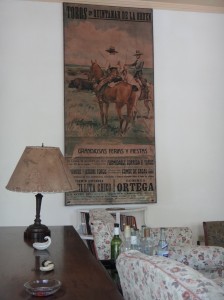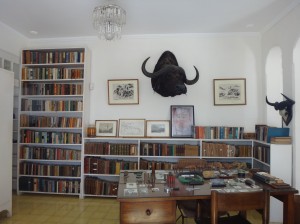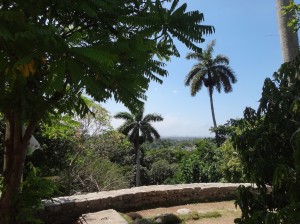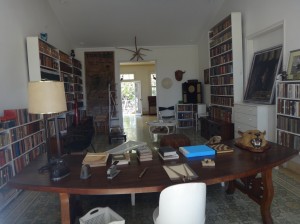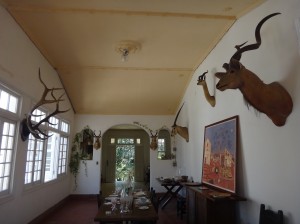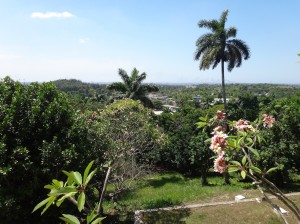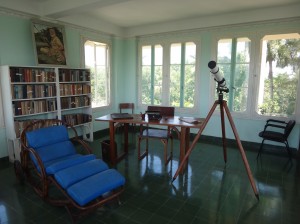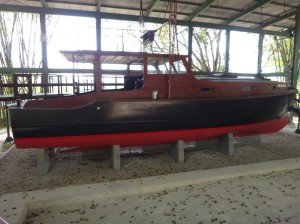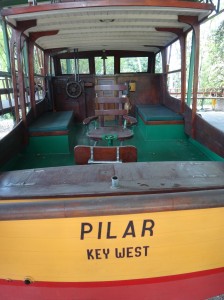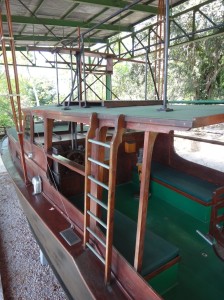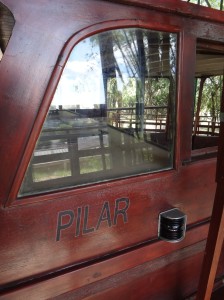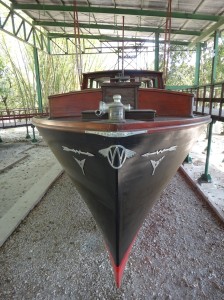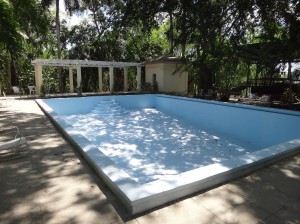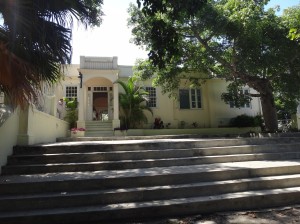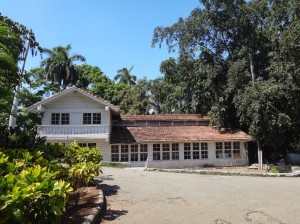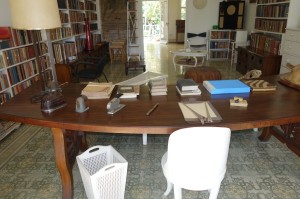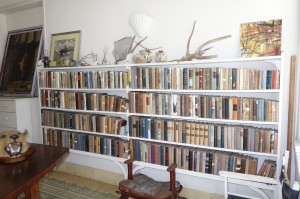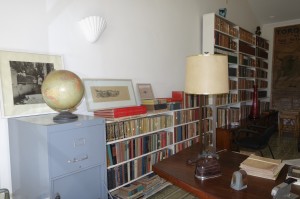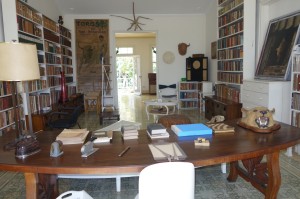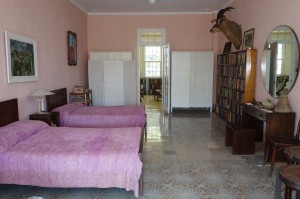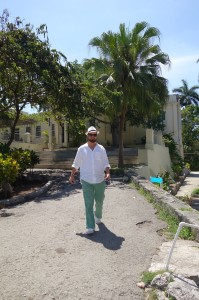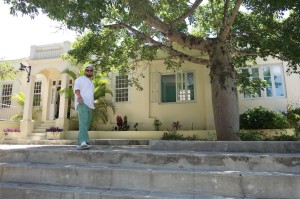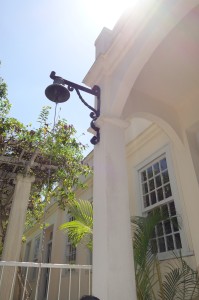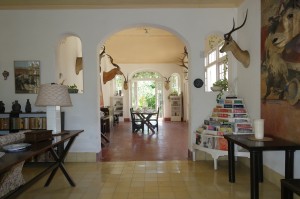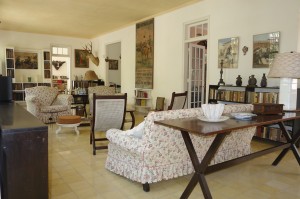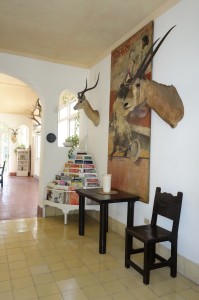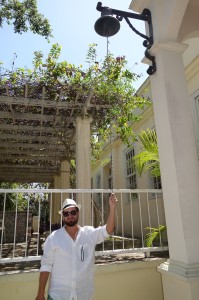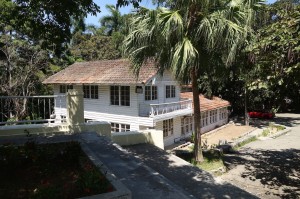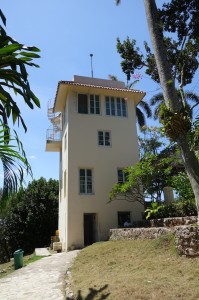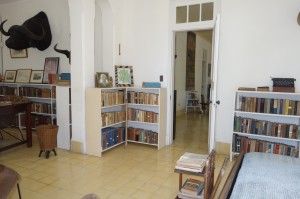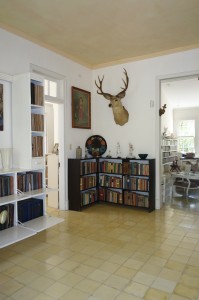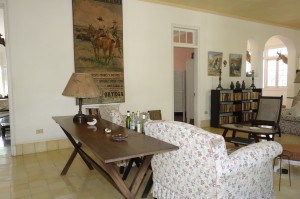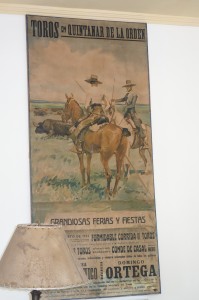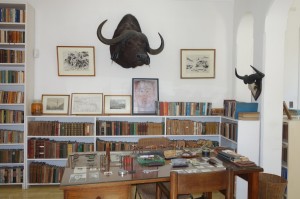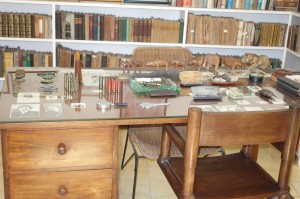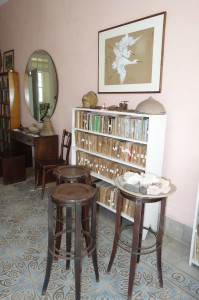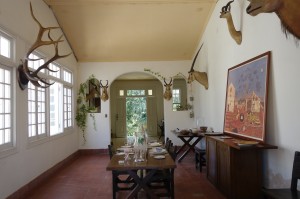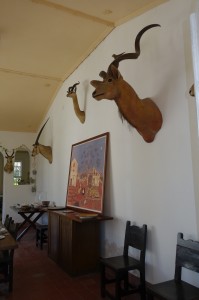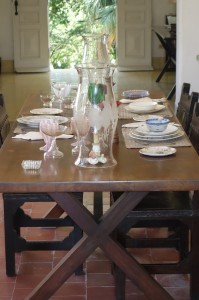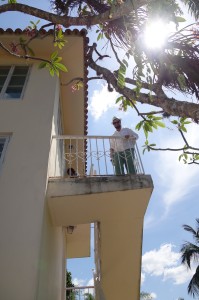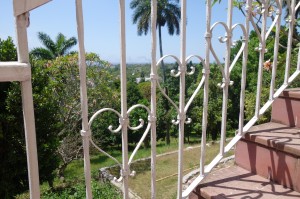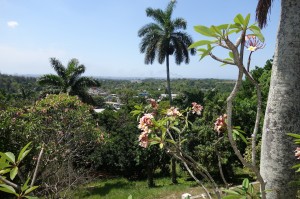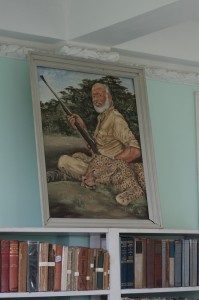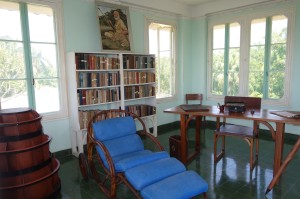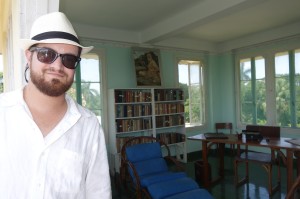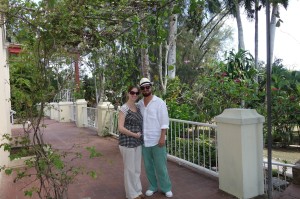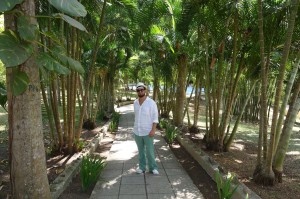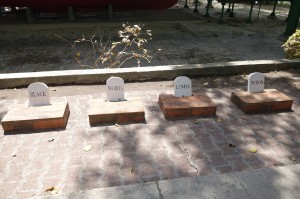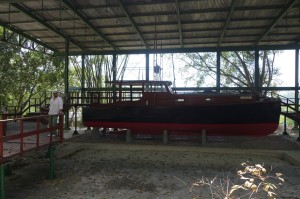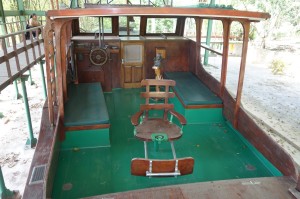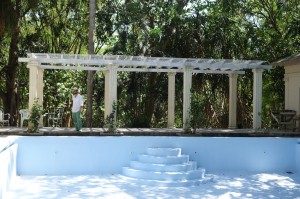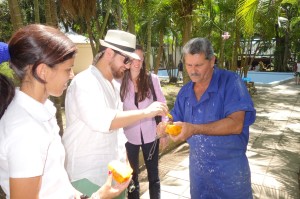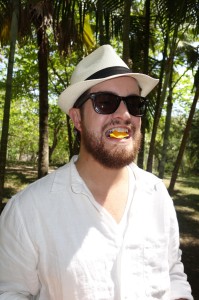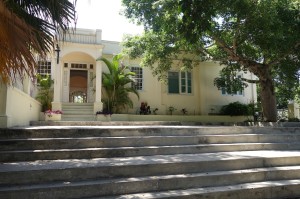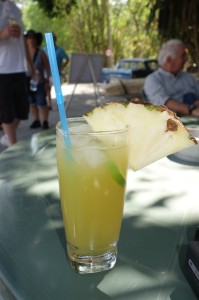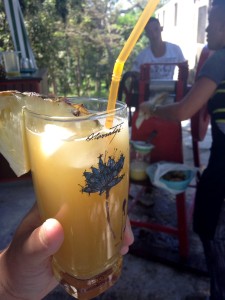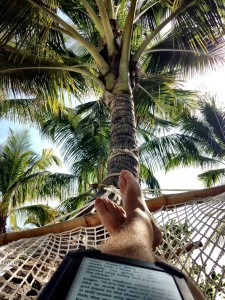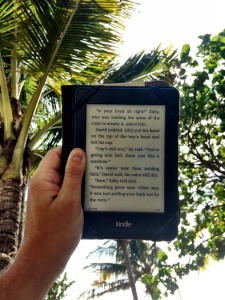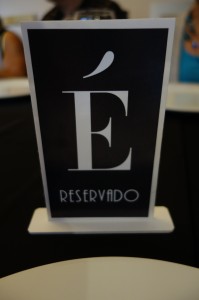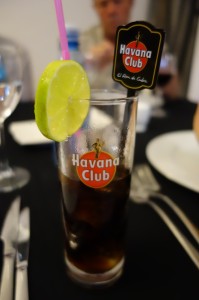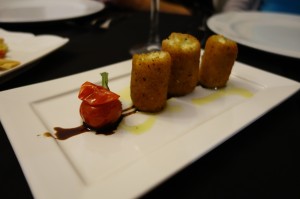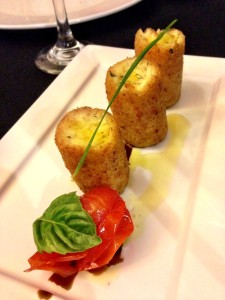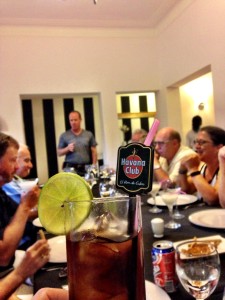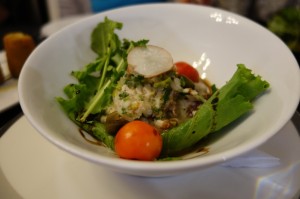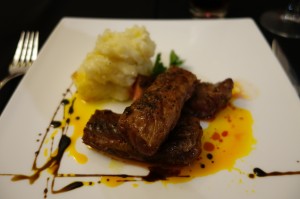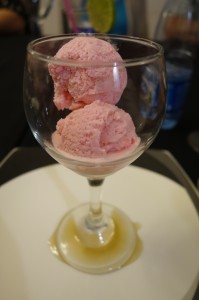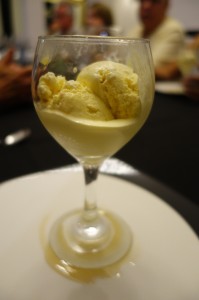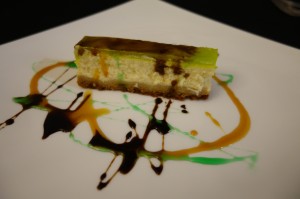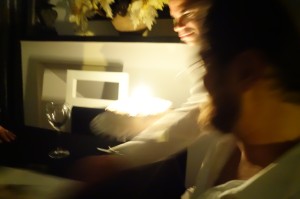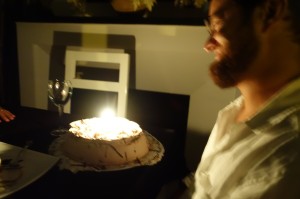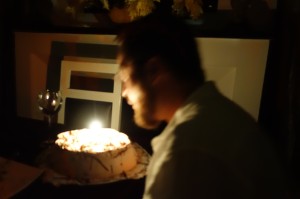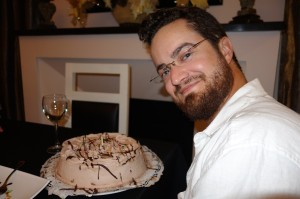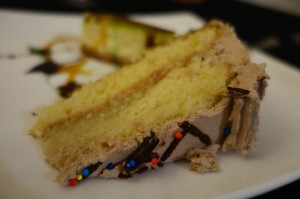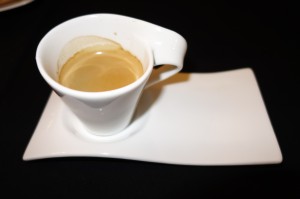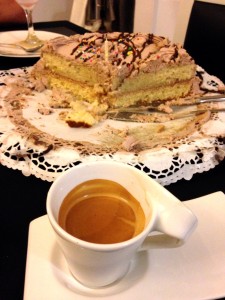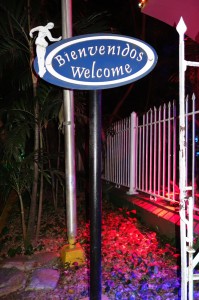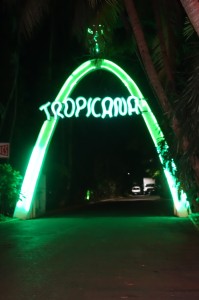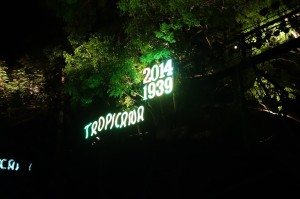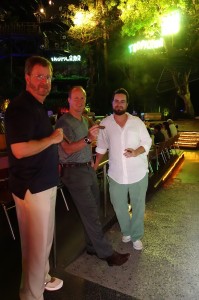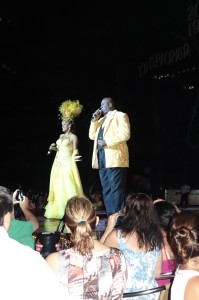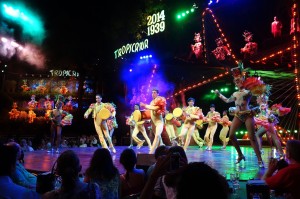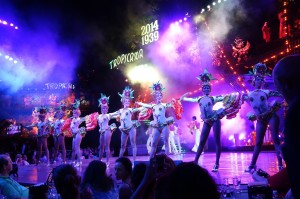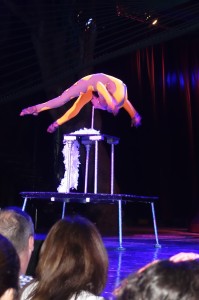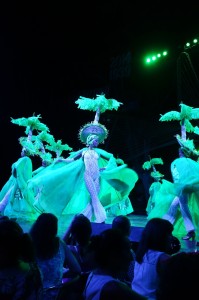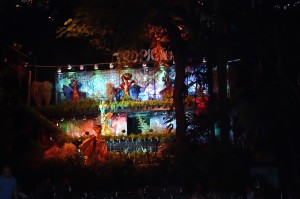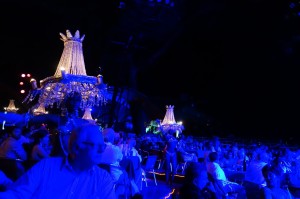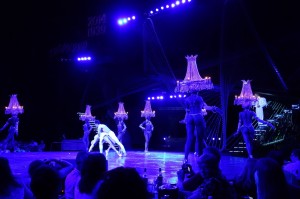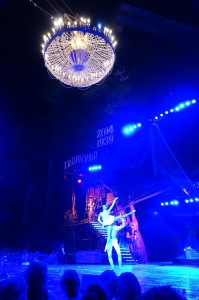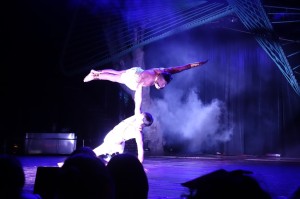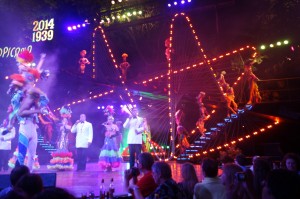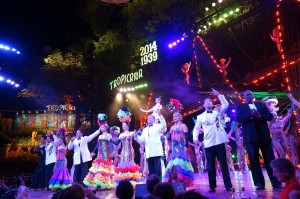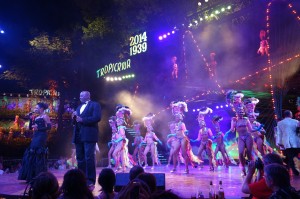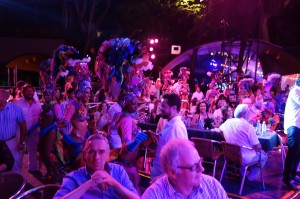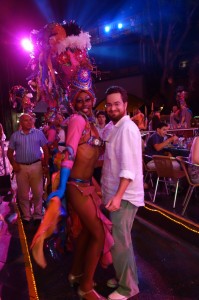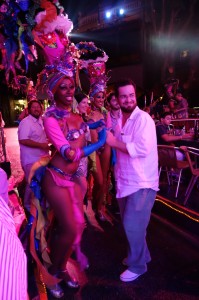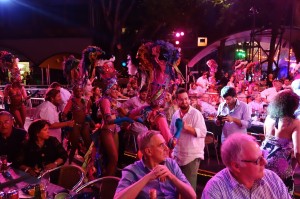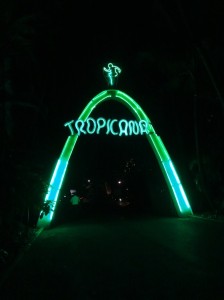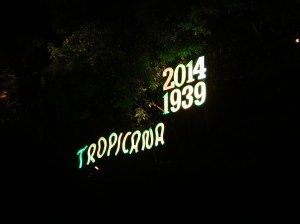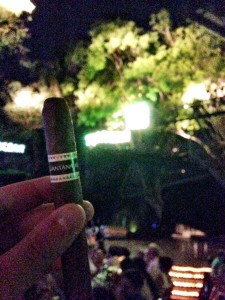WV Road Trip Part I: The Greenbrier
We had a family reunion and grounds (not a typo) breaking ceremony to attend in WV. Since that’s a fairly long trip for LB, we decided to break it up a little. On the way down, we’d stop at The Greenbrier. On the way back, we’d see Lemuel in Hinton.
- My Happy Place
- Cheers
- LB in her first Greenbrier outfit
- PawPaw – Granddaughter piano lesson
- Boozy milkshakes before chicken and waffles
- Fly Fishing Lesson
- This is my biggest, FJ caught a 17 incher
- Dressed for dinner in the main dining room
- 1808 Julep…Maybe they read my julep post…
- Peaches and cream
- Dancing
- snuggles
- nightcap
- The Sportsman, trout for breakfast
Warning: count(): Parameter must be an array or an object that implements Countable in /home/bonviv6/public_html/wp-includes/class-wp-comment-query.php on line 405
Warning: count(): Parameter must be an array or an object that implements Countable in /home/bonviv6/public_html/wp-includes/class-wp-comment-query.php on line 405
no comments yet
Karamu and Liming defined (All night long). Off for a weekend of loafing/foononing/liming, End of summer playlist
So the other day, I had the tv on, and this commercial was playing:
I can’t speak to the product (though it doesn’t look good), but the video is a fine piece of marketing. What really peaked my interest was a lyric of which I was unfamiliar, “Karamu.” Since I didn’t know its spelling, I googled the lyrics, found it, and then headed to wikipedia. As it turns out, Karamu is most likely the feast of feasts that is part of Kwanzaa. That mystery solved, and then turned my attention to another lyric I was unfamiliar with: liming. As it turns out, liming is another word for what my people call loafing (can you detect a pejorative aspect to this term used by no nonsense mountain people?), and what in college, Diddle and I fondly called foononing. Liming is not just relaxing or socializing though, there are some parameters:
The Basics:
The concept of liming encompasses any leisure activity entailing the sharing of food and drink, the exchange of tall stories, jokes and anecdotes etc., provided the activity has no explicit purpose beyond itself.
A Deeper Cut:
The etymology of the word liming is obscure. It is a Trinidadian word, probably of recent origin since English has been a popular language in Trinidad for less than a century. It means, roughly, “hanging around” – but as we shall see, there is no exact linguistic or cultural equivalent to liming in the cultural contexts with which most of us are familiar.
The concept of liming encompasses any leisure activity entailing the sharing of food and drink, the exchange of tall stories, jokes and anecdotes etc., provided the activity has no explicit purpose beyond itself. As such, it may seem as though liming occurs in most societies. But whereas idling and inactivity are frequently seen unequivocally as shameful and slightly immoral kinds of social situations, liming is in Trinidad acknowledged as a form of performing art; it is a kind of activity one wouldn’t hesitate to indulge in proudly. In liming contexts, verbal improvisation, ingenuity and straightforward aimlessness are highly regarded, provided one follows the rules, which, however, are nearly all implicit. For my own part, it took me a great deal of time and effort to learn how to lime; many of my Trinidadian acquaintances would doubtless be of the opinion that I never really mastered it, despite a large number of determined attempts.
Liming is, in other words, an activity not subjected to a formal set of rules. Its value to the participants is entirely contingent on the shared meaning that can be established spontaneously. A typical lime begins when two or several acquaintances (neighbours, colleagues, relatives or simply friends) meet more or less by chance; in the street, at the grocer’s, outside somebody’s home, or in the rumshop. For it is impossible to lime alone: liming is inherently a social activity; it is constituted by the (minimally) dyadic relationship and cannot be reduced to the individual agent. A second necessary condition for a lime is the presence of an ambience of relaxation and leisure. Both (or all) limers should relax physically (recline in chairs, lean against walls etc.) in a manner enabling them to converse at their ease. Thirdly, the situation should assume an air of openness: a lime is in principle open to others who might want to join. Liming is, in other words, a social and public activity.
The term liming is nowadays used locally for almost any kind of unspecified leisure activity; in this analysis, I opt to restrict it conceptually to the kind of contexts outlined. Groups of people meeting in each others’ living-rooms are therefore not true limers unless the context allows for the intrusion of gatecrashers.
Its my opinion, and as far as Americans go, I am an expert limer. I certainly take my liming very seriously. However, and unfortunately for Americans, it seems that an essential part of liming is providing the opportunity for passers-by, whom you probably know (at least have seen around) in a small community, to join the festivities. In college, I lived in the party house (unofficial frat house), and we were the liming headquarters 24 hours a day. But now, in modern American suburbia, nobody just stops by. Not even when invited. Busy are busy and keep to themselves. Might as well be New York City (though hopefully this will change as the neighborhood gets younger, I get older, and I make friends with my kids’ parents). Its definitely not like Mayberry (though I do think of Falls Church City as the Mayberry to Mount Pilot’s DC). I do still get to enjoy some real liming on occasion. For instance, we always have a pig roast in the fall in the Northern Neck, and neighbors from all over hear the music, smell the hog, and just come down. I’m going to think on how I can increase my opportunities to lime, as its definitely something in which I believe.
Now that I’ve inspired you to lime, how about an end of summer playlist that may get the neighbors in a festive mood, and want to join you for a drink this weekend:
by rsiv with
Warning: count(): Parameter must be an array or an object that implements Countable in /home/bonviv6/public_html/wp-includes/class-wp-comment-query.php on line 405
Warning: count(): Parameter must be an array or an object that implements Countable in /home/bonviv6/public_html/wp-includes/class-wp-comment-query.php on line 405
no comments yet
The Inn At Little Washington, Babymoon Part II
Our next adventure came sooner than you might have thought. We decided to break up the drive back from The Greenbrier with a stay at The Inn At Little Washington.
If The Greenbrier was the milkshake of the babymoon, the Inn at Little Washington was the cherry. That metaphor might work for the aspect of time, but how can one sum up such an amazing and complex experience in one small aspect of a metaphor? After a beautiful drive though the country, we checked in. We were given an amazing suite.
There were many nice touches, and even a personalized note from the chef. After being thoroughly wowed, we dressed for tea.
Under normal circumstances, “best tea ever” might sound absurd, but we had just come from The Greenbrier.
After tea, we had a private tour of the inn and grounds. Chris was very informative and passionate. You could tell he loved the inn, and enjoyed telling its story. Not only did Chris give a good tour, he made sure we were having an amazing time throughout our stay.
After the tour (if you go, definitely enjoy the tour), we dressed for dinner. Before we were seated, I was given a boutonniere. After looking around the restaurant, I figured out that the boutonnieres are a subtle and classy way of making guests of the inn easily identifiable.
I won’t go into detail about the courses, but needless to say, dinner was superlative, and easily the best meal I have ever had. The marriage of hot and cold foie gras with sauternes gelee and spiced local peaches paired with a glass of Sauternes may have been my favorite, but the veal sweetbreads and lamb were also exquisite.
Best. Meal. Ever. For dessert, I ordered a glass of Madeira, but since they were out, they offered me a glass of Graham’s 40 year tawny port. It was incredible, and I even made it last until we had a cigar on our balcony. This might have been at least partially due to our exceptional sommelier, Jess, who’s hand was as heavy as his descriptions were vivid and enticing. When we were finished with our dessert, Chris offered to give us a tour of the kitchen. As you’ll see below, we were able to meet Chef O’Connell! He was very gracious and very funny.
After I’d finished my port, and my Trinidad Robusto T, it was time for bed. I’ve never had all my senses so overwhelmed. Its really impossible to put the experience into words. Fortunately, the experience had not yet come to an end. Breakfast was shockingly good the next morning. The wife had a parfait, and I had eggs benedict. Each of the four juices we were able to sample were amazing.
When we finished eating, we took a walk around the grounds. Its crazy how lucky we got with the weather all week. We also seemed to be right on time all week. At The Greenbrier, we were on time for tea, meal, etc., and at The Inn, we arrived just before tea, then were right on time for the tour, which concluded in time for us to get dressed and make our reservation. When we got to the garden, Jenna (The Inn’s farmer in residence), gave us a wonderful impromptu tour. Again, perfect timing.
Below, you can see our balcony, which was right above the kitchen.
The Inn had really lived up to its expectations. I can’t wait for our next milestone, so we can come back.
by rsiv withWarning: count(): Parameter must be an array or an object that implements Countable in /home/bonviv6/public_html/wp-includes/class-wp-comment-query.php on line 405
Warning: count(): Parameter must be an array or an object that implements Countable in /home/bonviv6/public_html/wp-includes/class-wp-comment-query.php on line 405
no comments yet
The Greenbrier, Babymoon, Falconry, Fly Fishing
My wife’s company provides a stipend for employees to enjoy a babymoon (like a honeymoon but for expectant parents). Friday morning, we put the top down and headed to West by God Virginia. It was a beautiful sunny ride down, and since the drive was about 4 hours, I almost got too much color. We chose The Greenbrier because we hadn’t been in seven years, and its America’s great resort. Its absolutely beautiful, luxurious, delicious, comforting, and full of adventure (as you’ll see below). It really is a special place.
We enjoyed the decor, got settled, and then hit the pool for a late lunch and some mountain sunshine.
For dinner, we went to Draper’s. I went with some amazing chicken and waffles and the wife had a pot pie. Everything, including the service, was excellent.
This was our first trip to The Greenbrier since they added the casino. I was a little skeptical when I heard about the addition, but it was well done and enjoyable. After my first proper julep (though The Greenbrier insists on serving their julep with a full length plastic straw – they could at least cut it to proper length), we saddled up to the craps table. We just about doubled our money and decided to celebrate with some Blanton’s and a cigar.
We’d only been at The Greenbrier for ten hours, but we’d already had a great time. We couldn’t wait for more pool time, falconry, fly fishing, food, and more fun.
Day two started with Southern Eggs Benedict with fried green tomatoes and Virginia ham.
My wife and I have talked about trying out the sport of kings for a while. Since my wife can’t shoot, ride horses, etc., due to her pregnancy, we finally had a great reason to check it out.
The scale that the hawk is perched on was one of the most interesting parts of the demonstration. Only hungry birds will hunt, so their weight has to be monitored. We also found out that a Harris’ Hawk can be trained in only about 8 weeks.
Falconry consists of the handler walking around, trying to scare up prey, while the hawk perches above and watches. Hunting with larger birds can involved separate handlers and flushers.
When the hawk makes a kill, it shields its spoils and is very possessive. Its important for the handler to quickly offer meat to the hawk in order to get possession of the kill.
We had a great time and learned a lot about falconry. My favorite was the owl. Apparently, an owl could help me with my feral cat problem at home… The falcon definitely looked the coolest. After Falconry, we relaxed at the pool until tea time. This flowah was wiltin’, so I opted for iced tea.
After tea, we changed for dinner. It was great that The Greenbrier provided a garment brush since my shoes picked up a bunch of fuzz on the trip down. This was the night of our dinner in the main dining room, so we put on our best, took some pictures, and enjoyed some libations.
I’m surprised my wife didn’t get a dress code reminder card for wearing camo:
At dinner, I opted for a julep rather than a glass of fine. Then I ordered some lamb, which unbeknownst to me, came with mint jelly. It actually paired pretty well. The live jazz was also an unexpected but welcome accompaniment.
After dinner, we lost the previous night’s winnings and then some in record time at the craps table. With the table cold and it still early, we grabbed our kindles, poured some blanton’s, and picked out a cigar. The porch below provided an excellent location to enjoy the evening. It had cooled off, and was beautiful out.
The fountain below used to be outside of a restaurant at The Greenbrier that no longer exists. My family did a 12 course tasting menu with wine pairings there once. It was the first time my future wife and mother got tipsy around each other. It reminded us of that great time we had and we were glad its still there.
Day Three started with a Dorothy Draper omelet (Virginia ham, green peppers, shiitake, American cheese). We had a leisurely morning in the hotel, and then went down to the outfitters’ for our excursion.
Another activity we’d been wanting to try, and that pregnant women can do is fly fishing. Our instructor, Demian, taught us the basics of roll casting, and then quickly got us on a picturesque stream. It was a little colder than usual, rain was coming in, and it was overcast. It wasn’t the best season for fly fishing, but the conditions weren’t bad at all. It couldn’t have been more than fifteen minutes before I landed a fish. I was able to keep good tension on the barbless hook by stripping the line, and after a short fight, I netted my first fish on the fly ever. Just a short while after that, my wife hooked up. Demian was over with me still, and after setting the hook, she yelled, “Fish on!!!” Demian laughed, and hustled over to give her a hand. A few hours later, we’d caught 14 fish between us. I credit Demian’s teaching abilities and skill at his passion. HB initially struggled with keeping the rod bent and tension on the line, but he was able to show her how to successfully bring in a fish (and she landed plenty). He was quick to switch out flys that were not hitting, and deftly handled any snags we caused while figuring out the cast. We really can’t thank Demian enough (though the last thing I need is another expensive hobby).
I have a friend that offered to teach me fly fishing if I taught him sporting clays. Now that I know the basics and have landed a fish, I might have to take him up on his offer. The weather had held out, so we changed for dinner and went out to our sitting spot. I’d finished the book I brought, The Paris Wife, and decided to start on A Moveable Feast (to get both sides of the story).
I thought the picture above was an interesting juxtaposition of old and new. Not unlike The Greenbrier itself.
We’d had such a pleasant dinner at Draper’s we almost went back. Instead, we decided to give Cafe Carleton a try. My wife did the prix fixe option, and I order a charcuterie plate. Both were very good, as was the wine flight: No one expects the Spanish Libation. The food was spectacular, and our waitress, Jennifer W was a lot of fun and made great recommendations. After a decadent meal we played the rest of our comp’d slots and then played a few hands of roulette. Nothing hit, but I optimistically reflected that I’d rather be lucky on the trout stream than in the casino.
We ending the night by participating in an old Greenbrier tradition. I won’t explain it, as the text in the picture below should do so better than I could.
We decided not to mess with success, and went back to Draper’s for our last breakfast at The Greenbrier. I had the Springtime omelet: jumbo lump crab, asparagus, and brie. Our waitress on our last day was not rude, but was not particularly chipper either. Everyone has off days. However, our first waiter, Adrienne came over to greet us. He has noticed that we’d been there three days in a row. He was very friendly, and at least on that day, was a beacon of cheerfulness in a sea of frowns. Adrienne truly improved the quality of our stay.
Later that morning, my wife went to the spa for a prenatal massage and I took my kindle and coffee down to the pool. An elderly lady (lets say at least 75) was swimming lap after lap, and inspired me to swim a few. I got a little winded, but lets blame that on all the booze the night before.
After a short walk, we packed up and checked out. At reception I heard a gentleman say that he had been since the 4th of July and was staying until Labor Day. I was more than a little jealous. HB and I took one last look, and headed off to our next adventure. I don’t know how soon, but I know the three of us will be back.
by rsiv withWarning: count(): Parameter must be an array or an object that implements Countable in /home/bonviv6/public_html/wp-includes/class-wp-comment-query.php on line 405
Warning: count(): Parameter must be an array or an object that implements Countable in /home/bonviv6/public_html/wp-includes/class-wp-comment-query.php on line 405
no comments yet
Mint Julep Mega-Post!!! Recipes, Reference, How to videos, and Resources
- Perfect
- But better shared
I’ve long been a bourbon guy. I’ve also been a mint julep guy for quite some time. I can’t remember what exactly got me into either, but I can remember the first really good mint julep I ever had. I went to The Greenbrier many years ago and ordered a julep at the Lobby Bar. Despite The Greenbrier’s website showing a julep in a clear glass with citrus on its site and a plastic straw on another page, I recall getting a beautiful julep in a proper beaker. It was perfect or damn near anyway. There are so many reasons that its hard to get a good julep at a restaurant/bar, but I think the major obstacle is that establishments do not want to serve such a strong drink. The julep is from another time when people really drank and enjoyed the taste of hard liquor. Nowadays, most people seem to prefer that a drink have no taste of alcohol whatsoever and bars want to serve one ounce or 1.5 ounces of liquor per cocktail. I imagine its also costly to keep fresh mint on hand and employ bartenders that can craft a quality drink (as opposed to those that can only add vodka to redbull). If I’m at a bar thats not known for good cocktails, for say, a work happy hour, odds are I’ll order a bourbon or scotch neat. Not because I don’t want a cocktail, but because I doubt the bartenders’ ability to make a good one in a reasonable amount of time. Fortunately for me I live near Washington DC where there are plenty of excellent bartenders, and even bars with julep history. Here is the problem: If you want someone’s interpretation of a classic, by all means, enjoy a julep at any upscale bar. DC has plenty. If you find yourself north of the Mason-Dixon, Nick Nicholls (formerly of Berlin, MD) at Forest Hills Station House can serve you their interpretation from the menu, or a historically authentic julep made to order. So if you truly want the real deal you’ll probably have to make it for yourself (or have it made to your exact specifications).
So at this point, I imagine you’re wondering, “What is the correct/authentic mint julep recipe?” The answer is that it depends on the timeframe and your preferences. To truly understand the julep, and to become a champion of the julep, one must read, The Mint Julep by Richard Barksdale Harwell. In the aforementioned work, it is stated that one of the first recorded uses of the word julep in America was in 1787. It was said to contain rum, water, and sugar, and was drunk by a Virginian, in the morning. Recall that rum was quite popular in the Colonies at that time, and that whiskey did not become the most popular American spirit until quite a while later. In 1803, the julep was first described as having mint as an ingredient and this time, the spirit used was whiskey. Again, the context is a plantation in northern Virginia, and the julep is taken in the morning.
In the The Bon Vivant’s Companion (Jerry Thomas, 1862, source again is The Mint Julep by Harwell) a recipe for the Mint Julep is given, using Cognac, and a splash of Jamaica rum. Other recipes with various base spirits are given, but Cognac and Jamaica rum is given as the standard. Notice the published date (more on that later).
Elijah Craig is credited with first aging whiskey in charred barrels. This is said to have happened at his distillery, built 1789, and before his death, in 1808. By 1793, “Old Whiskey” was a term used in advertisements, and by 1814, the actual number of years the whiskey had been aged was advertised. That said, straight off the still ‘white dog’ whiskey is what predominated (Bourbon, Straight. Cowdery). Even though charred barrel aging was starting to be used, the modern practice of using brand new charred oak barrels once (and only once), would not become a standard practice until much later. 1849 is the first time whiskey is described as being red in color (Bourbon, Straight. Cowdery). At this time, whiskey was very very rarely sold in bottles. Distillers sold white whiskey to wholesalers, who then might, “rectify” it, by charcoal filtering, adding fruit, redistilling it, or some other process to improve the flavor. There were no laws about labeling, so if you could make whiskey look dark, and you could sell it as aged whiskey (Bourbon, Straight. Cowdery). After the bottled in bond act of 1897, and the invention of a bottle making machine in 1903, bottled whiskey, and guaranteed aged whiskey, would become more common. Once can experiment with unaged whiskey in a julep, but I’d wager you’re unlikely to love the result.
So now that you know a little more about the spirits that are often used as the base for the julep, lets talk about when/why one should use each.
If you want a colonial/antebellum mint julep, one that a Virginia statesman such as many of our founding father’s would have enjoyed, I suggest Madeira, Cognac, brandy, or rum. It would also be authentic to use claret (red Bordeaux) or unaged whiskey, but again, I don’t think you’ll enjoy a white dog julep, and a claret julep does not have the strength of the other options. Madeira was the preference of many of the more wealthy planters, but at around 20% alcohol or 40 proof, it is not quite as strong as a hard liquor. My suggestion is to use Cognac or brandy, but feel free to substitute any of the above options in my recipe below. I also like to add some rum for a little something extra.
Colonial / Antebellum Mint Julep
Add roughly 10 mint leaves (preferably Kentucky Colonel) to a metal beaker (Julep cup) and bruise lightly to bring out their aroma. Fill beaker with crushed ice. Add sorghum syrup (or equal parts sugar and water, heated to create a syrup) to taste. I suggest roughly a quarter ounce of syrup. Add Cognac to the beaker until almost full. Add a dash of rum to the beaker, preferably Jamaica rum. Mix with a spoon. Top with more crushed ice. Garish with a sprig of fresh mint, and serve with a metal straw that just crests the rim of the beaker.
Despite the knowledge I’ve tried to impart, I can imagine that many of you cannot accept a Mint Julep without whiskey. Fortunately, my next two recipes do include whiskey. Recall that white whiskey was a drink of the common man. In the The Mint Julep by Harwell, there is an account of a wealthy Virginia planter drinking a Mint Julep made of whiskey, but this was during the Civil War when good liquor may have been hard to come by. In the reconstruction era, many southern families fell on hard times. It is likely they drank white whiskey in their Juleps. I do not suggest that you do the same (at least not regularly), but I will provide the following recipe:
The Reconstruction Era Mint Julep.
Add roughly 10 mint leaves (preferably Kentucky Colonel) to a metal beaker (assuming the Yankees didn’t loot your family silver, and you haven’t had to sell your valuables to a carpet bagger) and bruise lightly to bring out their aroma. Fill beaker with crushed ice. Add sorghum syrup (or equal parts sugar and water, heated to create a syrup) to taste. I suggest roughly a quarter ounce of syrup. Add white whiskey to the beaker until almost full. Mix with a spoon. Top with more crushed ice. Garish with a sprig of fresh mint, and serve with a metal straw that just crests the rim of the beaker.
In the early 1900s, brown liquor was starting to become more common. Unfortunately, prohibition would change that. Moonshine was plentiful and white whiskey remained the king. So to enjoy a modern mint julep, one must wait until post-prohibition when the medicinal bourbon distilleries got back to capacity, and new distilleries opened to meet demand.
The Modern / Post-Prohibition Mint Julep
Add roughly 10 mint leaves (preferably Kentucky Colonel) to a metal beaker and bruise lightly to bring out their aroma. Fill beaker with crushed ice. Add simple syrup (equal parts sugar and water, heated to create a syrup) to taste. I suggest roughly a quarter ounce of syrup. Add bourbon to the beaker until almost full. Mix with a spoon. Top with more crushed ice. Garish with a sprig of fresh mint and sprinkle the mint with powered sugar. Serve with a metal straw that just crests the rim of the beaker.
Have you ever heard that its blasphemy to mix good bourbon? Well… thats a good rule, but like all rules there are exceptions, and rules are made to be broken. I like to use what I consider to be middle-quality bourbon in my juleps. My overall suggestion to you is to use Elmer T Lee. ETL is really more of a top shelf bourbon at a middle price level (as of the writing of this post), making it a great value. It also has a lot of sweetness, which works well in a julep. If you prefer to use bottom shelf/value bourbon, for Kentuckians, I suggest Very Old Barton. Its easy to find and about the best value on the shelf. For Virginians, I suggest Virginia Gentleman. If you’re from somewhere else, you can probably still find one, if not both of these options. If you prefer top shelf bourbon in your julep, I bet you already know what you want to use.
If you haven’t already, notice that The Greenbrier’s mint julep recipe is quite similar to the Modern recipe I’ve provided. The Greenbrier succeeds in making a quality modern julep, but I think they have a luxury of budget, and a tradition of history, that no establishments can match. Others can and do put out a quality julep, but it is rare. This is especially true since many high quality bars like to put their own spin on a julep. There is certainly nothing wrong with that, but this post is about history and the classics.
I’d like to take a quick aside and talk about my copper julep cup. I bought these after seeing an article about them in Garden and Gun. They’re beautiful, but also significantly larger. Copper is not traditional, but I highly recommend them (especially in addition to a more traditional set).
Making a great mint julep is fairly easy to learn, but difficult to master. So how and why does the julep get ruined in restaurants? They use the following recipe:
The Post-Modern Mint Julep
Take the fundamentals of the mint julep as provided above. Then consider mass appeal and profit.
Examples include serving in a glass with a plastic straw, adding soda water, using granulated sugar, using the wrong type of mint, the list goes on. If you have to add fruit, at least choose a fruit that grows in the south, in America. Strawberry or peach are examples of authentic additions. Let me briefly clarify my comment about granulated sugar. It can be used to make simple syrup. It should not be stirred into water or bourbon as it does not completely incorporate. If you are too lazy to make simple syrup (which when made most simply, involves pouring equal parts water and sugar into a pyrex container/mug and microwaving for about a minute) then at least seek out superfine sugar, which dissolves much more quickly than granulated sugar. Lets look at a real world example of a Post-Modern Julep:
Branch water is not I-talian sparkling water. They used lemon, but not a beaker. “Southern style.” I’ve had this julep and it is enjoyable, but given this bar’s heritage, I expect better. One could ask for no sparkling water, and no lemon, but it would still be served in a glass.
Now, my gift to you, lets watch a true master craft a julep the way God intended:
This master and champion of the julep discussed the seasonality of the julep, gave us a history lesson and a physics lesson, and recited a poem, all while teaching us the art of the mint julep. I have never seen such an informed and passionate barman. Truly an inspiration.
Post Bonus: An interview with, and an article about, Chris McMillian, the bartender featured above.
If you’re looking for more recipes, The Mint Julep by Richard Barksdale Harwell has a wealth of detailed poetic instructions and rituals. As you can hopefully tell, as a Virginian, and bourbon connoisseur, I take my mint juleps seriously. I hope I’ve gathered and presented information on this quintessential American cocktail in an entertaining, interesting, and informative way. My goal was to create the most comprehensive and subjectively superior blog post on the julep to date. Its my sincere hope that you procure a julep cup, julep straw, Kentucky Colonel mint (spearmint from the grocery store or your garden will do in a pinch), and use this post to make yourself a truly great julep.
When the mint is in the liquor and its fragrance on the glass
It breathes a recollection that can never, never pass–
When the South was in the glory of a never-ending June
The strings were on the banjo and the fiddle was in tune,
And we reveled in the plenty that we thought could never pass
And lingered at the julep in the ever-brimming glass.
— Clarence Ousley
If you need some supplies:
Julep Cups (I suggest silver-plated (my preference) or pewter, assuming your budget/inheritance doesn’t include silver. Figure out what size/volume you want. My copper cups have a 12 oz capacity. I would estimate that my silver plate cups have an 8-10 oz capacity.)
Julep Straws (You want the straw to come to just above the rim on the cup, so that one can enjoy the fragrance of the mint while sipping. Steel straws can be cut with a dremel tool, with a metal cutting disk. I use a copper tube cutter for my copper straws, which are really just lengths of tube I cut down to size.)
Kentucky Colonel Mint (my local herb place didn’t have any of the colonel this year, so I ordered it online. Mine shipped from Richmond, so at least a Virginian got my money.)
Nugget Ice Machine Just like sonic or cook out. One of my least favorite parts of making a mint julep is finding my lewis bag and mallet. This takes a lot of the work (but perhaps some of the soul) out of making a julep. I love mine. For better or worse, it definitely has me making more juleps.
by rsiv withWarning: count(): Parameter must be an array or an object that implements Countable in /home/bonviv6/public_html/wp-includes/class-wp-comment-query.php on line 405
Warning: count(): Parameter must be an array or an object that implements Countable in /home/bonviv6/public_html/wp-includes/class-wp-comment-query.php on line 405
no comments yet
Cuba, A&K P2P, Post #10
This is the 10th and final post of a 10 part series on my adventure in Cuba. I’ve provided navigation below so you can read it in chronological order, as opposed to reverse order, if thats your preference. Thanks for reading! Leave a comment or shoot me an email if you’re so inclined.
Cuba Trip Navigation (scroll down for day 10 content) (Suggested reading method, open each post in a new tab, start the playlist provided in day 1, light a cigar, pour some rum, enjoy):
Day 1
http://bonvivantva.com/?p=1912 (intro, flight, children’s theater company, Cayo de Santa Maria, wow)
Day 2
http://bonvivantva.com/?p=1964 (print shop, Proyecto de Arte Por la Costa, sugar museum, steam train, bicitaxi, beach)
Day 3
http://bonvivantva.com/?p=2170 (Baseball, senior center, danzon compeititon, Havana, Vistamar paladar)
Day 4
http://bonvivantva.com/?p=2300 (foreign services presentation, Muraleando neighborhood community project, architectural walking tour, Casa de Africa, mojito and salsa lesson)
Day 5
http://bonvivantva.com/?p=2451 (cigar factory, tobacco farm, jazz club)
Day 6
http://bonvivantva.com/?p=2694 (Las Terrazas, Dinner at Fuster’s house)
Day 7
http://bonvivantva.com/?p=2997 (Hospital, Finca La Vigia (Ernest Hemingway’s home in Cuba), Tropicana revue show)
Day 8
http://bonvivantva.com/?p=3155 (cemetery, Almacenes de San José, Sloppy Joe’s, Yank Tanks, Hotel Nacional, Jazz Club)
Day 9
http://bonvivantva.com/?p=3366 (cigars, flight to Miami, Little Havana)
Day 10
http://bonvivantva.com/?p=3483 (flight home, souvenirs, wrap up)
If you’re planning a trip to Cuba, check out some more advice here, and here.
On day 10, we woke up in Miami, and flew home to DC.
On the decent, we saw some familiar sights, like the boathouse where I row. When we got home, we unpacked and looked at all the souvenirs we brought home. Despite only being able to bring home handicrafts, art, and music, we ended up with more this trip than just about any other.
Later, we brought the painting we’d bought as a thank you for my parents over to their house. They loved it.
Final thoughts? This was the trip of a lifetime. I can’t thank my parents enough. My wife did great there, and her being pregnant didn’t slow anyone down at all. I was very proud of her. A&K was great. Their guide, and our Cuban guide, were amazing. I really don’t believe we could have had better guides. The itinerary was exceptional, and even the parts I thought would just be OK were spectacular. I wouldn’t have changed a thing. I made a lot of new friends, and had experiences I’ll never forget. If you’re considering going on a Cuban P2P trip, go, and go now. If you’re thinking about going with A&K, I highly recommend them. I can’t wait to go back.
by rsiv withWarning: count(): Parameter must be an array or an object that implements Countable in /home/bonviv6/public_html/wp-includes/class-wp-comment-query.php on line 405
Warning: count(): Parameter must be an array or an object that implements Countable in /home/bonviv6/public_html/wp-includes/class-wp-comment-query.php on line 405
no comments yet
Cuba, A&K P2P, Post #9
We had an afternoon flight, so after a great breakfast, I hit the sauce and the stogies.
I was able to get my mom to try a puff of the Behike.
I started with another Mag 50, and read a little Hemingway. After I smoked it down to about the size of the Behike, I did a side by side comparison. I like both, but the draw and flavor of the Behike were significantly better than the H Upmann. I took the HU to about the band, and then hit the beach with the Behike and the HC 7.
With one R&J cigar left and two half-full bottles of rum, I ran out of time. I gave the bottles to our driver for the week, Havi, as well as a few cigars I had leftover (mostly Guantanameras from the Tropicana show). Then we headed to the Jose Marti Airport for the flight home.
I enjoyed one last cigar in the VIP lounge, and one last Cuba Libre. I reflected on the amazing time we had in Cuba, and hoped I’d be back soon. We said goodbye to the friends we’d made, and got on the plane.
Back at the Hilton in Miami, I found these at the gift shop. Its like they were adding insult to injury. However, our vacation was not yet over. My family has missed many international connections though Miami over the years, so we decided to spend a night in Miami to make sure we made our flight. After checking in, we took a taxi to Little Havana, and to a restaurant recommended by our first P2P speaker back on the first night in Miami.
A lot of other P2P trips do an excursion in Little Havana. Its too bad a lot of people on our trip didn’t get the opportunity, but we made the most of ours. After what my dad said was the best sandwich he’d ever had, he asked the owner of the restaurant about Cuba. The owner was Cuban-American, and had a candid talk with us about his thoughts. After dinner, we took a walk down Calle Ocho.
After our walk, we had some ice cream, and went back to the hotel to get some sleep.
by rsiv withWarning: count(): Parameter must be an array or an object that implements Countable in /home/bonviv6/public_html/wp-includes/class-wp-comment-query.php on line 405
Warning: count(): Parameter must be an array or an object that implements Countable in /home/bonviv6/public_html/wp-includes/class-wp-comment-query.php on line 405
no comments yet
Cuba, A&K P2P, Post #8
On the morning of day 8, we took a guided walk through the Colon Cemetery. We got to see the graves of some famous and important people, and we saw some Santería rituals. At one grave, people come to pray, some daily, leave an offering, and the back away from the gravesite, not turning their back on the dead.
Then we had a quick stop for pictures at the Plaza de la Revolución. There were some really cool cars parked nearby.
Then we visited the Callejon de Hamel, an alley that has become an art installation, created by Salvador Gonzalez. We learned a lot about Afro-Cuban religions, and toured Gonzalez’s residence.
Next we went to Almacenes de San José, a market where we did some shopping. I’m not usually a big shopper on vacation, but this was not your typical Chinese-made tchotkes emporium. It was mostly art and handicrafts, but with some junk mixed in. Our guide led us to a stand where they sell handmade humidors. These were super high quality cedar humidors with hydrometers and pinned joints, perfect alignment and fit. I bought myself one, and we got one for my uncle. I also bought a painting for my parents, and one for my office. I really wish we’d had more time here, as the value of these items was incredible, and the quality was outstanding. Notice in the second picture below, there was a red bull high dive competition going on nearby.
While we shopped and negotiated fair prices, I enjoyed an H Upmann Mag 50. It was a great cigar, but as for the particulars, I couldn’t really say. Having such a great cigar, in such a cool place was an overwhelming experience. I was also on a high after getting such a great humidor at such a reasonable price. Its something I’ll cherish forever. After shopping, we ate at Sloppy Joe’s. Earlier in the week when I was talking to my Canadian friends at LCDH, they recommended Sloppy Joe’s. Then they proceeded to describe what a sloppy joe actuallly is. When I told them that I had them as part of my school lunch program growing up, they made some cute quip about thats whats wrong with America. I diplomatically held my tongue.
After lunch, I asked for directions to the Bacardi building, and we walked over. Afterwards, we had some time to wander around Havana on our own. It was nice to get a little lost and take our time for once.
The Conde Villanueva is a hotel with a LCDH that was featured in the Cuban documentary by James Suckling that I watched before the trip. I got a few sticks there. We mostly just strolled around and took in the city. After a quick break at the hotel, we went back out for the night. We knew that something special was planned since it was our last full day in Cuba.
The yank tank ride from our hotel to the hotel Nacional was one of the best parts of the trip. I took a lot of video, and while posing for multiple pictures, ended up drinking a lot more of that Havana Club (the bottle was from the Tropicana show) than I sat out to consume. Our car had a keypad that played different notes on the horn. What an experience. After the ride, we got a tour of the historic Hotel Nacional.
The hotel was beautiful. One of the most interesting part of the tour was the response to a question about why we didn’t stay at the Hotel Nacional. Our guide told us that the Hotel Nacional has issues with power outtages, hot water, and the rooms are very small. Its very telling about our current culture that rooms used to be small, and public spaces grand, but now its the opposite. People are more private, and less social. While thats pretty much true of me, its sad, and I hope to change that about myself after thinking on it. Its also one of the cool parts about the A&K trip. Generally, one travels with family, and doesn’t meet many others. With A&K, you meet a lot of different people, but they’re all well traveled and interesting. You end up spending a lot of time with your fellow travelers. I really like that about our trip. Its something I usually don’t get to experience when I travel. After the tour, we were treated to a private concert.
The appetizers, mojitos, cigar, and music was incredible. I’m generally not a superlative person, but on this trip you really just couldn’t imagine how the next musicians could be better, but they were. My dad got up and danced with the performer who was visibly impressed by his dancing. I have a lot of video from this part of the trip I hope to put up soon. After a great time at the Hotel Nacional, we went to our farewell dinner.
We had another amazing dinner. After dinner, they brought out a box of cigars that looked to be someone’s personal collection. There was a huge variety. I went with a limited edition Punch. After dinner we went back to La Zorra Y el Cuervo, since we did not want the evening, or the trip to end. After we enjoyed both drinks included in our two drink minimum and I had smoked my cigar, we found a cab. After a quick negotiation, and about 10 minutes of mechanical tinkering, we were on the road headed back to the hotel.
Behike, Cuba Libre, Jazz. What a combo. There was a really good trumpeter at the club that night (which is why we didn’t check out the other popular jazz club). We were exhausted, but I’m so glad we went out. If you could only have one experience in Cuba to get the gist of what Cuba is all about, this would be it. An amazing cigar, a good rum drink, and some of the best musicians in the world jamming out. Another giant of a day, and one I’ll never forget. We headed home late, and I wondered how I’d ever have an experience like this again, and how I was going to drink all the rum and smoke all the cigars I still had with just a morning in Cuba left.
by rsiv withWarning: count(): Parameter must be an array or an object that implements Countable in /home/bonviv6/public_html/wp-includes/class-wp-comment-query.php on line 405
Warning: count(): Parameter must be an array or an object that implements Countable in /home/bonviv6/public_html/wp-includes/class-wp-comment-query.php on line 405
no comments yet
Cuba, A&K P2P, Post #7
I don’t have a picture of breakfast on day 7, but as you can imagine, it was delicious. After breakfast, we went downstairs to a conference room for a presentation and Q&A with a local physician. One of our fellow travelers asked about the motivation to become a doctor. In Cuba, doctors do get paid more than unskilled laborers, but the difference is not substantial. So why would someone work so hard in school to enjoy pay essentially equal to those who did not. The answer was twofold. First, many find medicine to be a calling, and its what they love to do. Also, its the family business for many, and they come from a long line of doctors. Second, many are banking on the embargo lifting, at which time, they expect Cuba to become a huge destination for medical tourism. Another factor that may be a motivation is that due to Cuba’s oil for doctors agreement with Venezuela, medicine creates an opportunity for travel that most Cubans do not have. After the presentation, we headed into the suburbs of Havana to hospital, the next tier up from the local community doctor in Cuba’s healthcare system.
The hospital was an interesting visit. Since they don’t have the privacy laws we do, we basically were led around the hospital while consultations and treatments were going on. We got to see checkups, physical therapy, etc. This particular hospital seemed pretty modern. My mom had been to Cuba previously with a medical conference, and she got to see many hospitals like this, so I guess they’re not uncommon.
After the hospital, we visited a daycare center. The center is for children who’s parents struggle with addiction, are imprisoned, etc. It was very much like a daycare center in the US, movies, crafts, snack time, nap time. The highlight for me was one of the kids who performed a fairly long and intricate Michael Jackson routine. We left some gifts and headed to lunch.
The meal at Divino was quite good, but the dessert was outstanding. The ice cream tasted like it was 50% fruit, and 50% ice cream. I’m not sure if I liked the coconut or pineapple better. The restaurant was owned by a couple. The Husband is Italian, and the wife Cuban. They had a large collection of Cuban nicknacks in their wine cellar.
After a great meal, and a fun look around in the cellar, we snapped a few pictures of some cars outside, and headed to Finca La Vigia, Ernest Hemingway’s home in Cuba were he wrote The Old Man and the Sea, and For Whom the Bell Tolls. The house is also featured in Island’s in the Stream.
I’m a huge Hemingway fan, so I loved this stop. As a hunter, traveler, avid reader, and on rare occasion, fisherman, I was drinking it all in. The house was fairly minimalist, despite being decorated with bullfighting posters, taxidermy, and book and magazines. It was clearly decorated and setup for a purpose. The decorations would remind Hemingway of his travels and happy times, while the furnishings were clearly for work. Literature and booze were everywhere, and there was very little else that could be considered a distraction. I’ve been to Malaga and Rhonda, Kenya and Tanzania, and I loved the Finca. The interior decorator on our trip asked if I was taking notes, and I definitely was. I wouldn’t want my primary residence too influenced by Finca La Vigia, but for a hunting lodge, etc, it would be perfect. The tower you see above was built by his wife for him to write in, but he hated it. The boat is the Pilar which he used to hunt uboats during WWII. The cemetery was for his dogs, which was interesting as he was more of a cat person. The pool is where Hemingways wife, and on occasion, Ava Gardner often skinny dipped. I’m about 60% through Island’s in the Stream, and Hemingway, and a beauty from the USO are in route to Finca La Vigia, so perhaps the pool will be in the book.
After Hemingway’s house, we went back to the hotel, and had some free time. My wife was feeling tired from the trip, and her pregnancy, so she took a nap. I headed down to the beach and found a hammock. After relaxing, we headed to dinner.
We had an amazing dinner. After dinner (and dessert), I was surprised with a birthday cake. What a way to celebrate your 30th. Despite being quite full, I ate a fair amount of cake as it was tres leches, and quite delectable. One couple on the trip had heard about the show at the Tropicana. Its a 50s style revue show with a lot of the original choreography from its heyday. We were offered cigars as we walked in, and given bottle service at the tables. The show was incredible.
The show was great. The cigars and drinks too. Most of our group took cigars, and since they did not smoke them, gave them to me, which meant I had way too many cigars for how many days we had left. I got to dance with a showgirl. The whole experience was unforgettable. This was not part of our itinerary, but what a show. We all had a great time, were exhausted, and pretty sleepy on the short ride home. I kept wonder how the next day could possibly live up to the previous. Cuba never failed to delight us.
by rsiv withWarning: count(): Parameter must be an array or an object that implements Countable in /home/bonviv6/public_html/wp-includes/class-wp-comment-query.php on line 405
Warning: count(): Parameter must be an array or an object that implements Countable in /home/bonviv6/public_html/wp-includes/class-wp-comment-query.php on line 405
no comments yet
